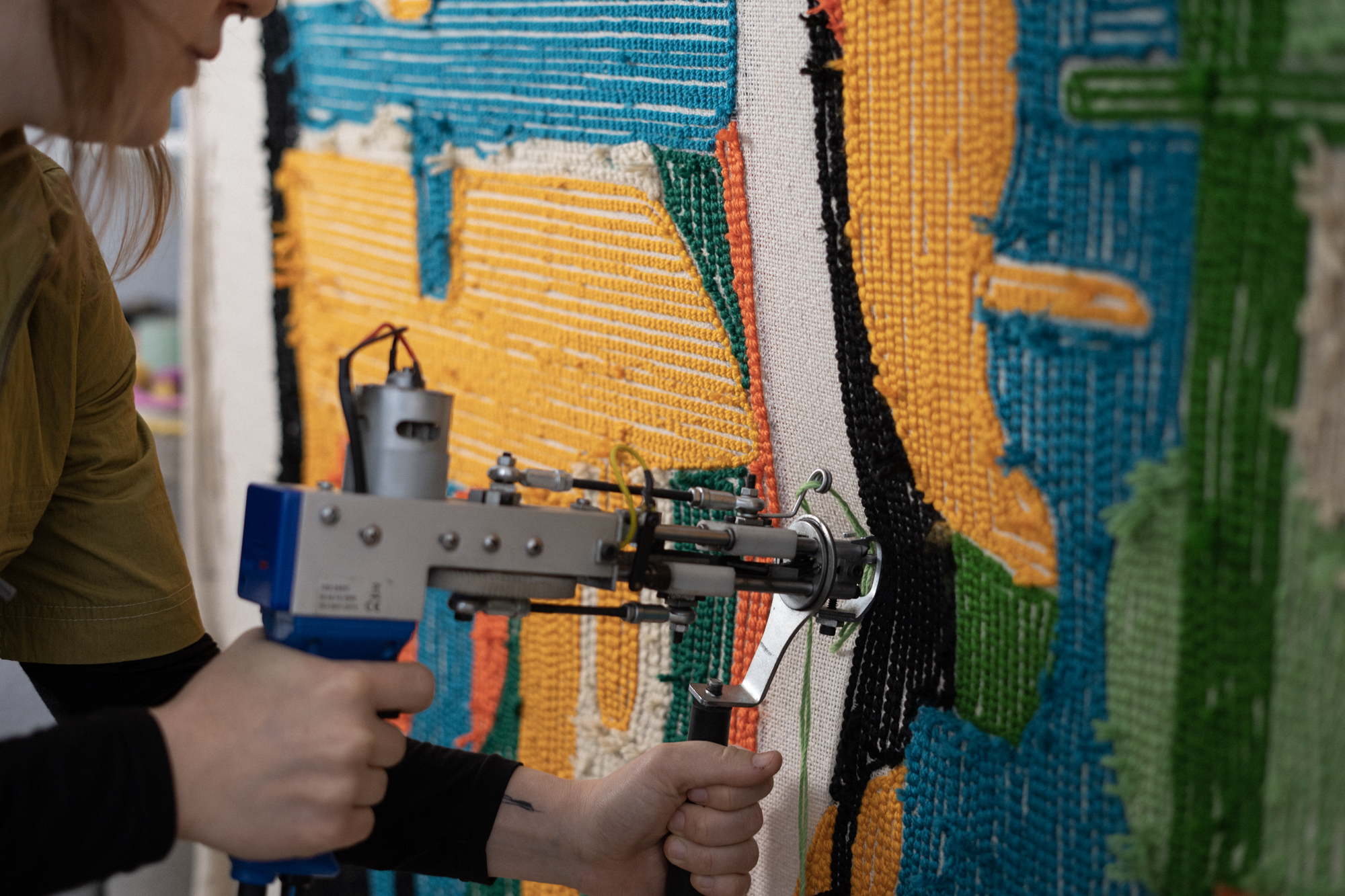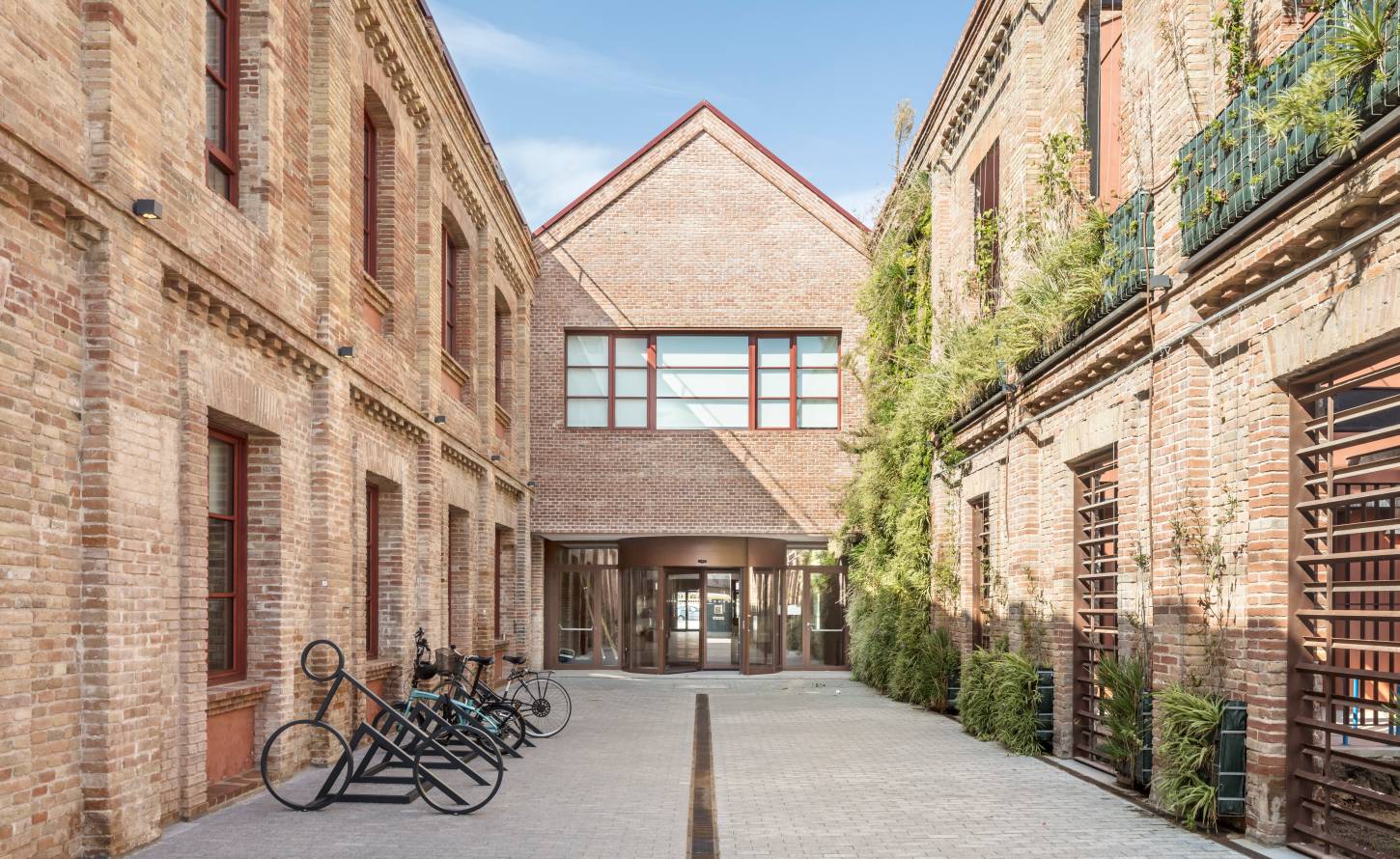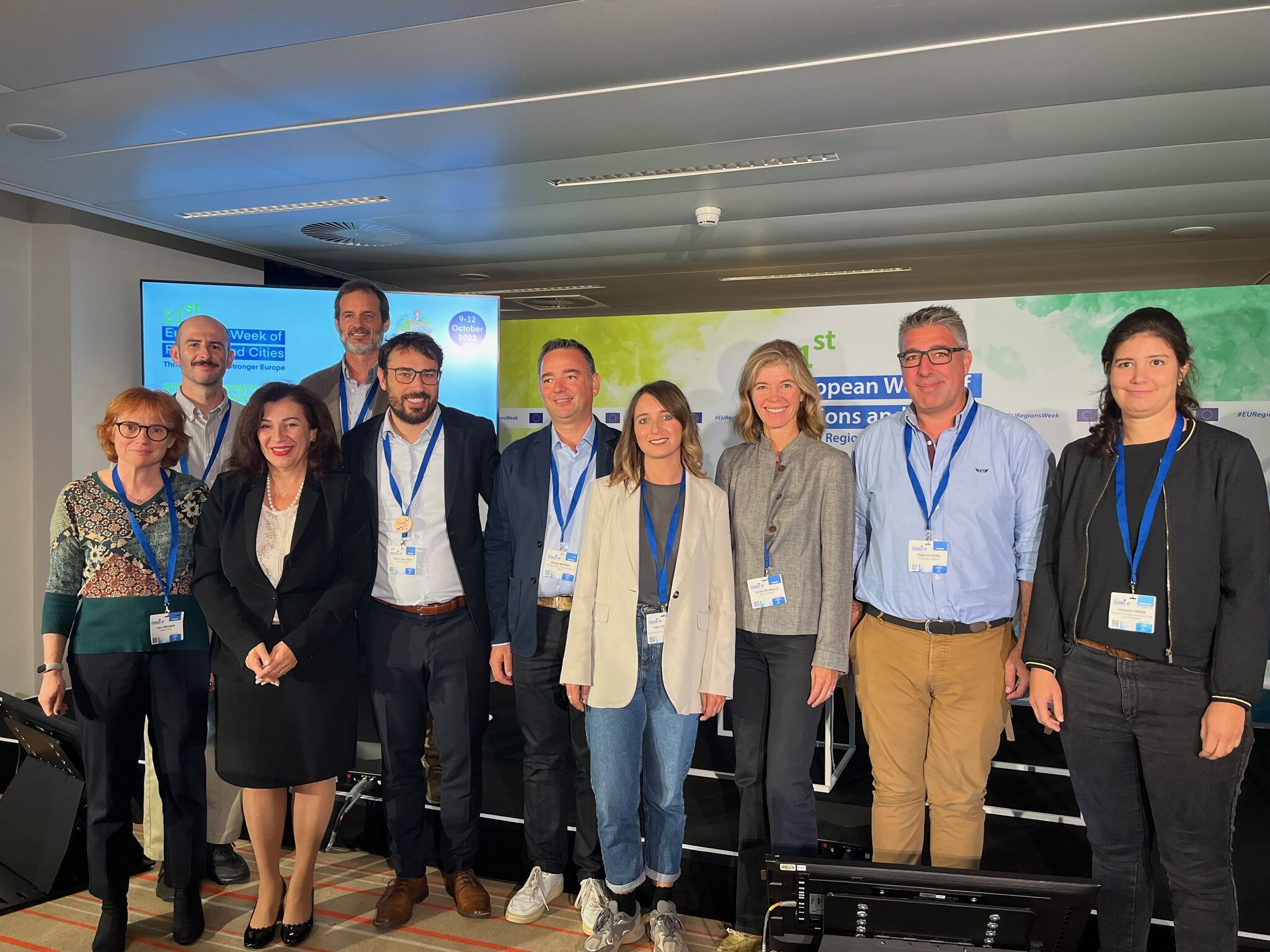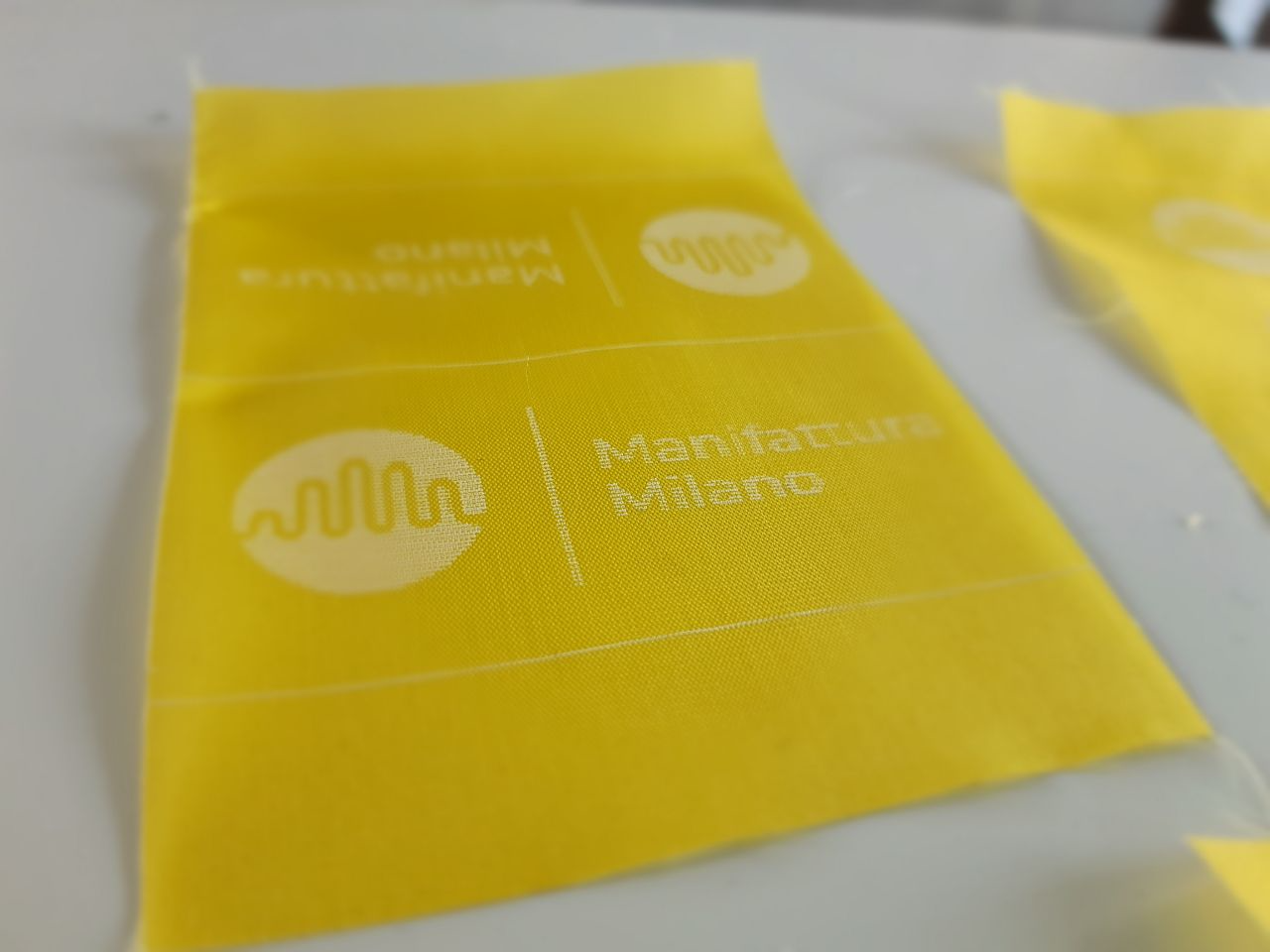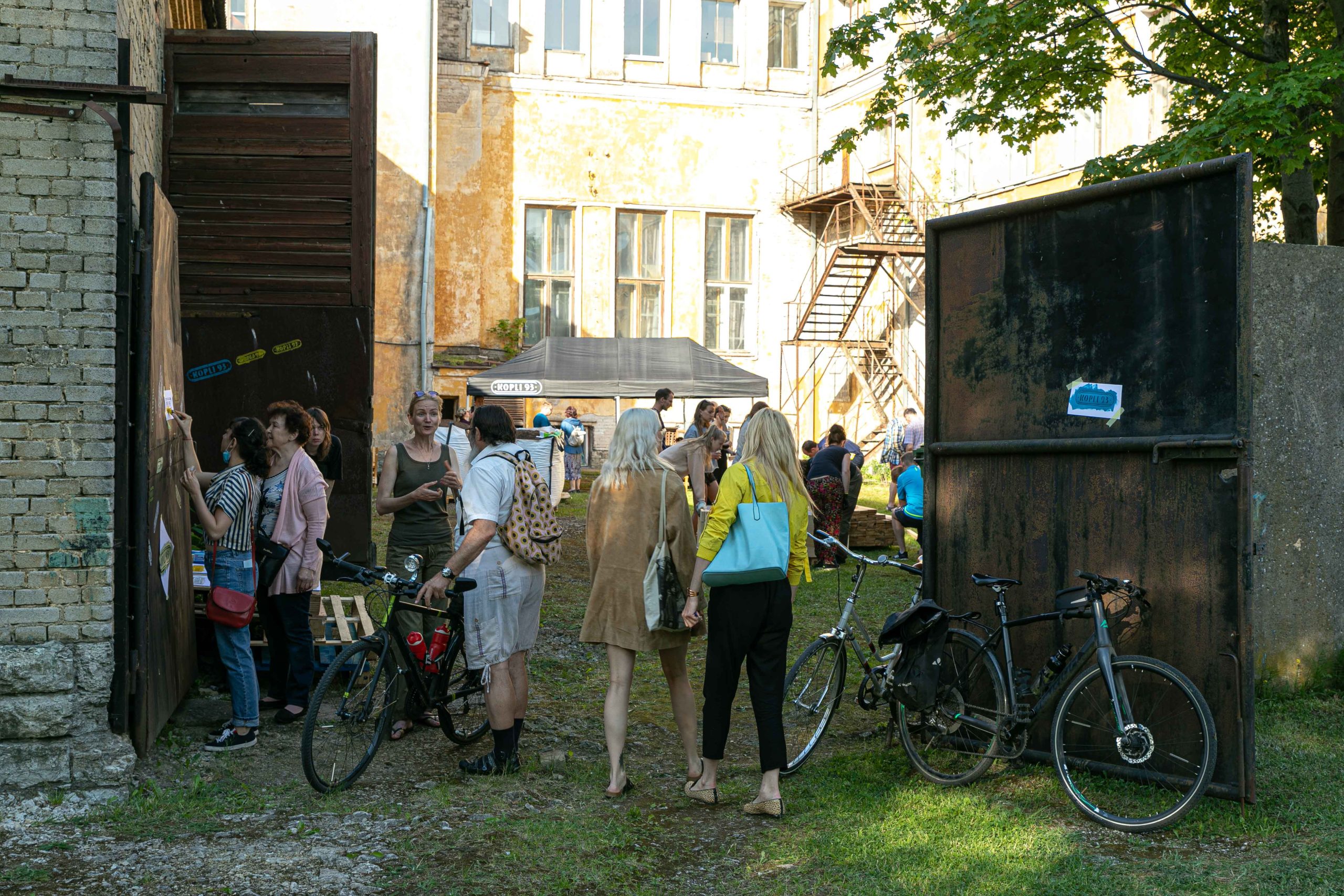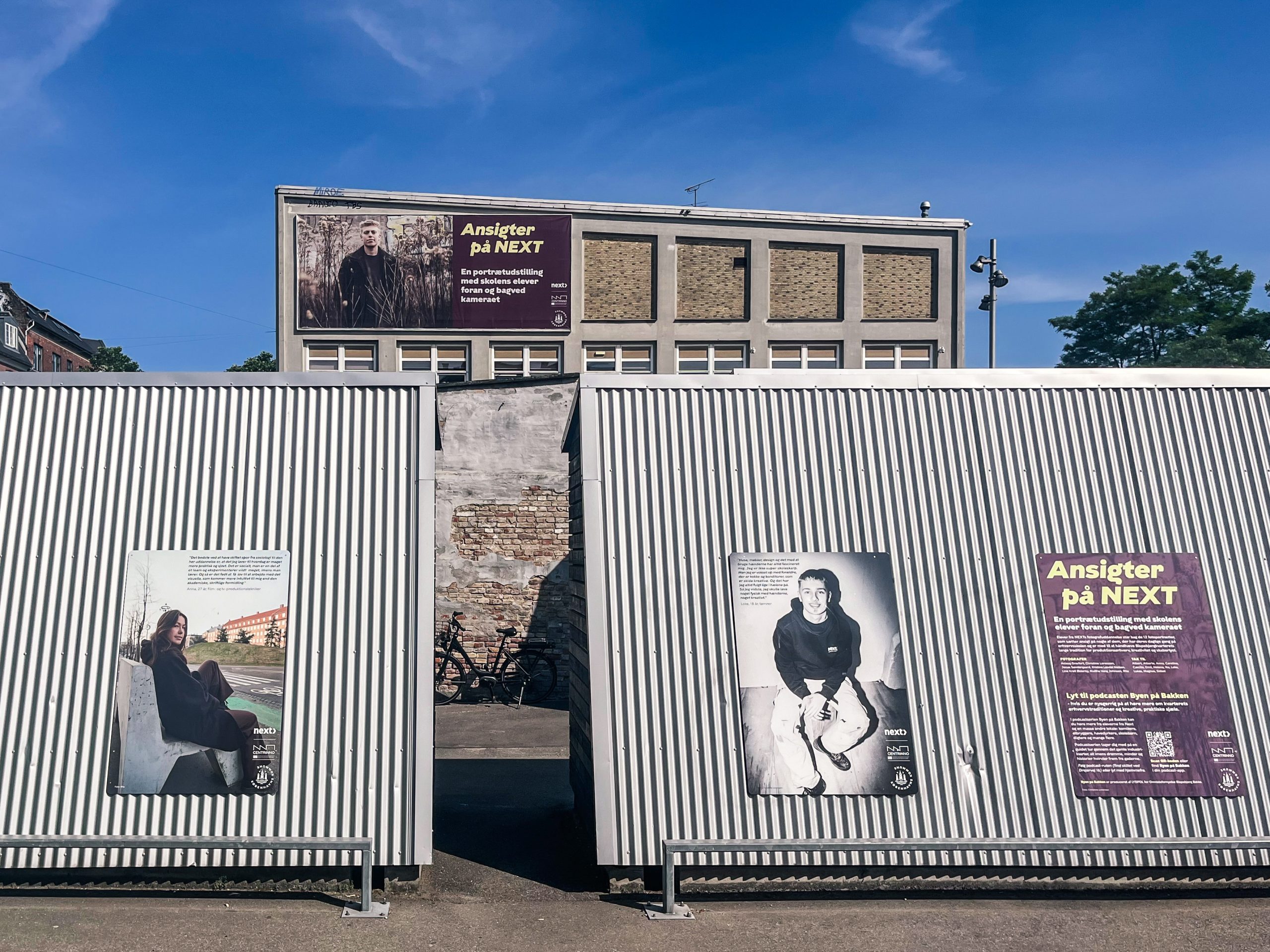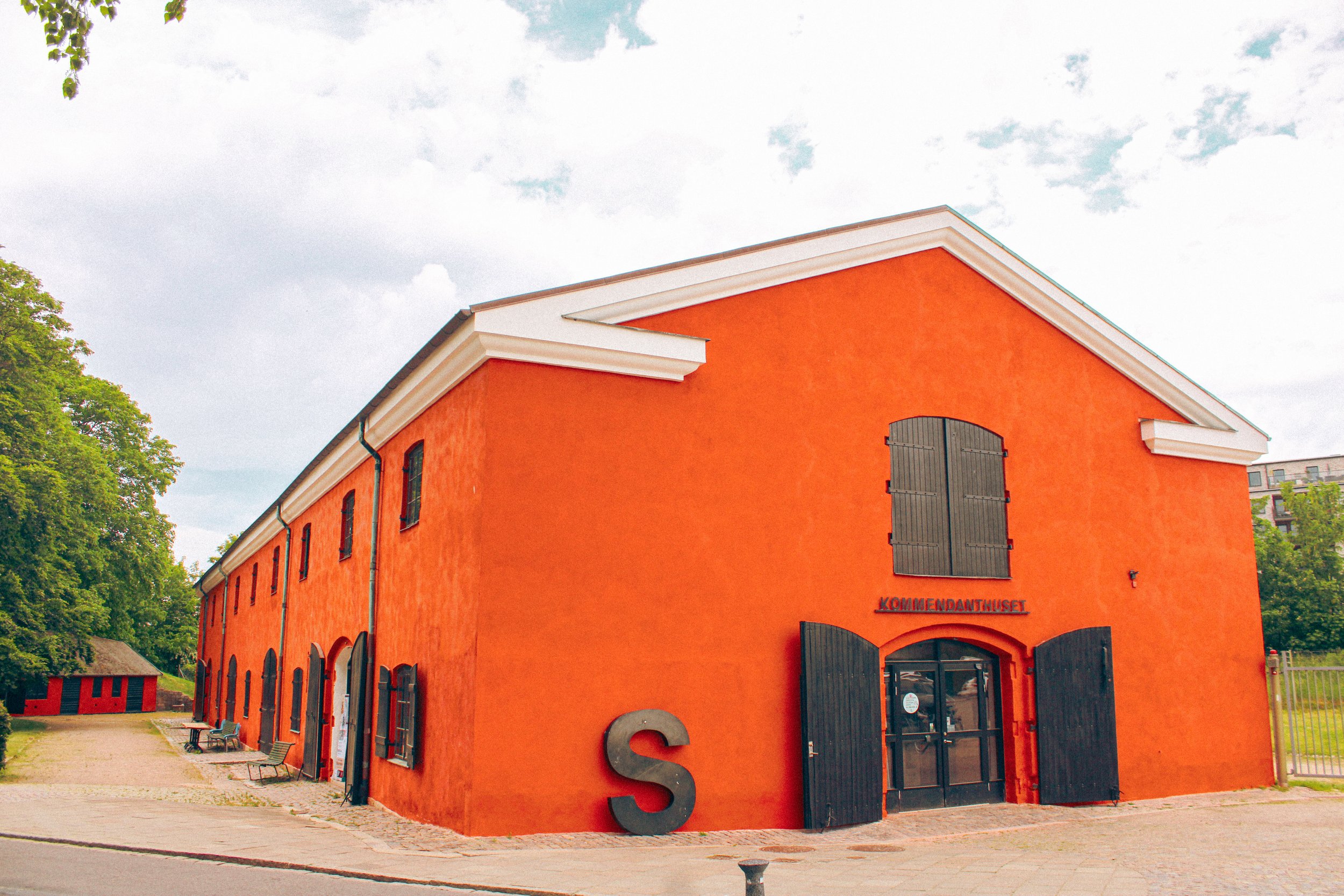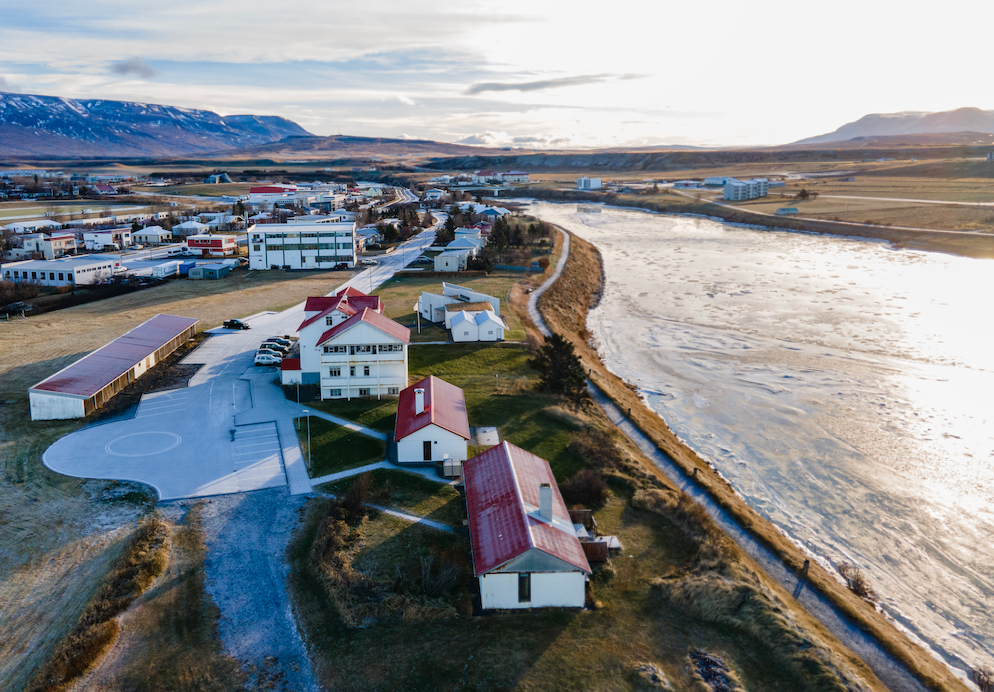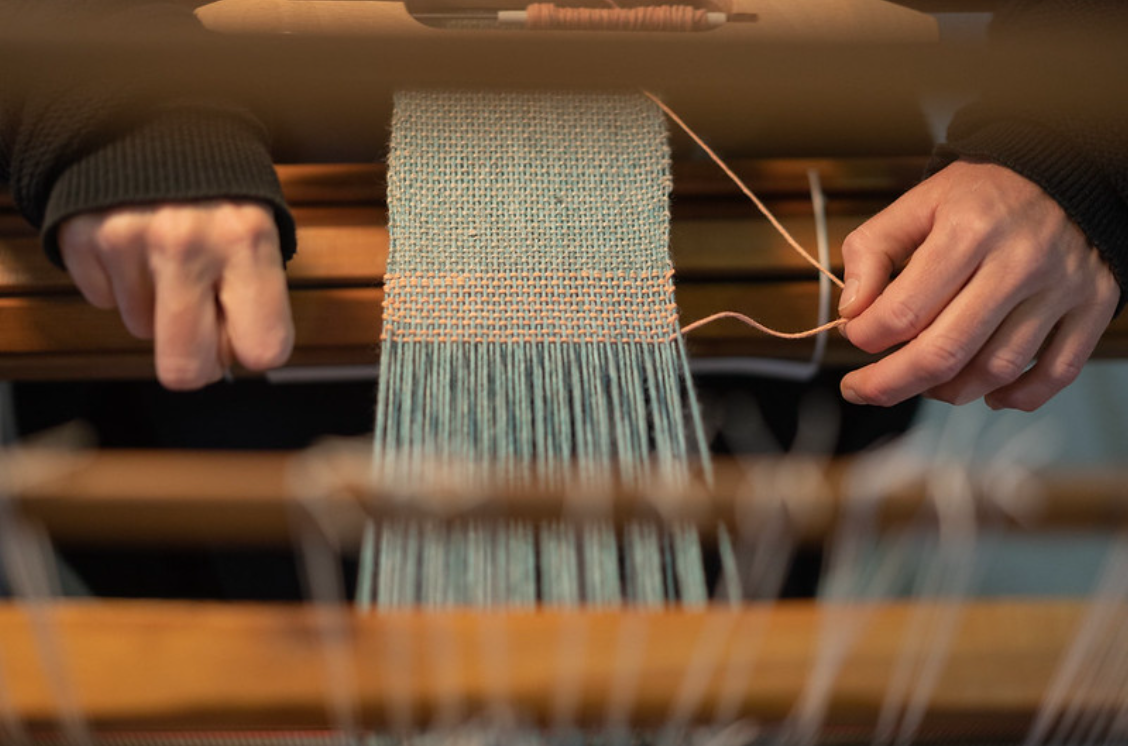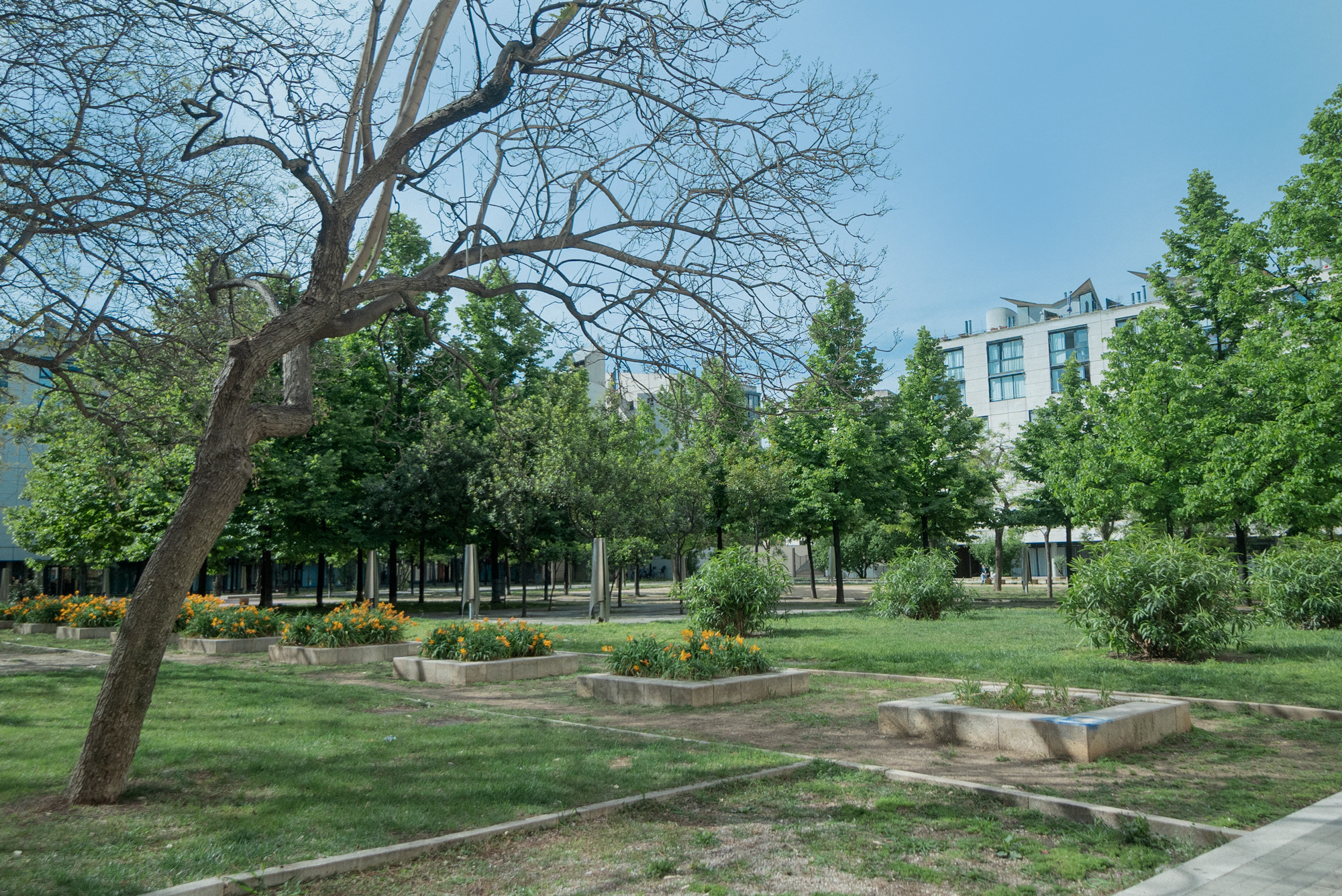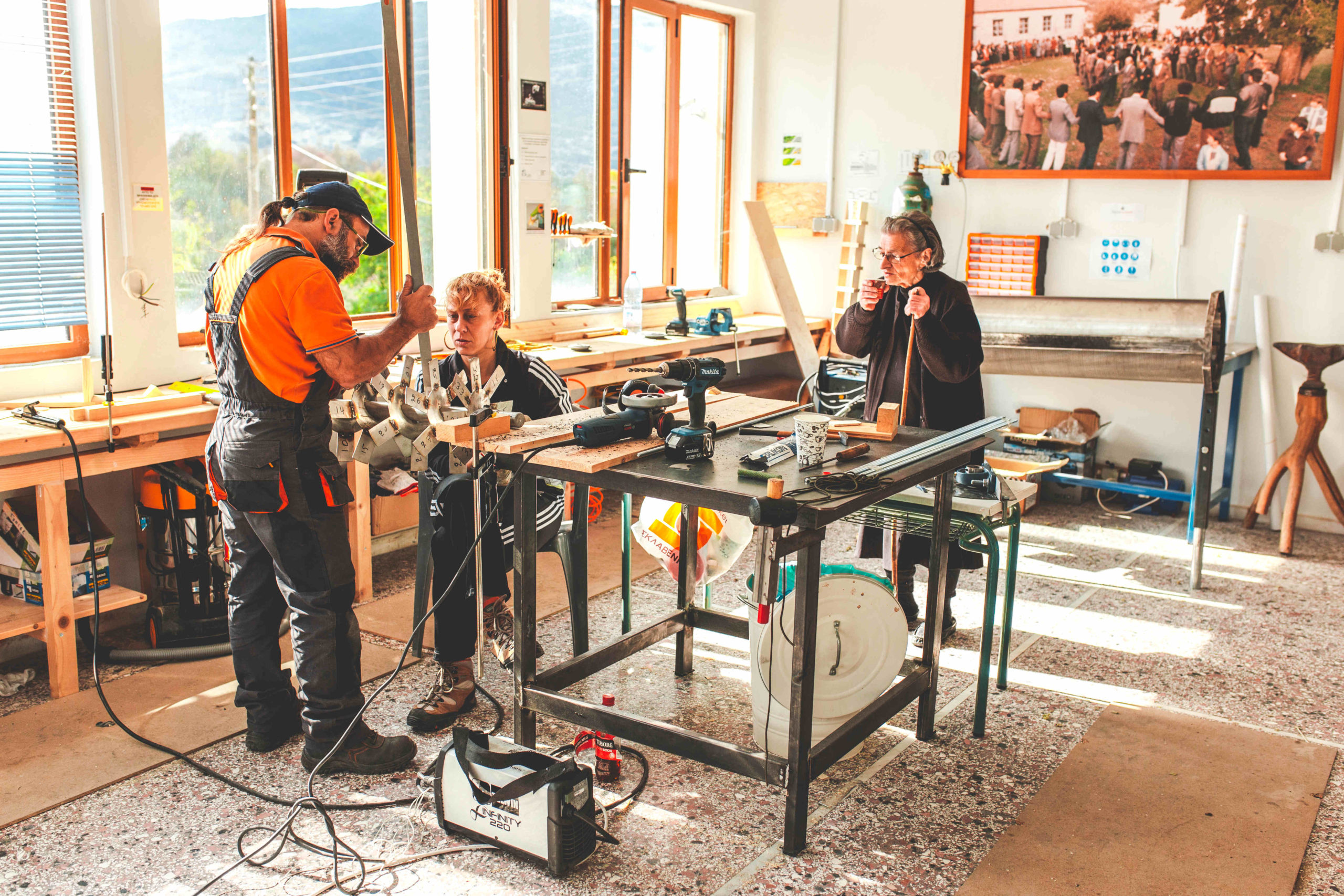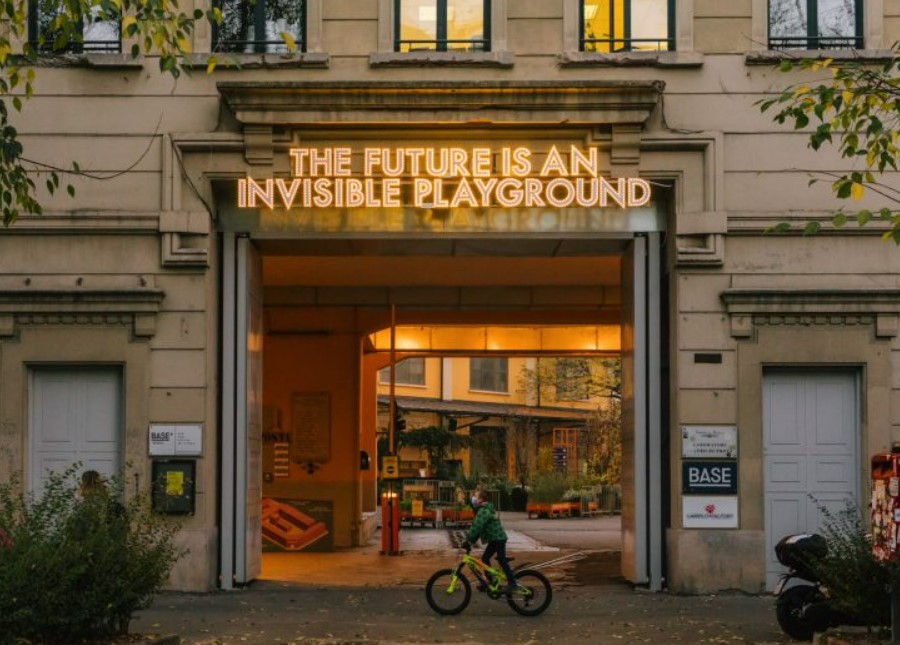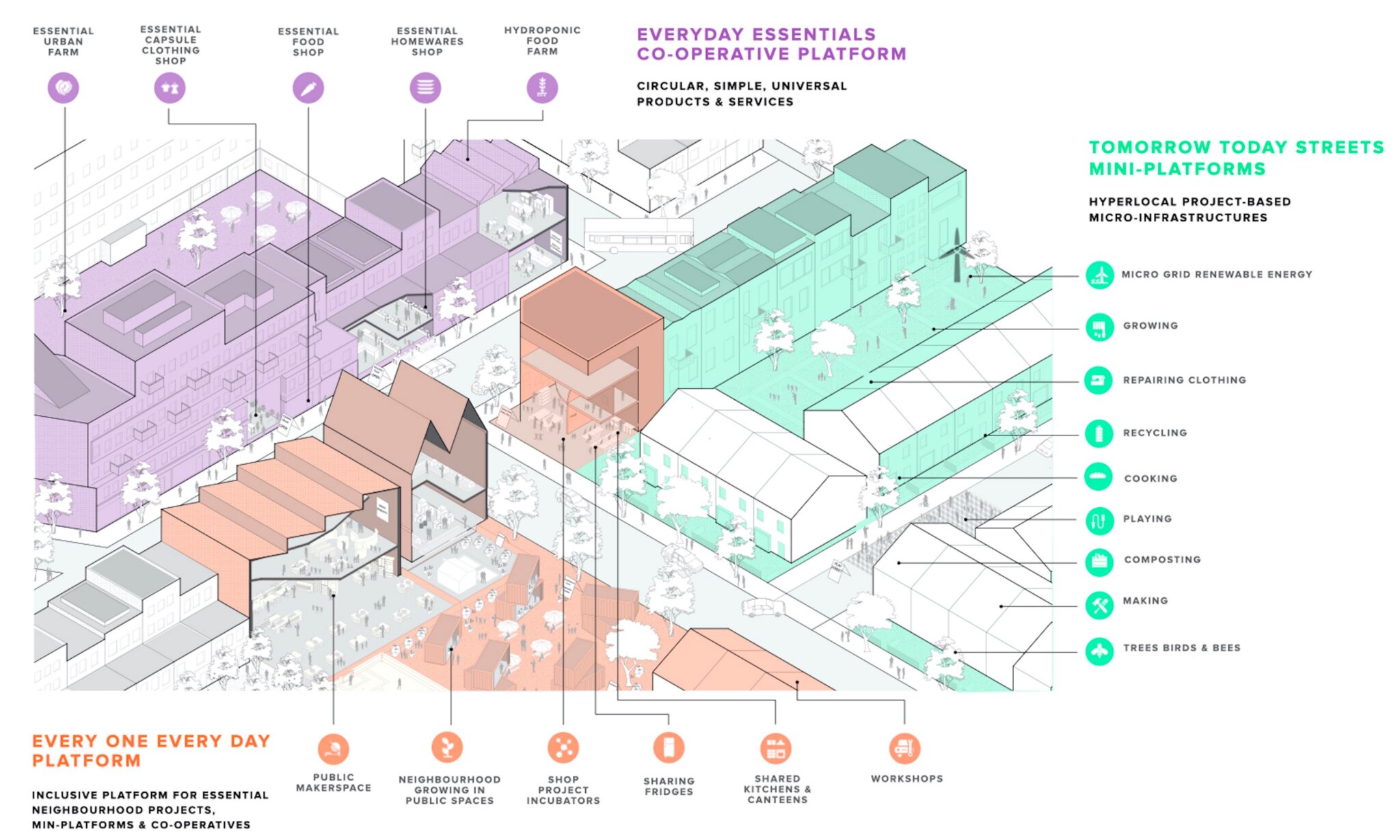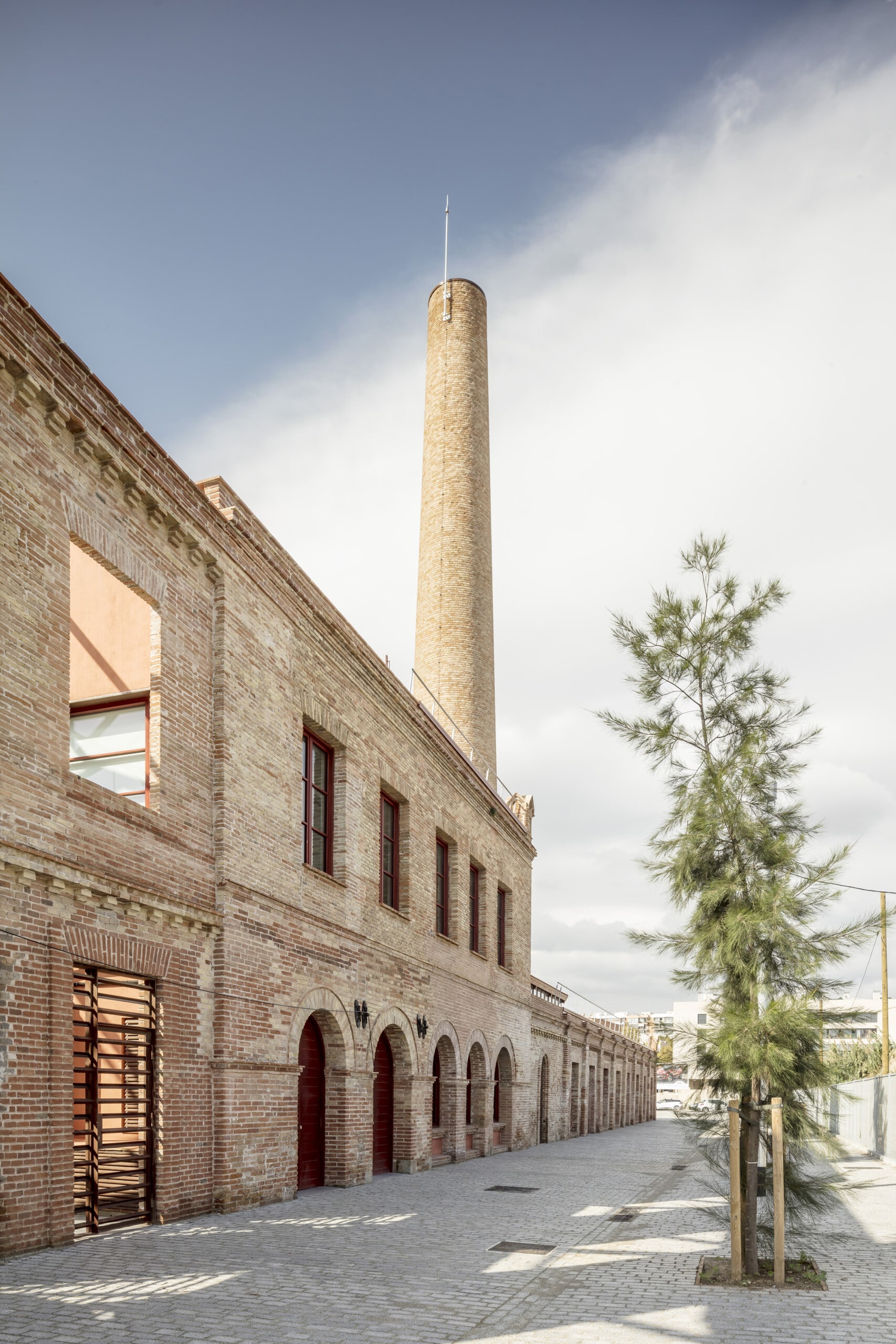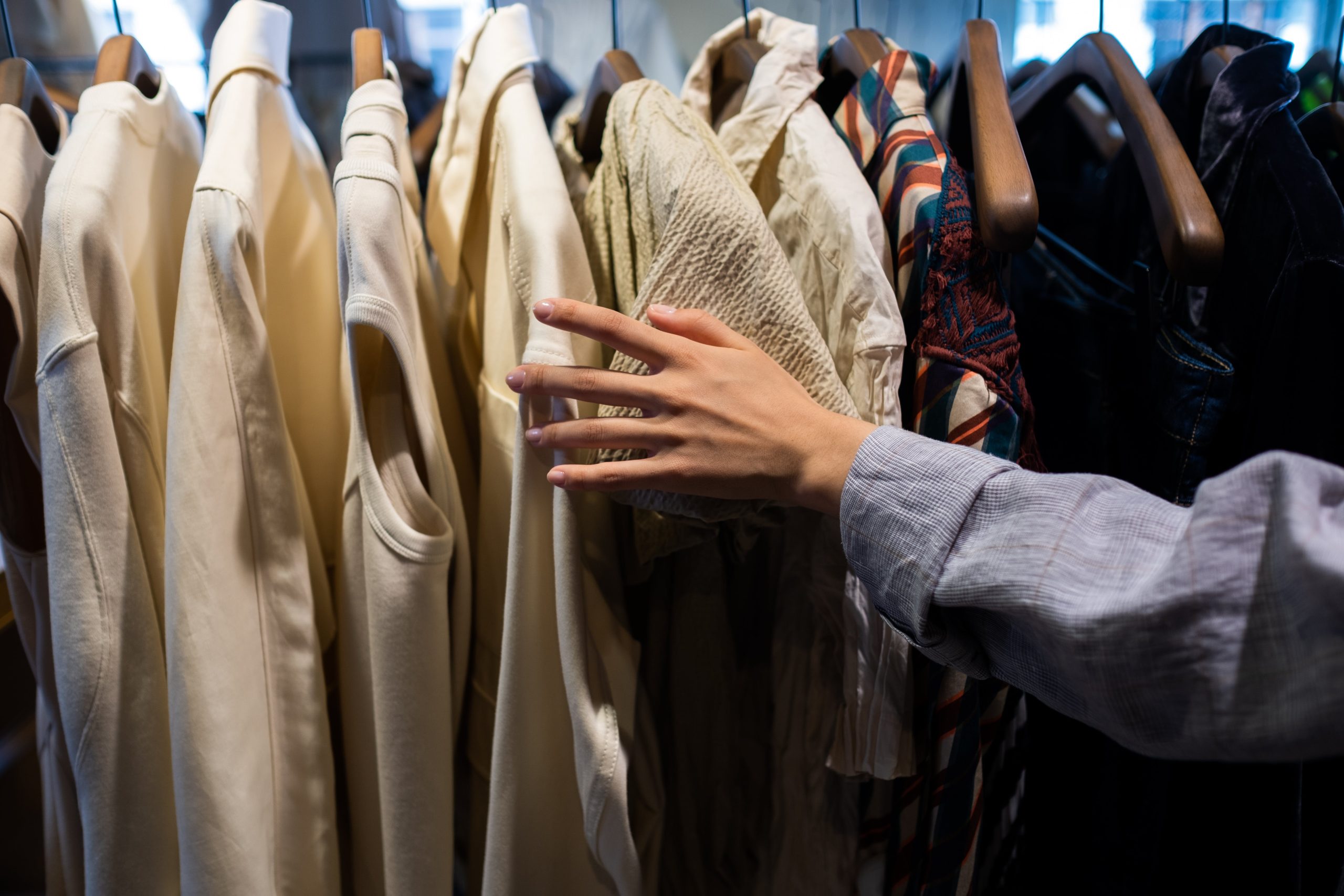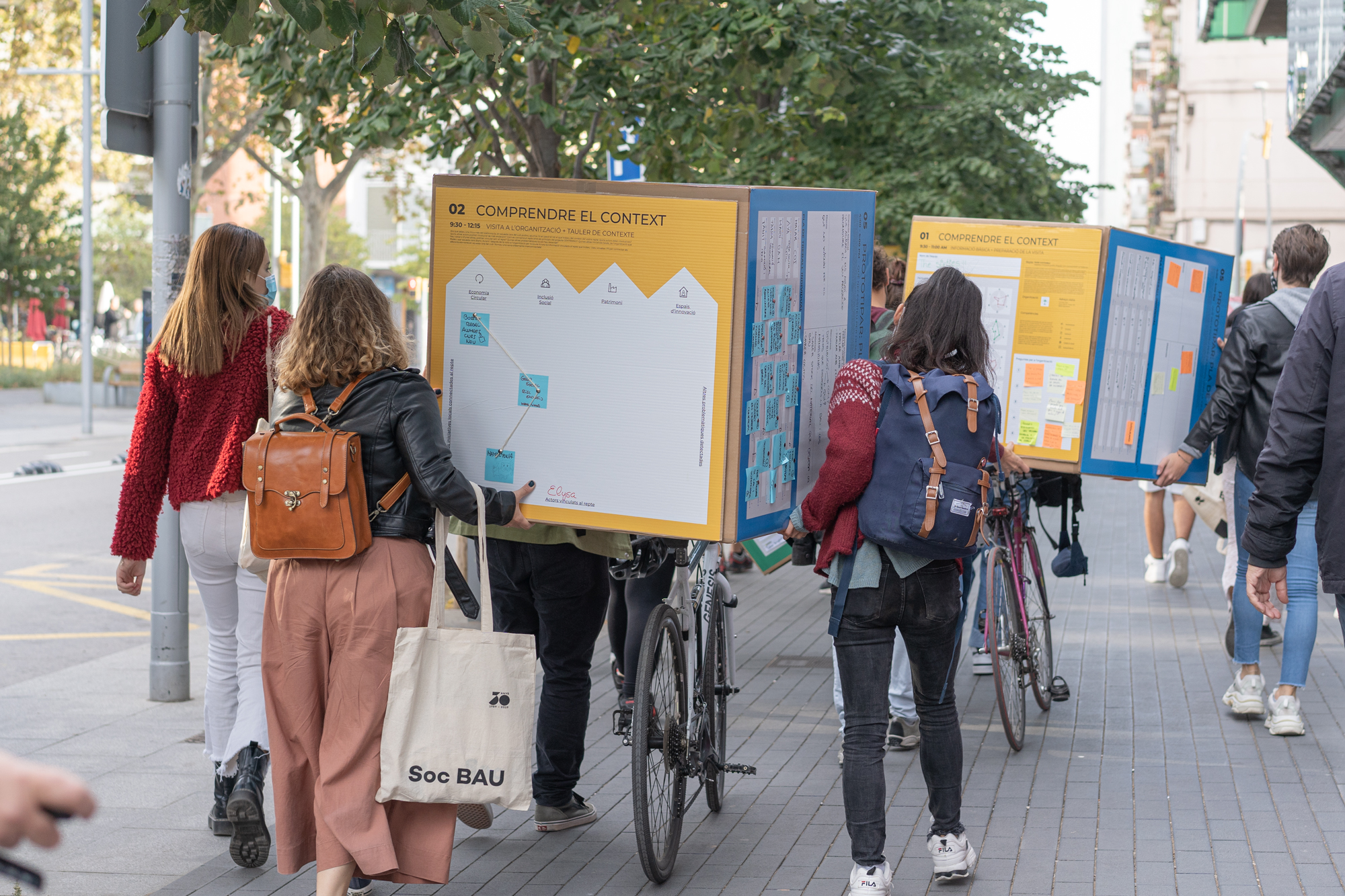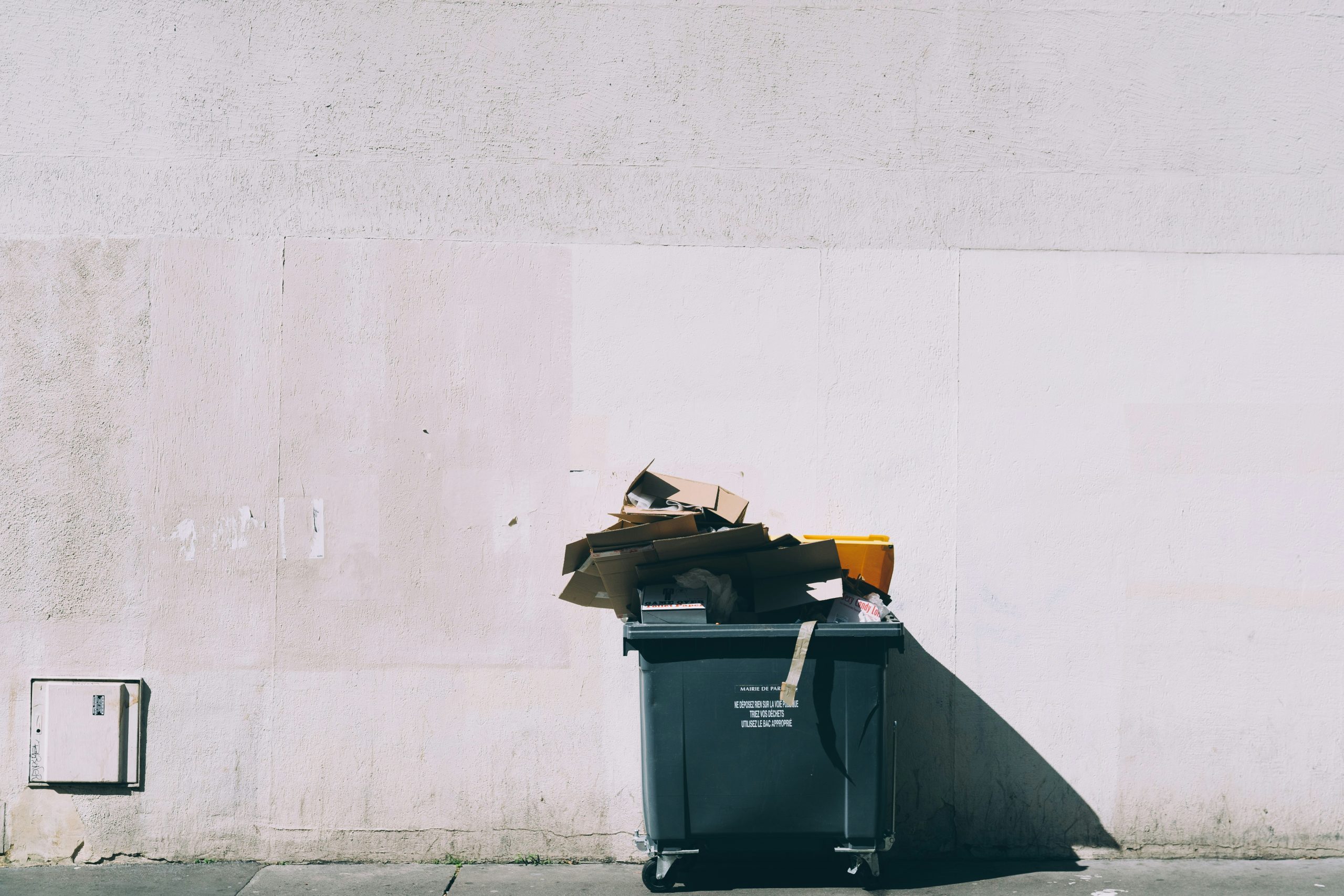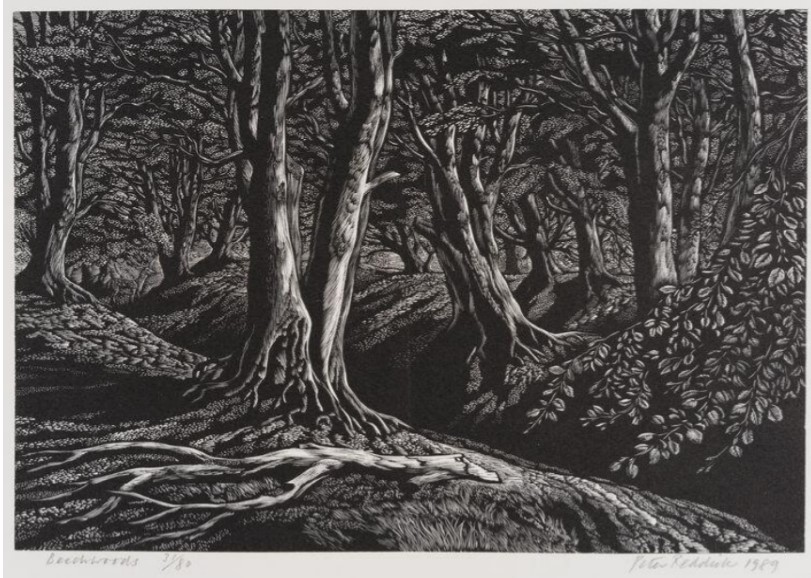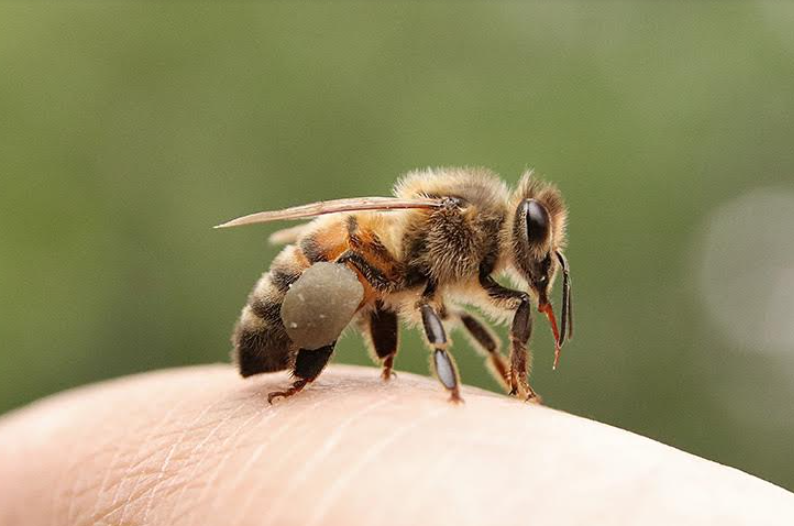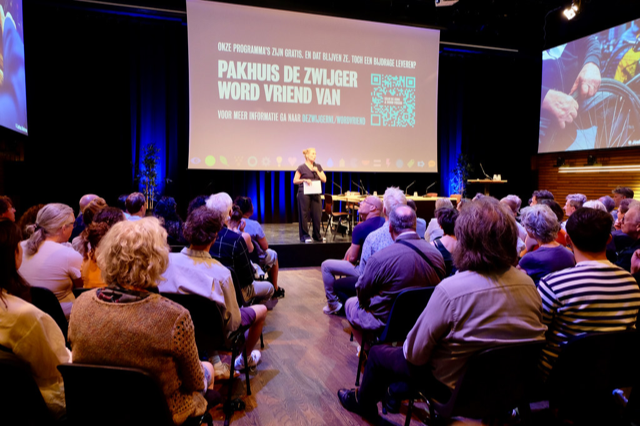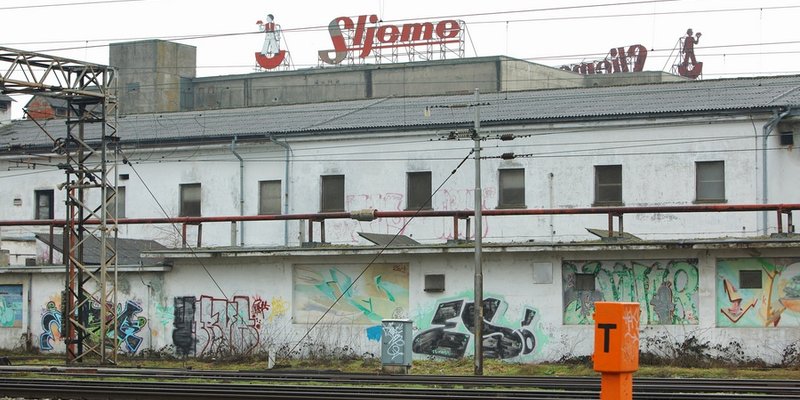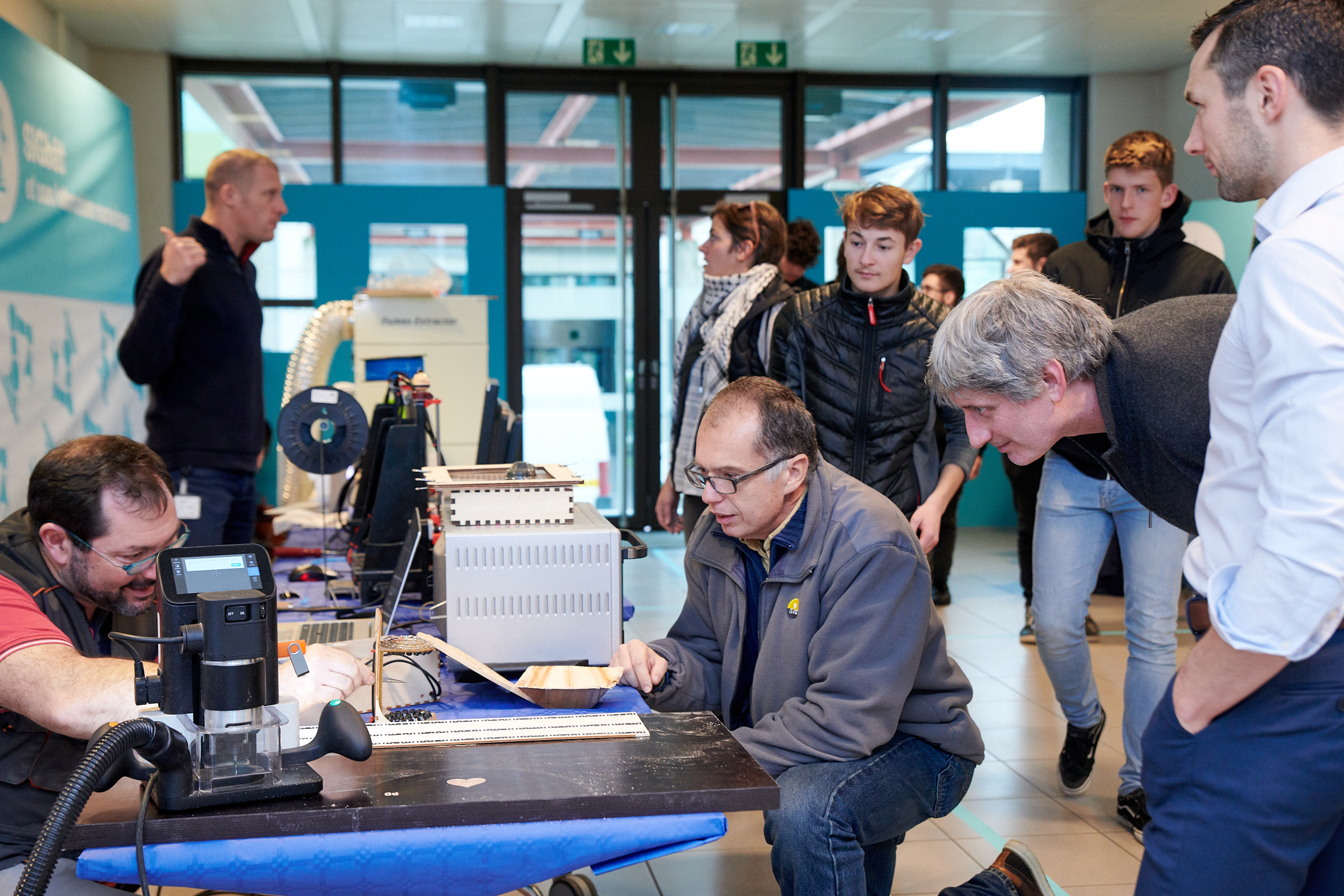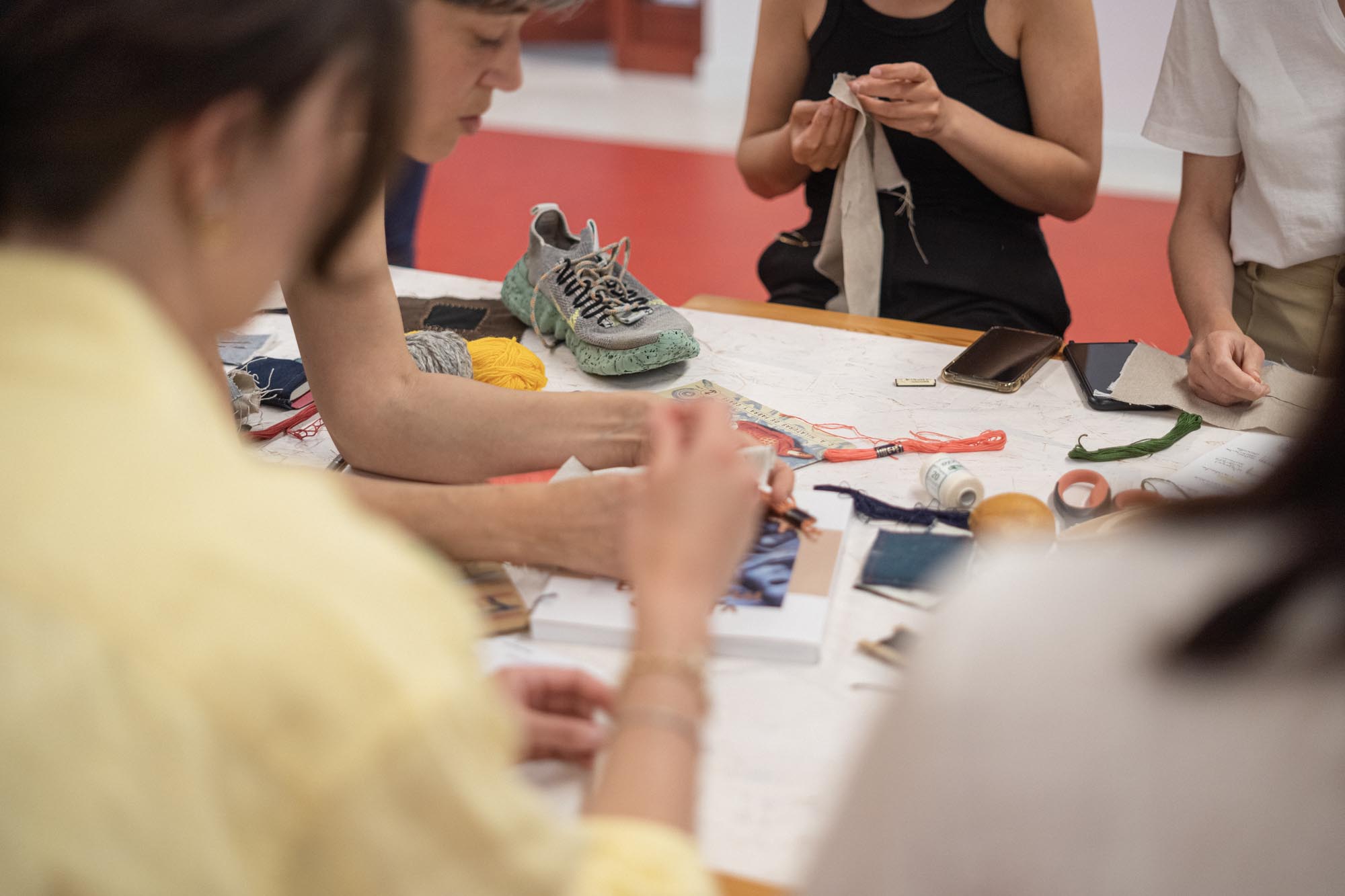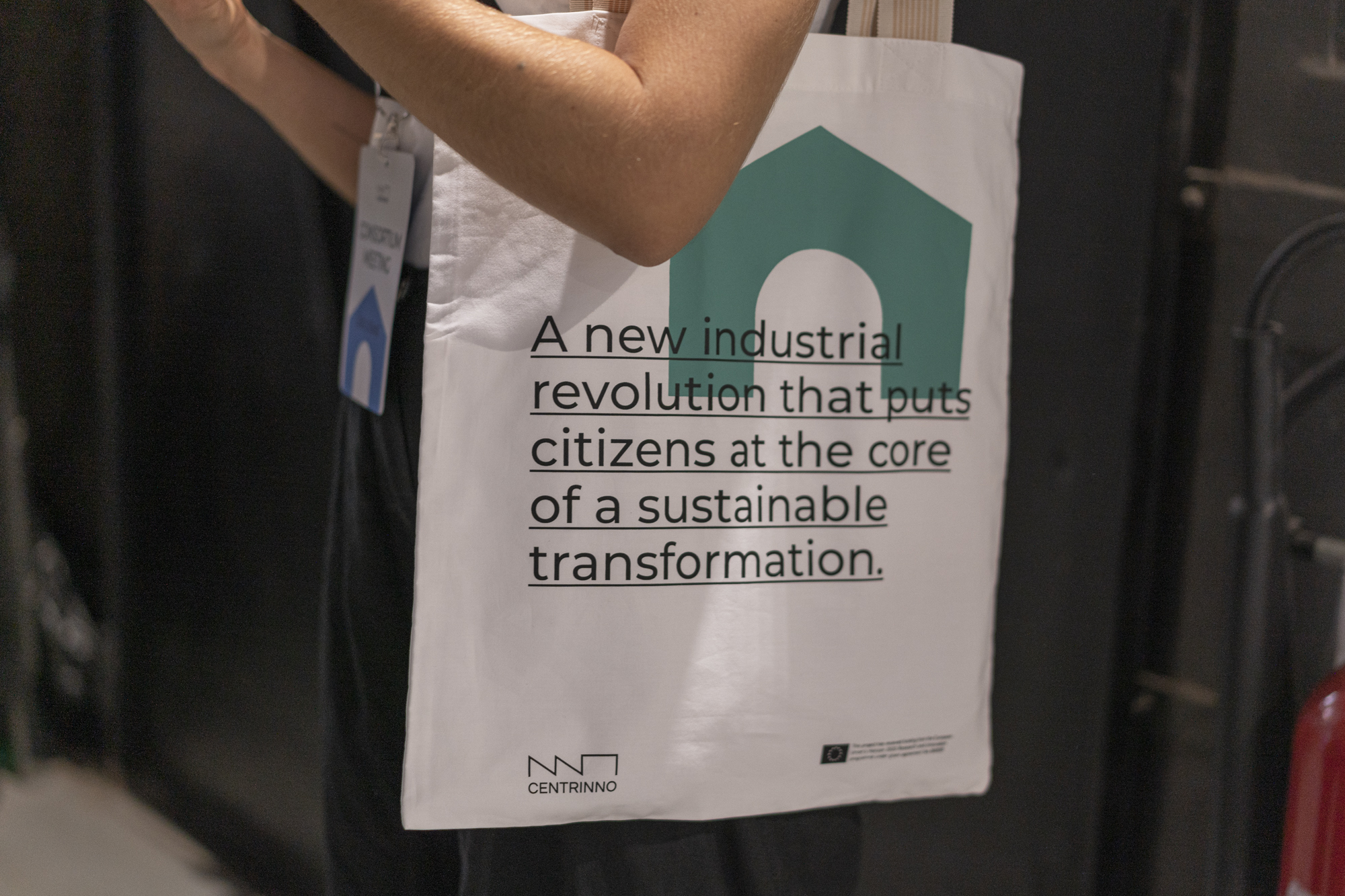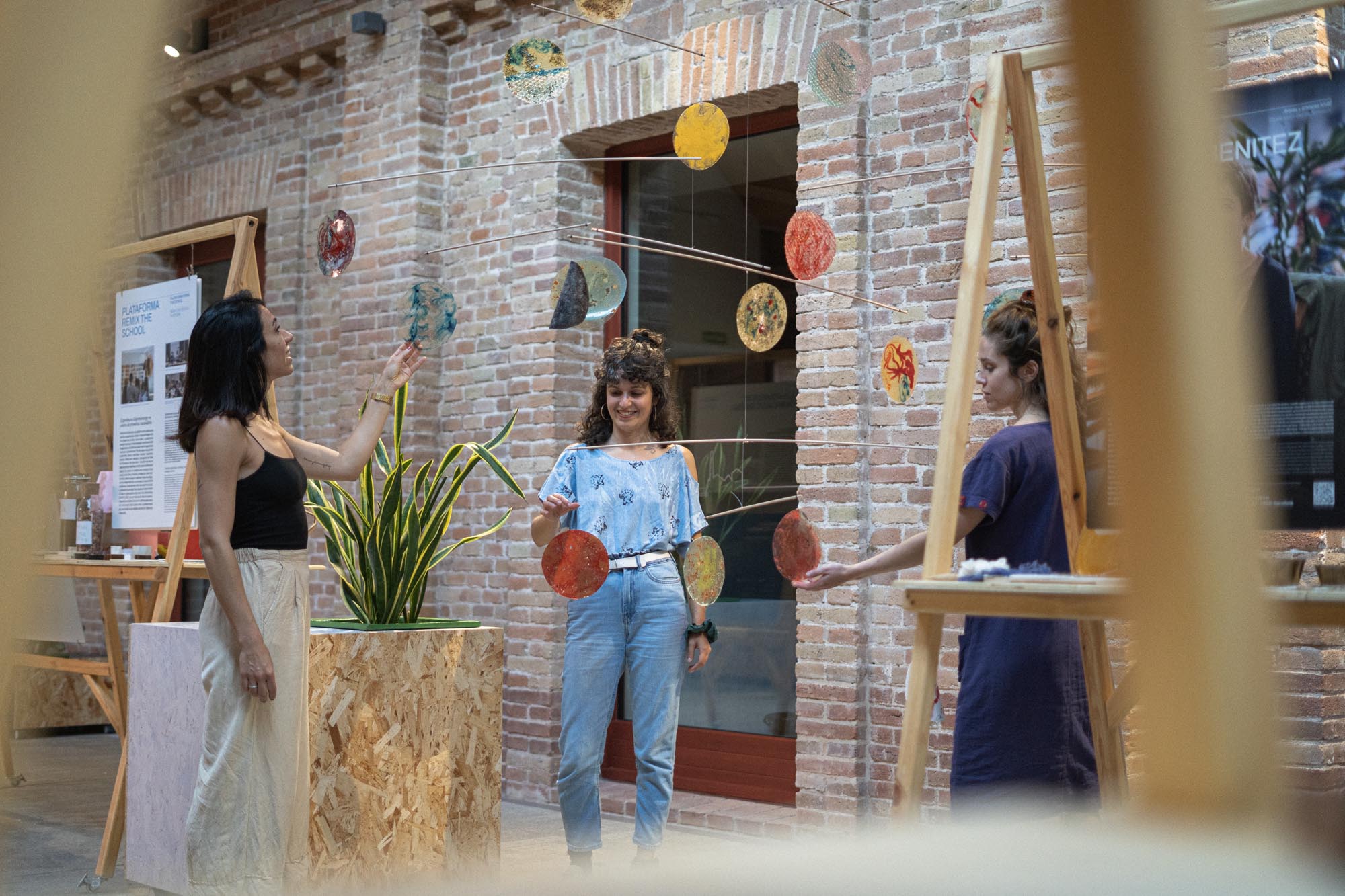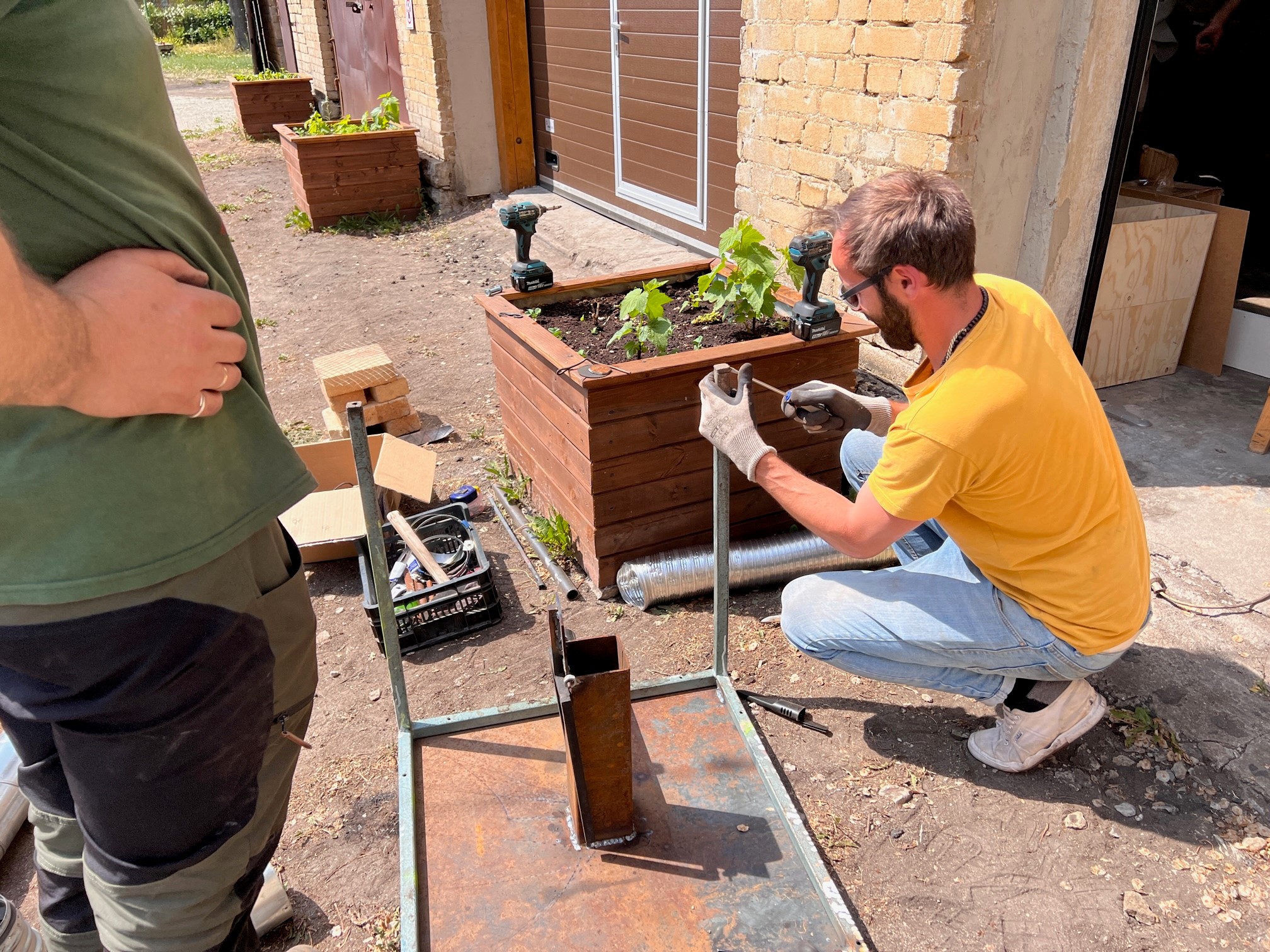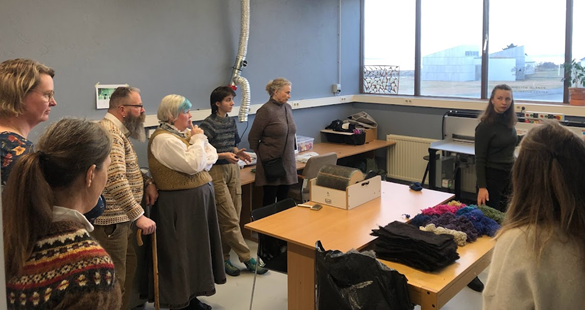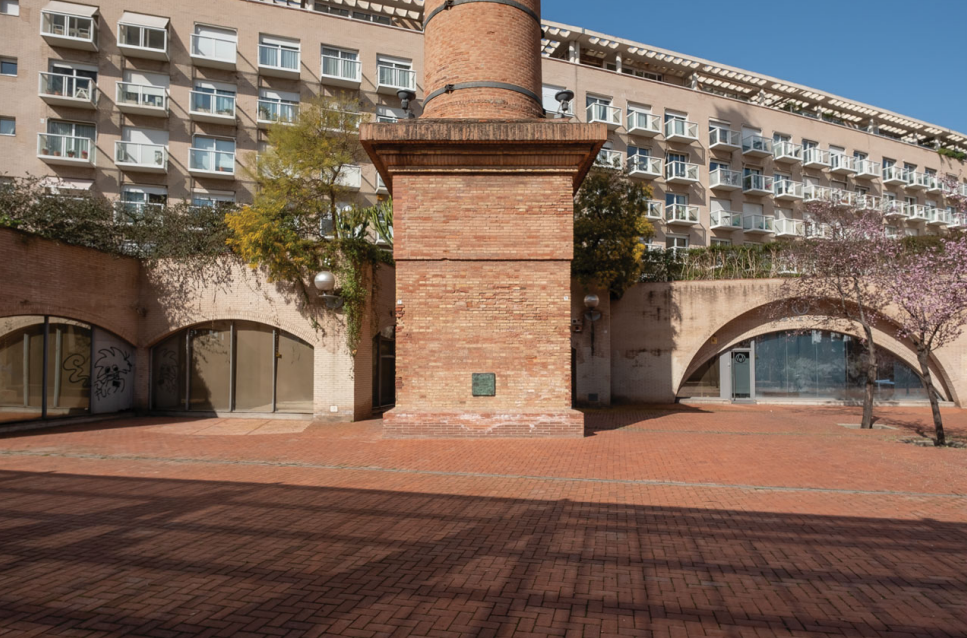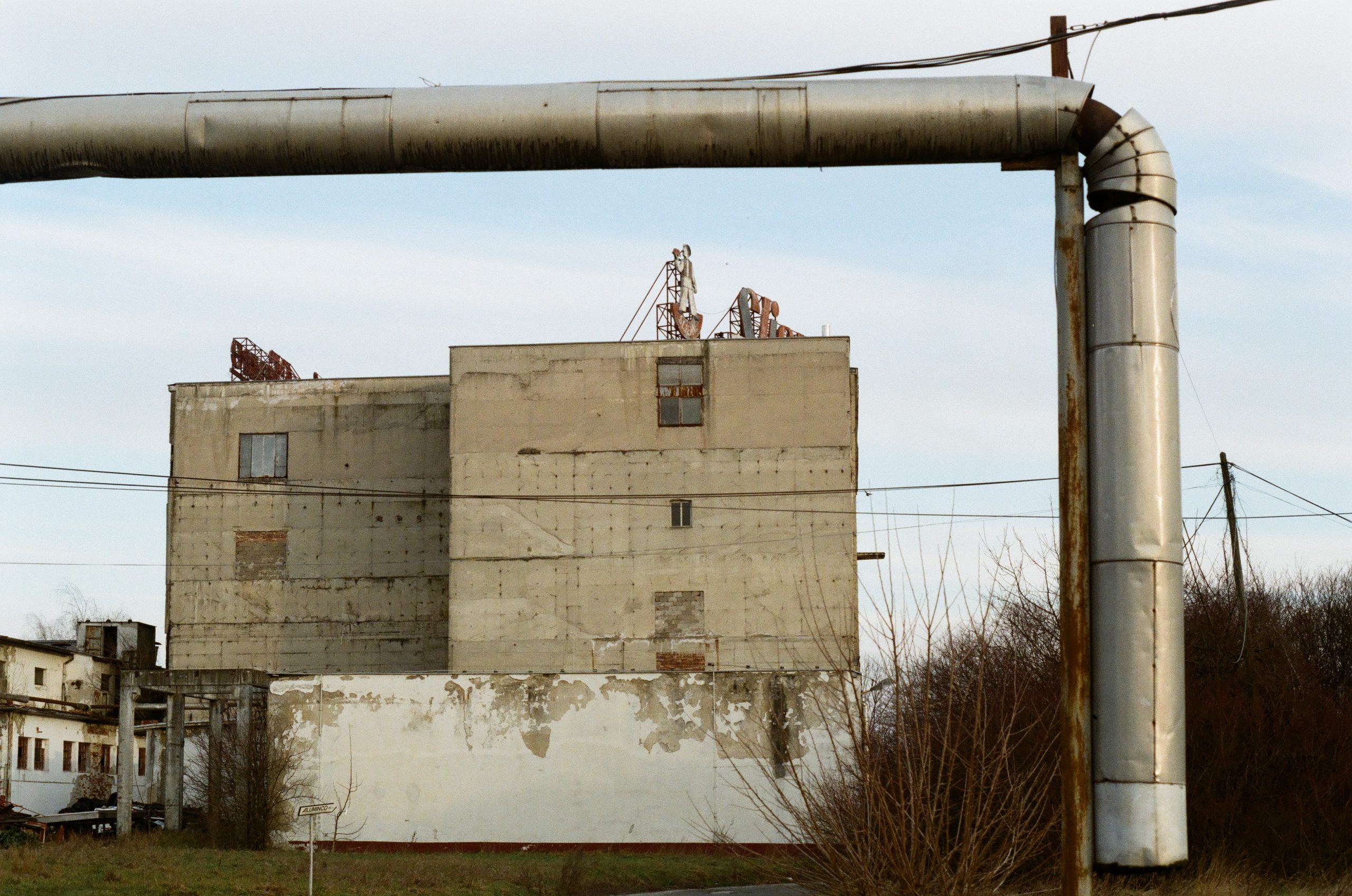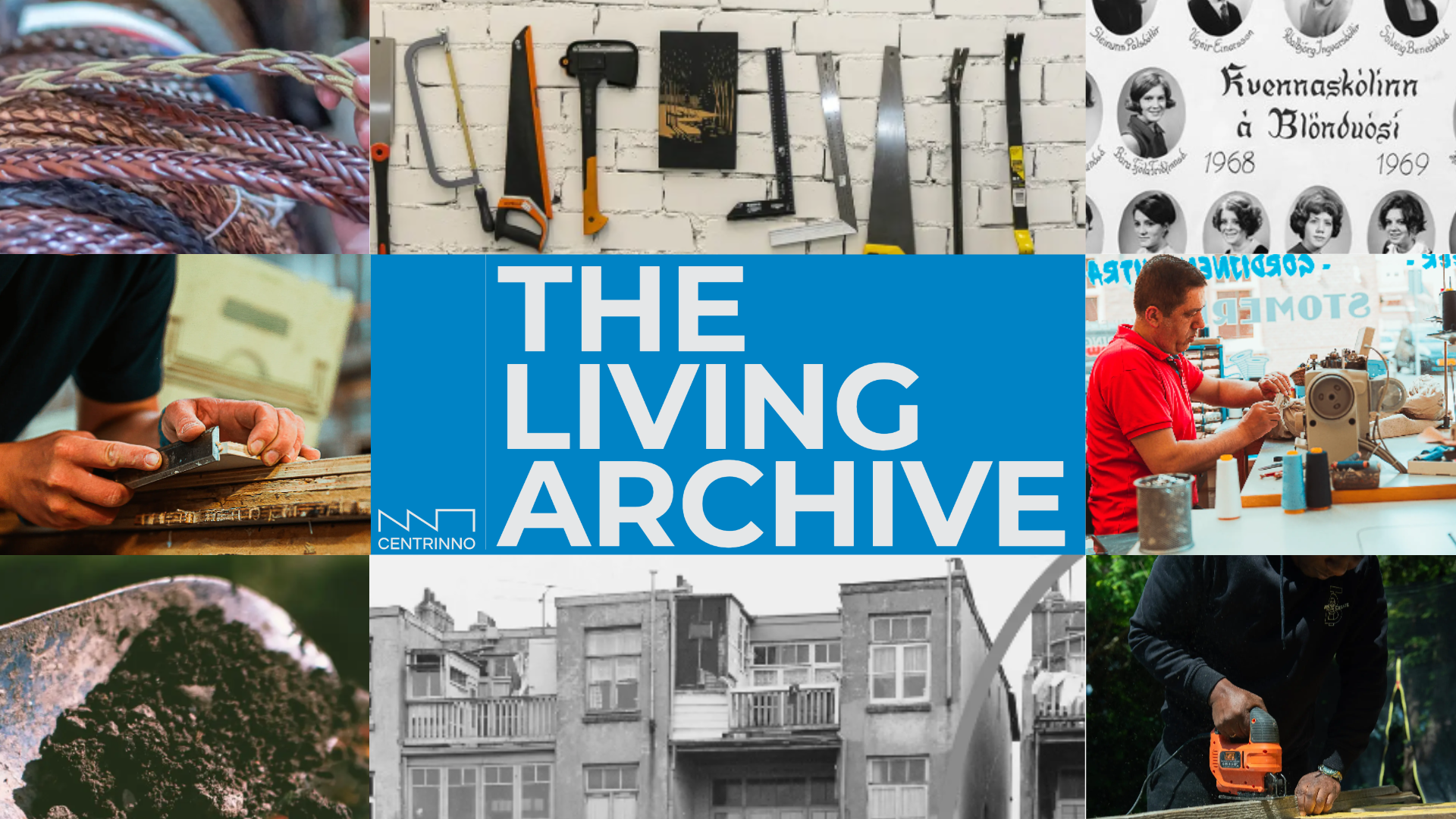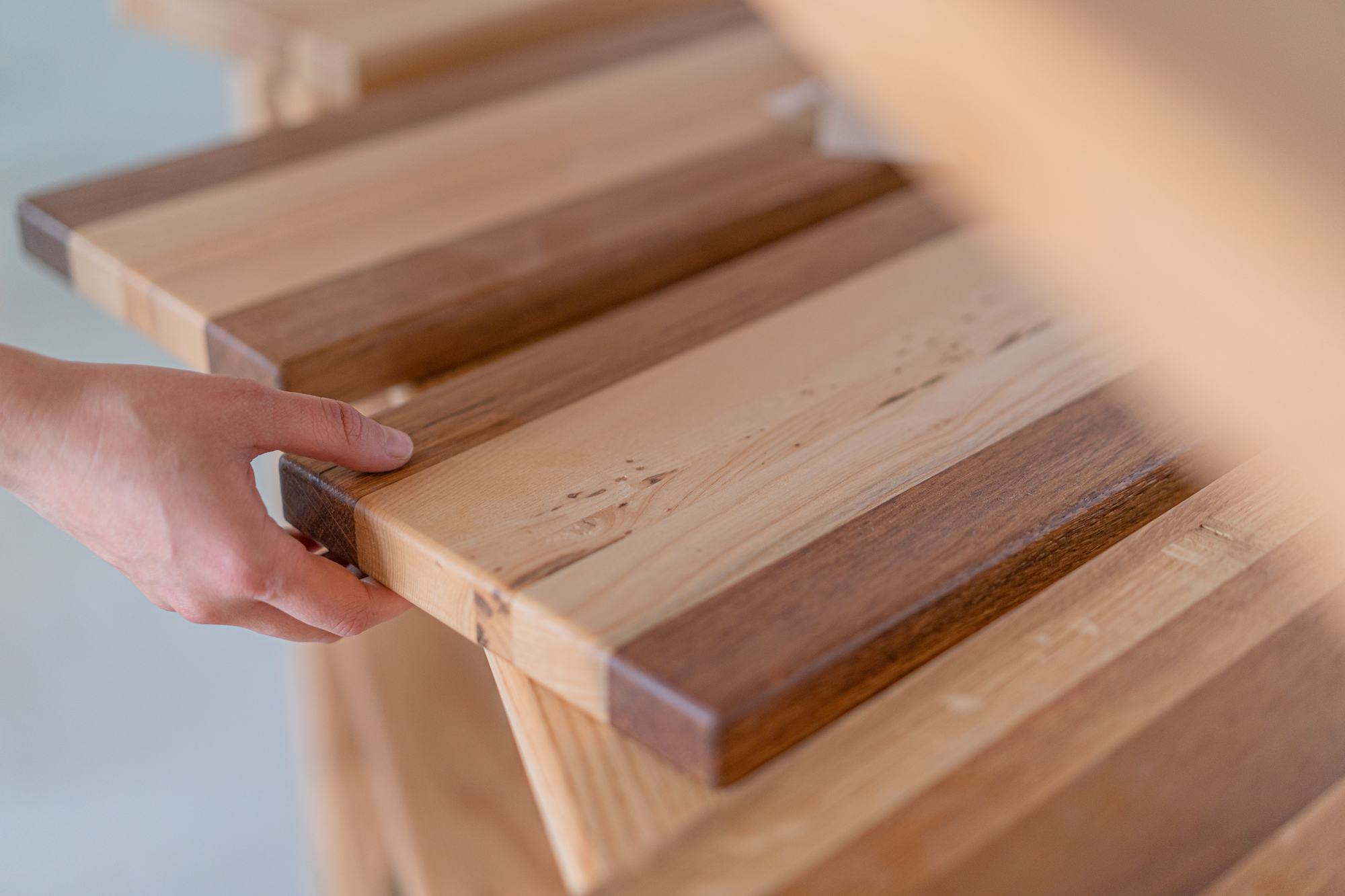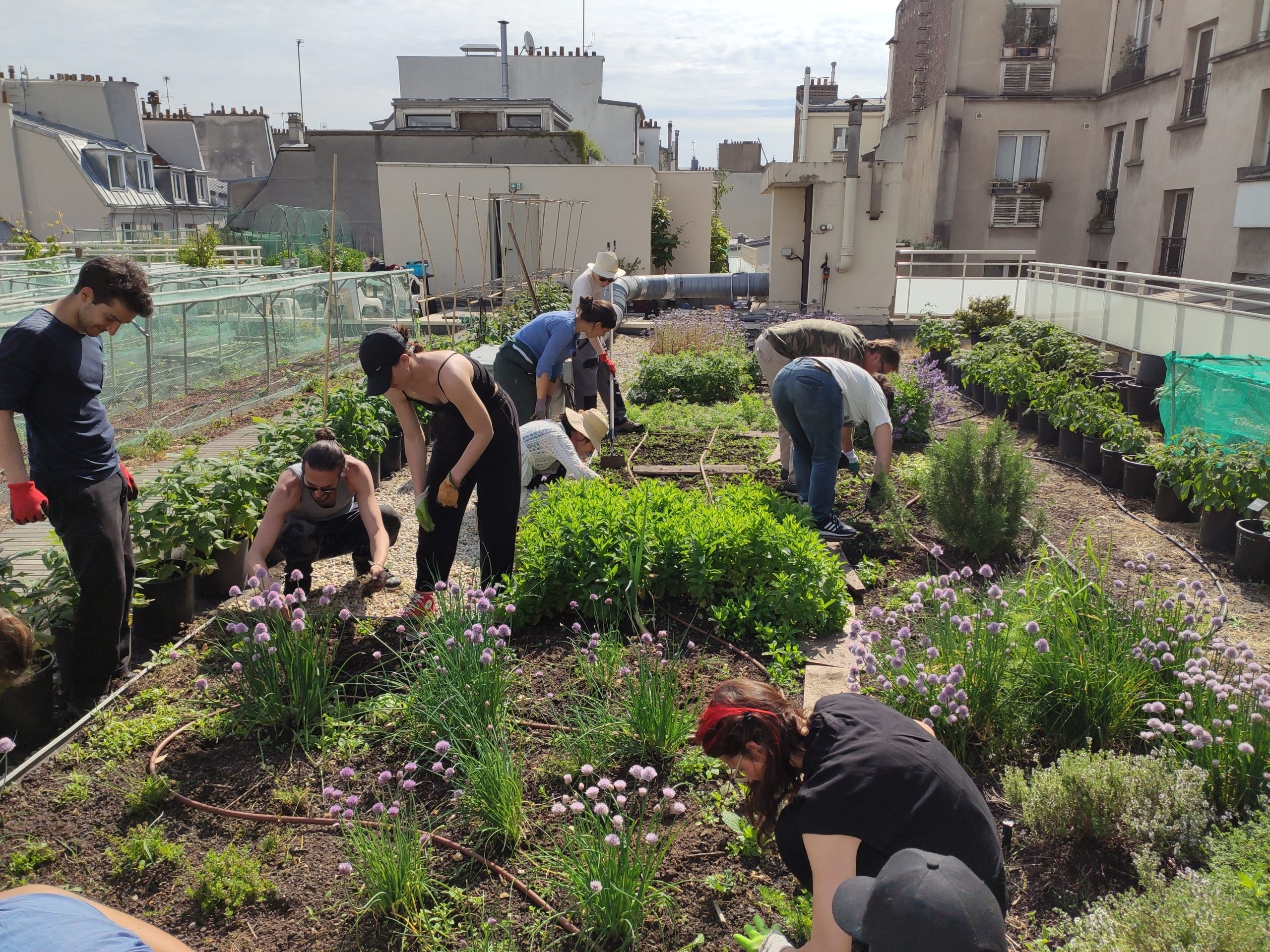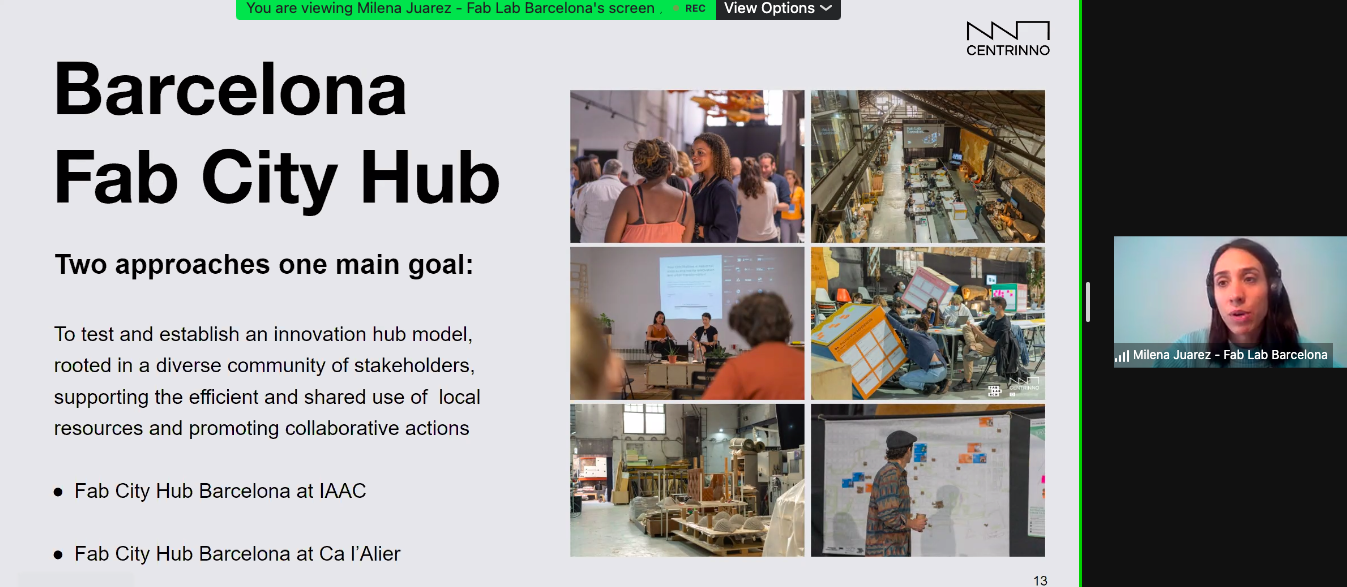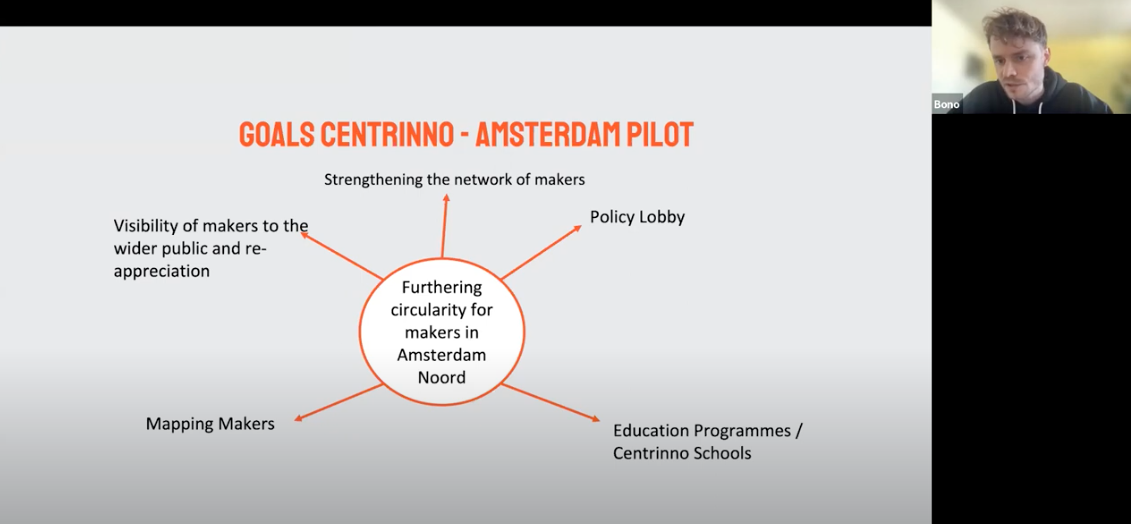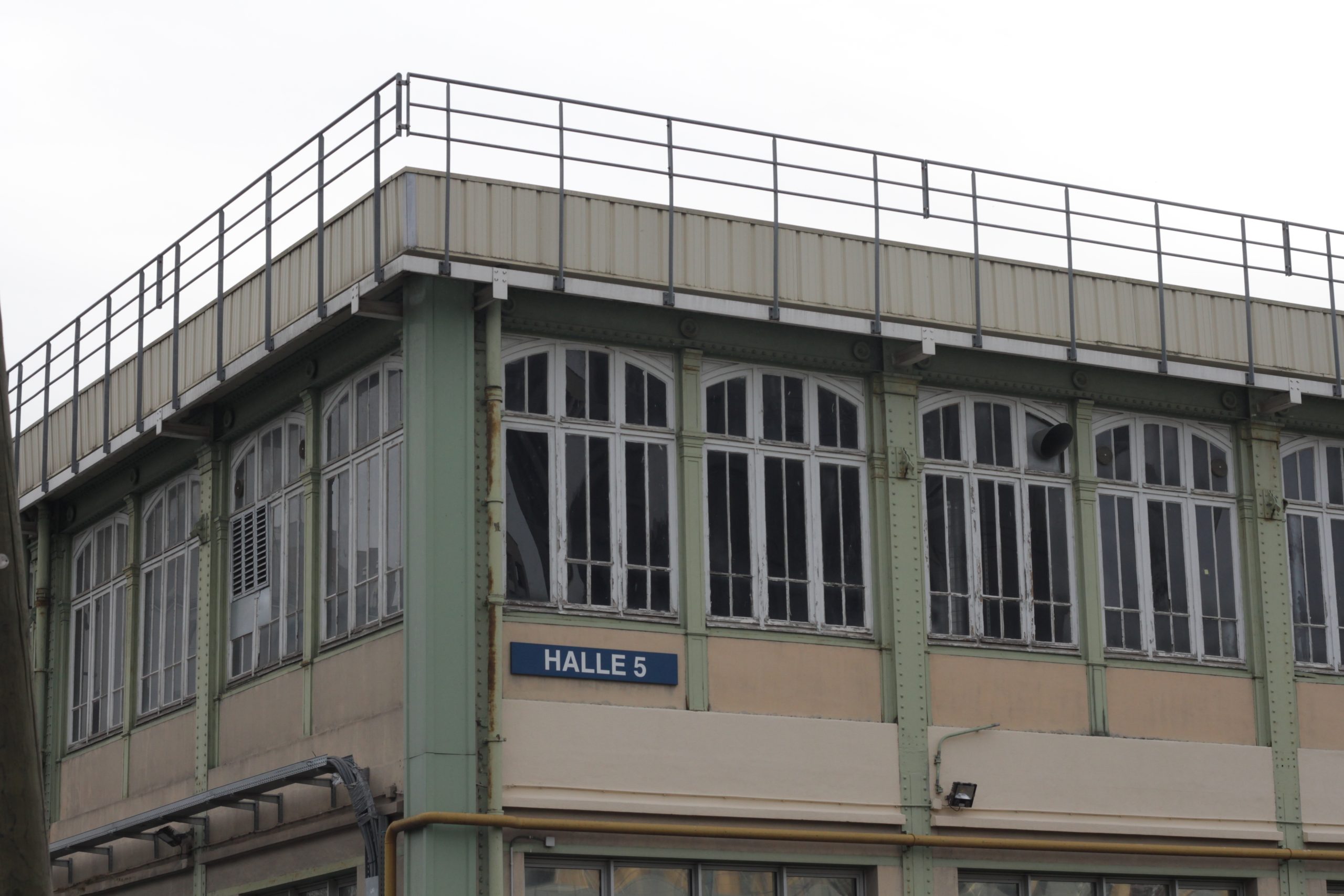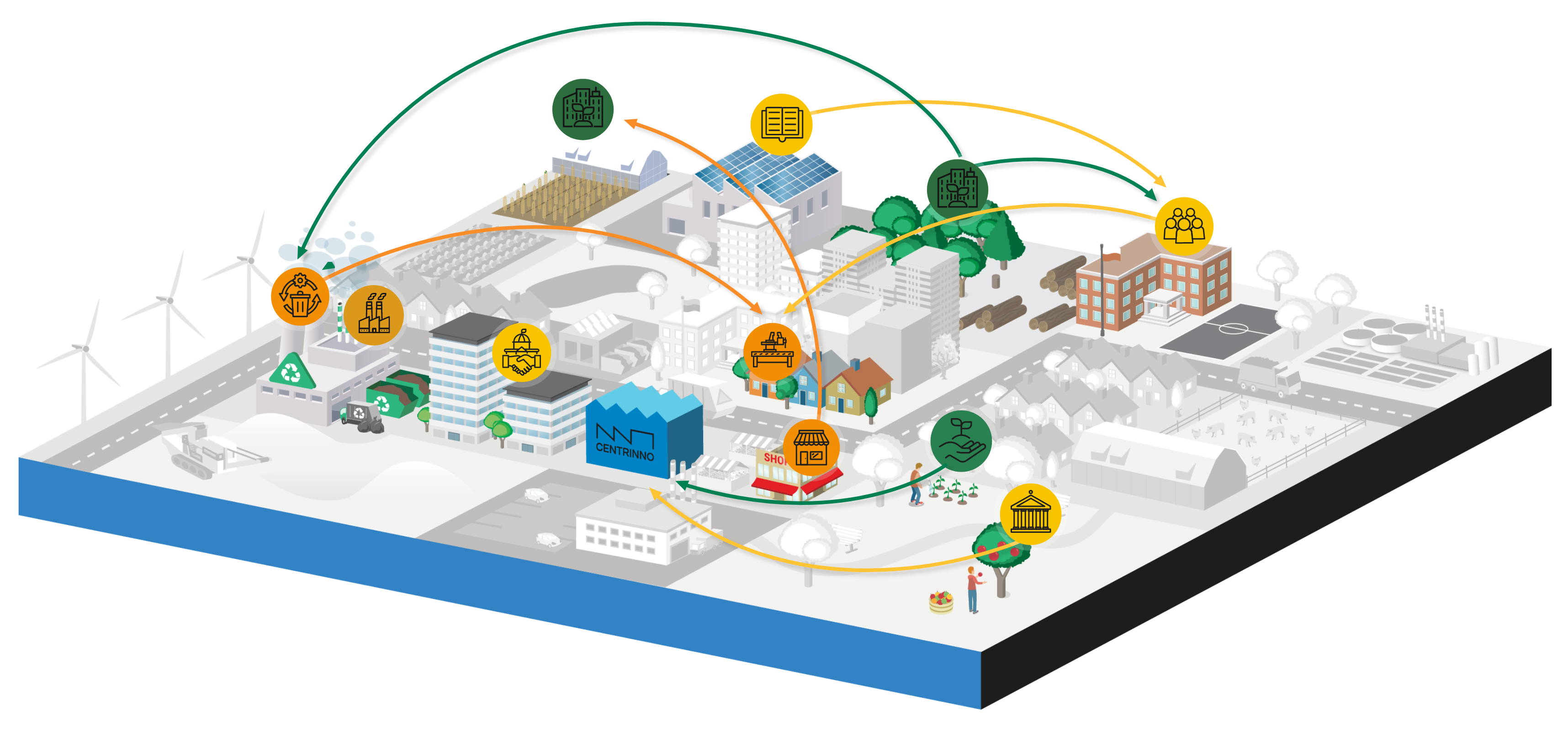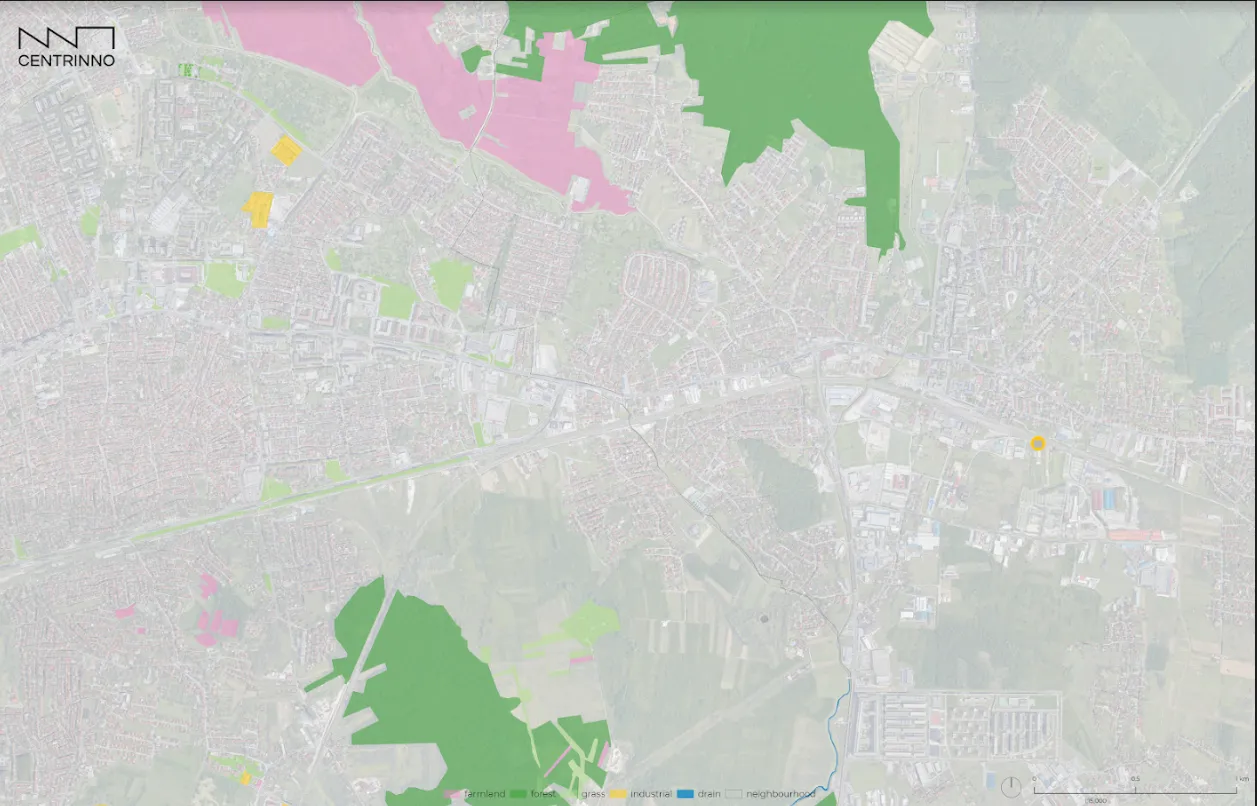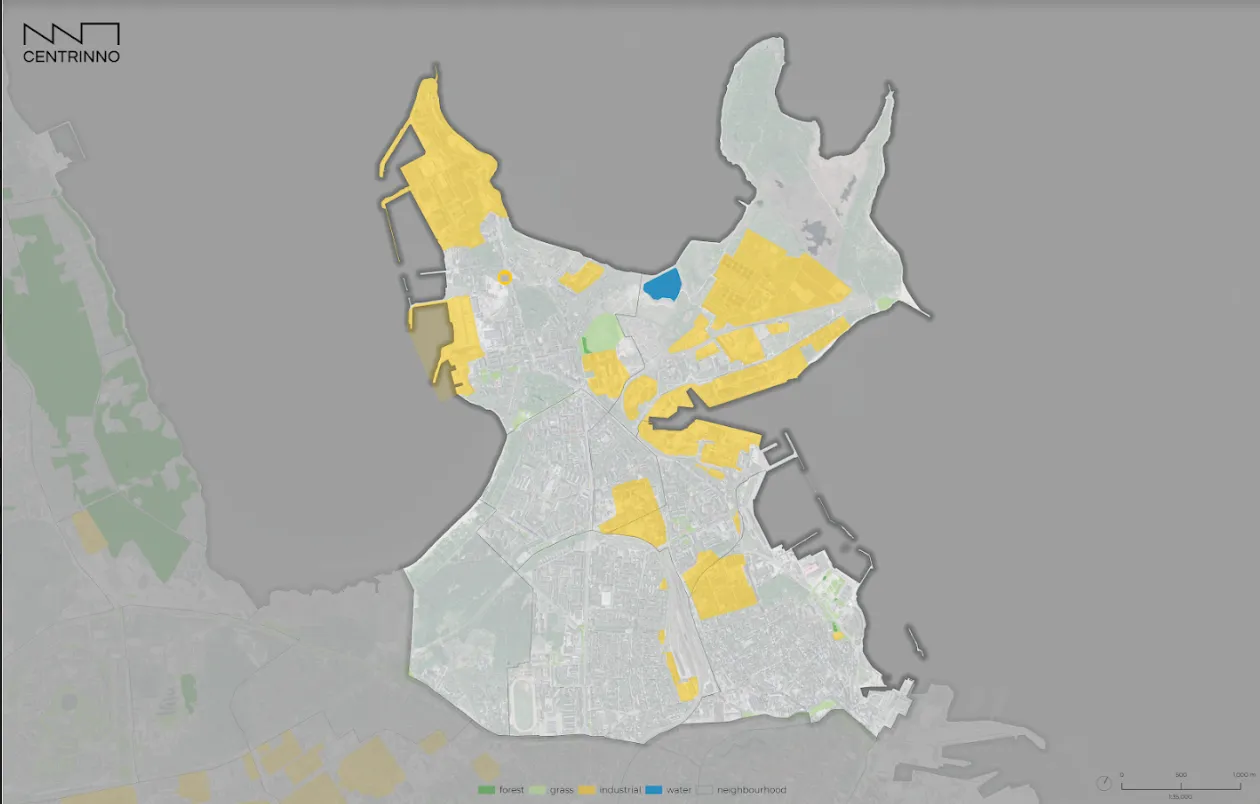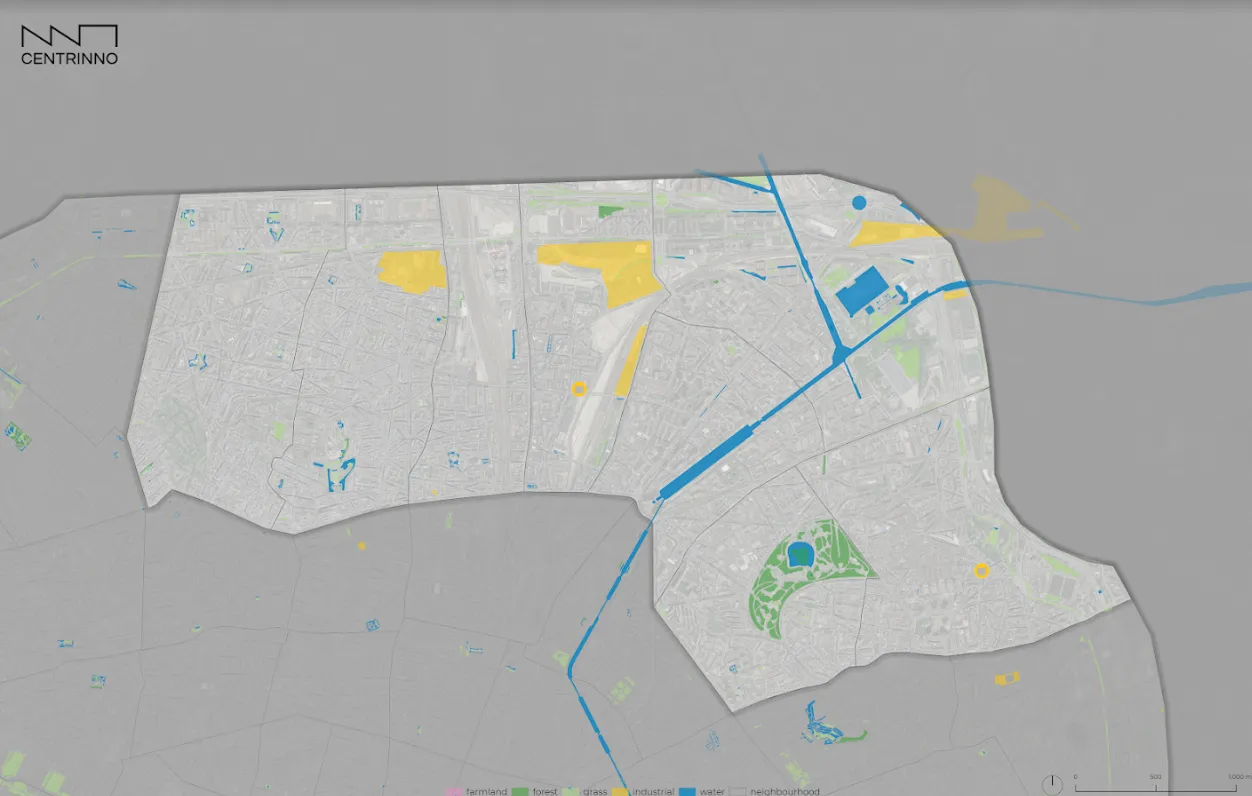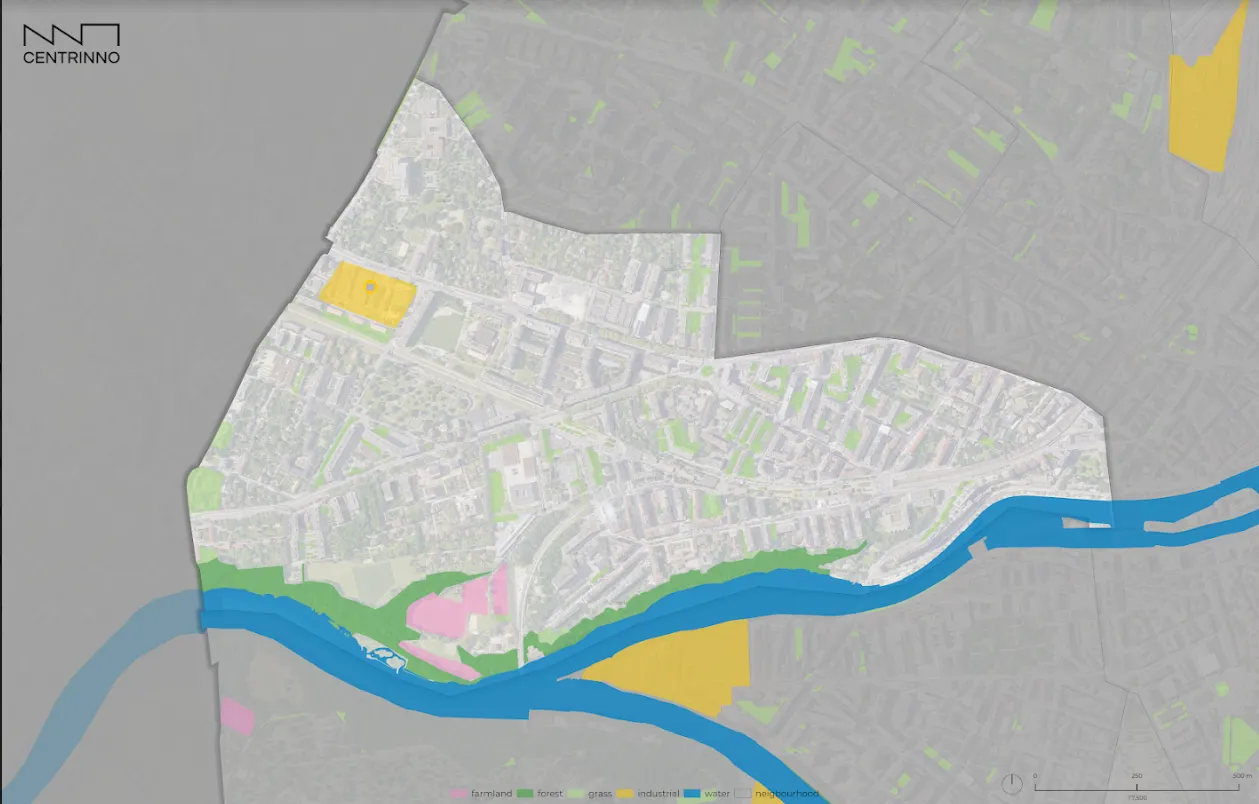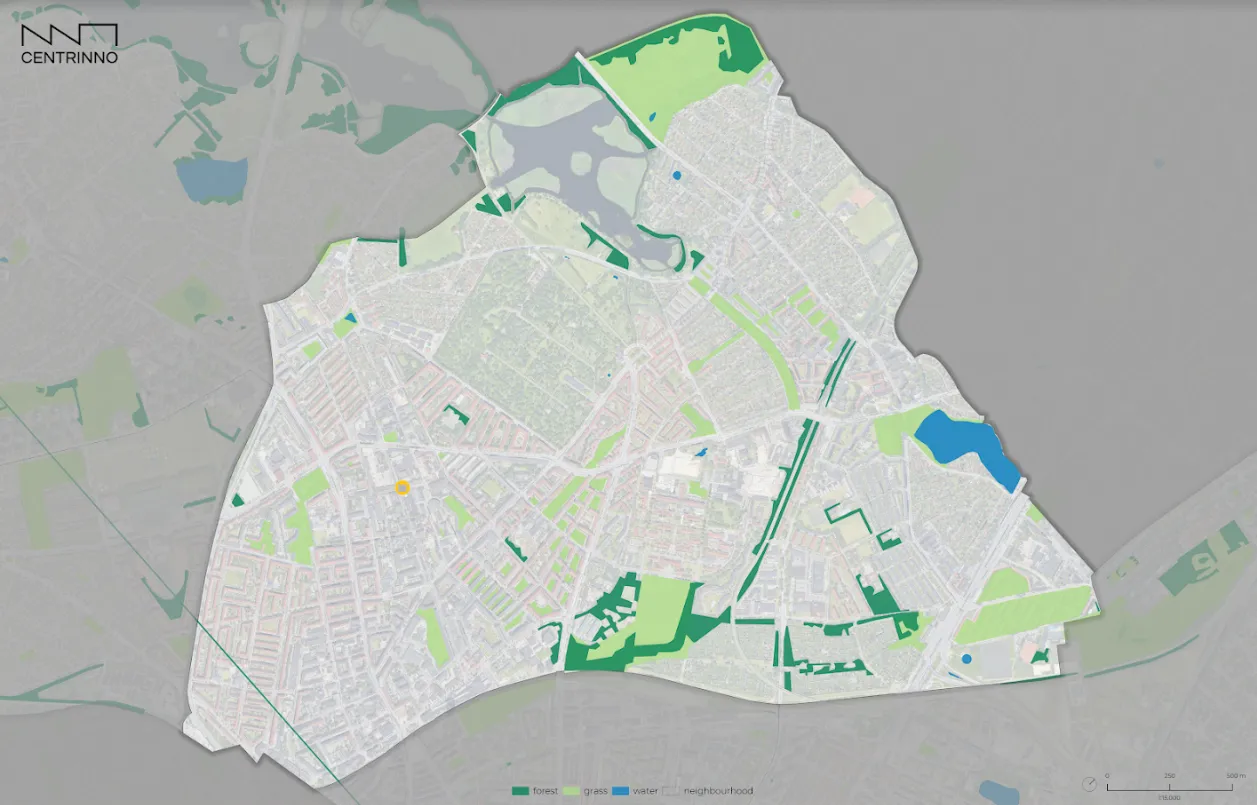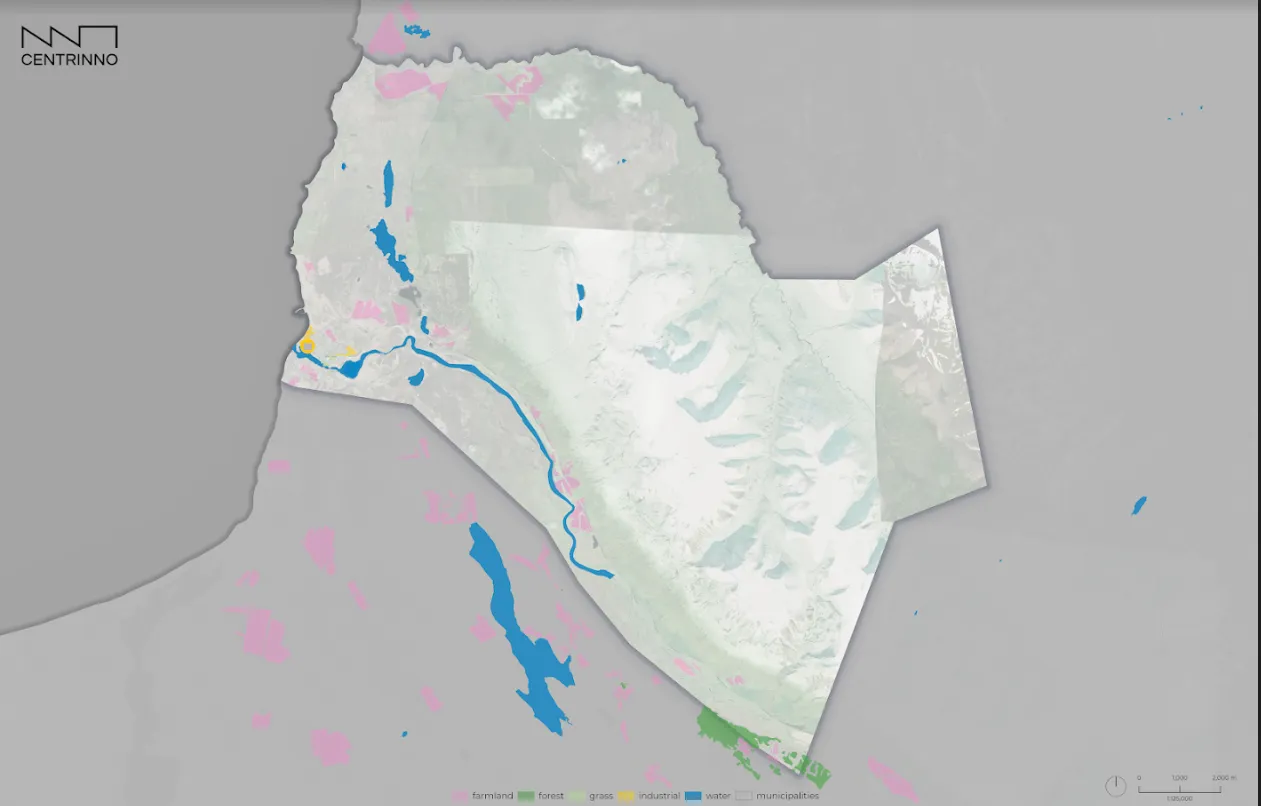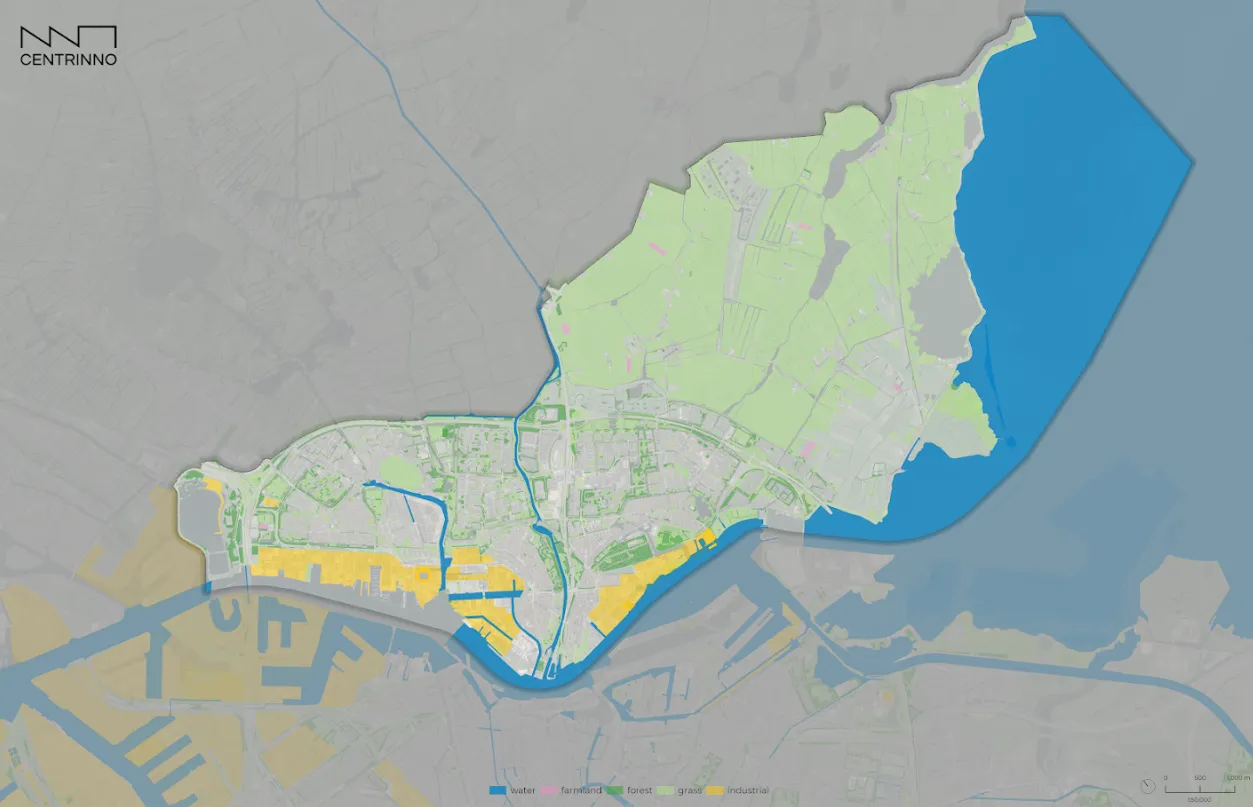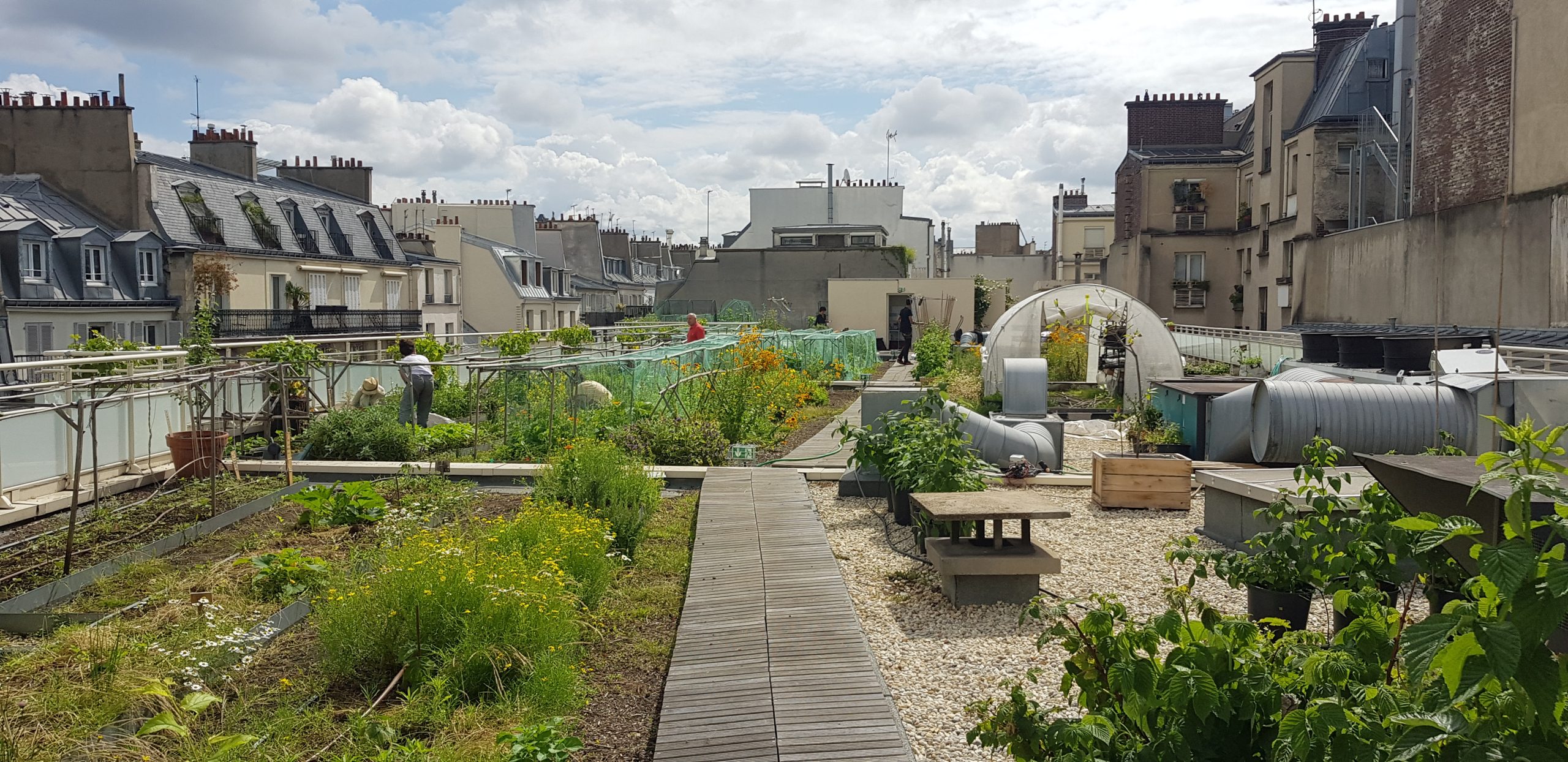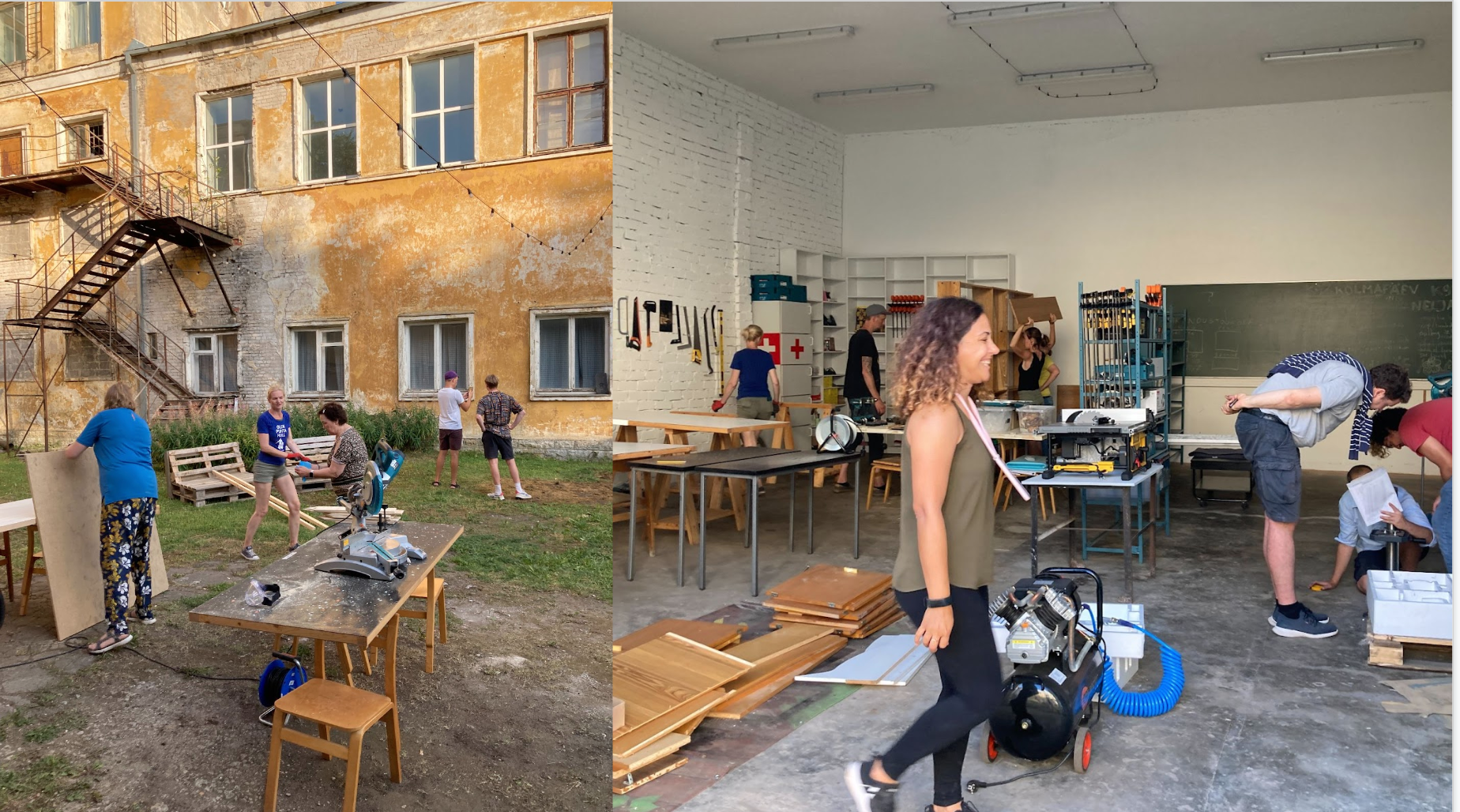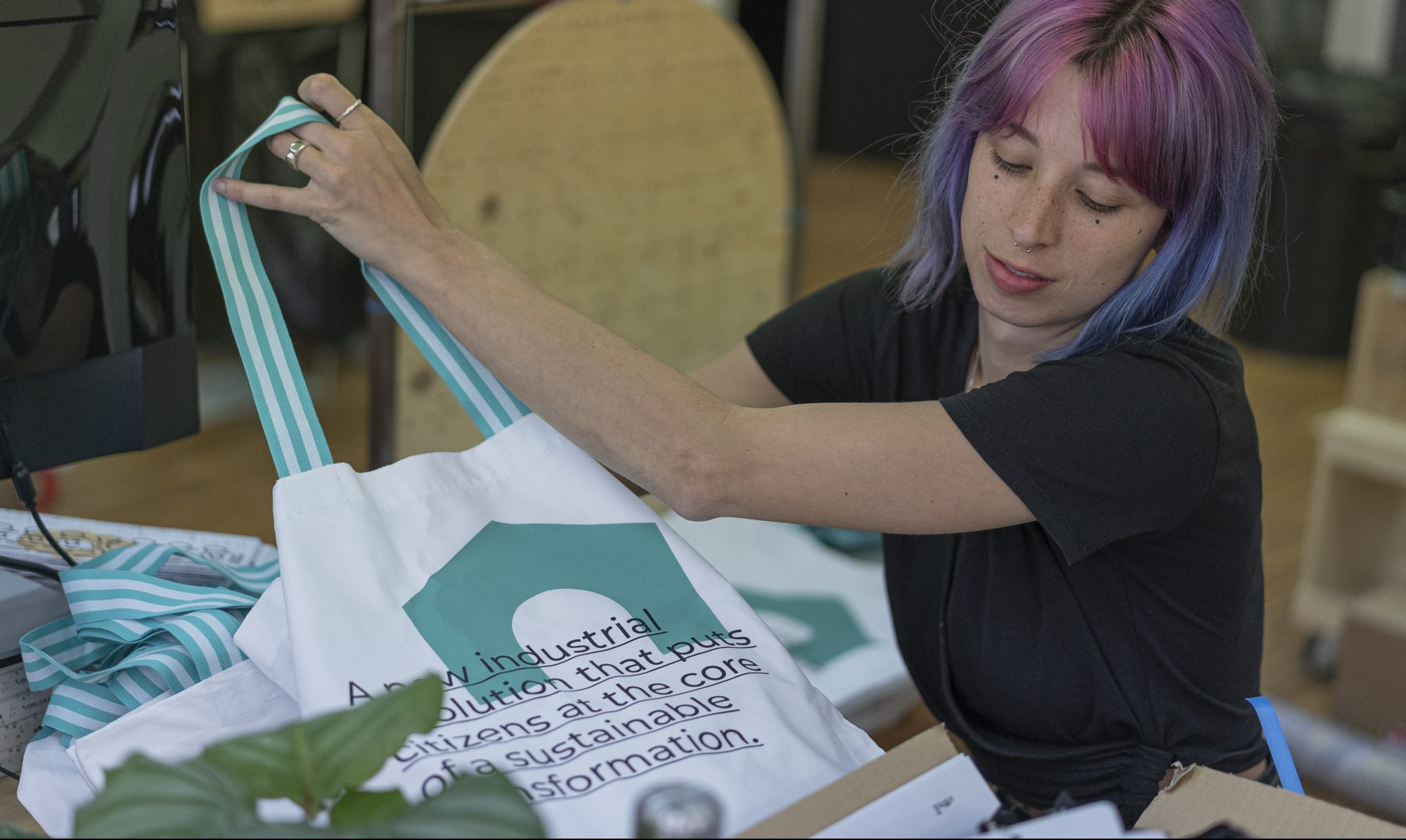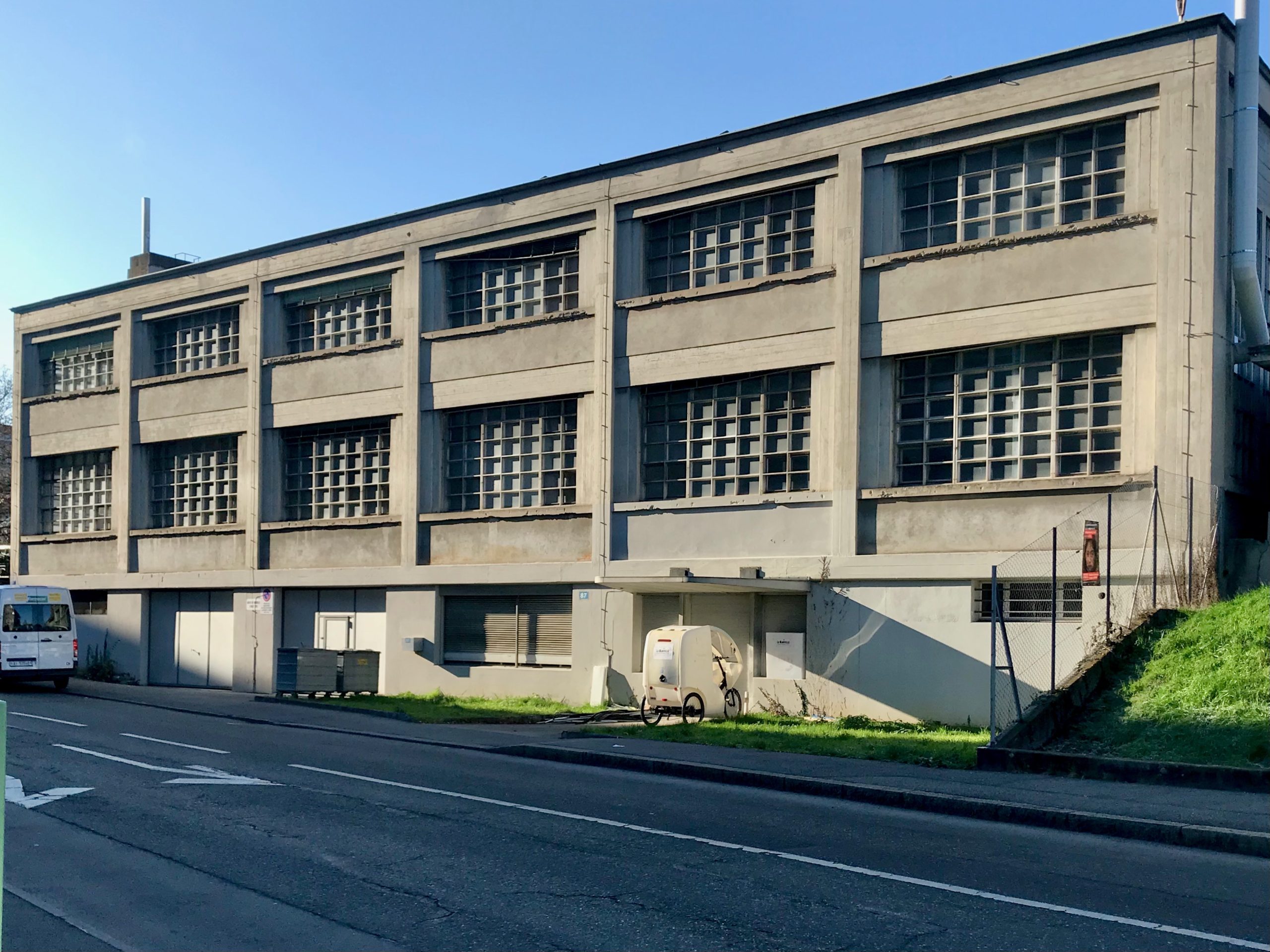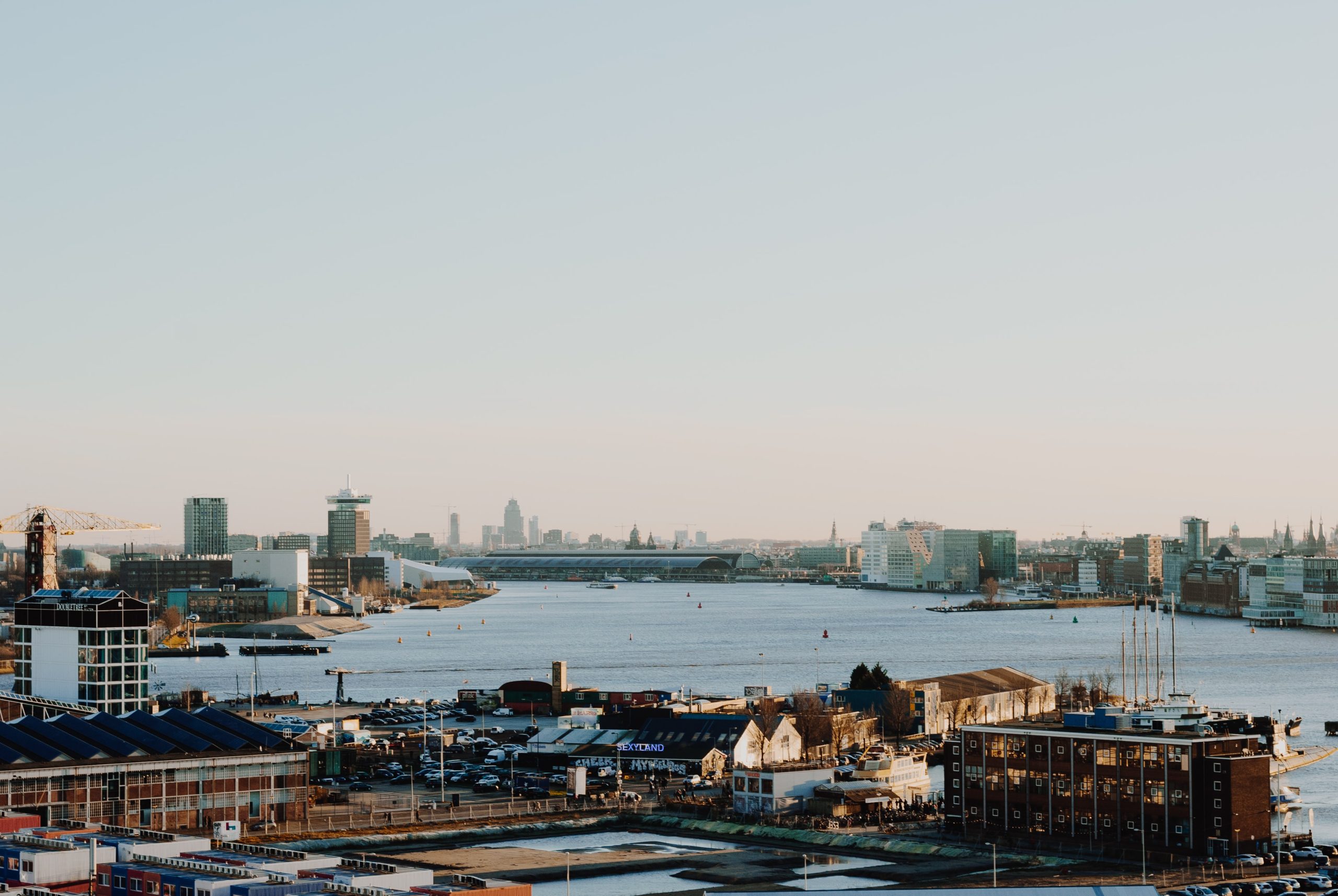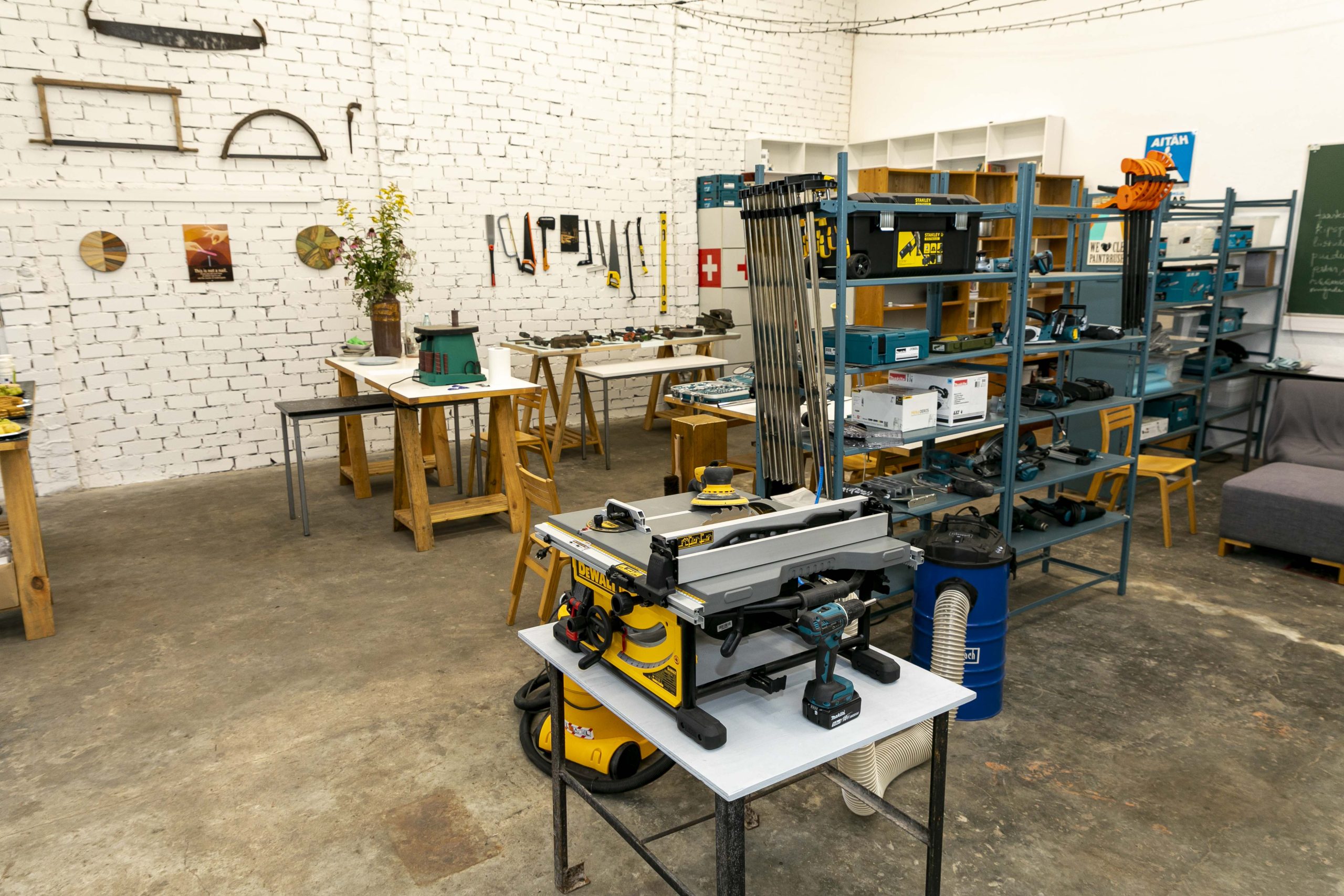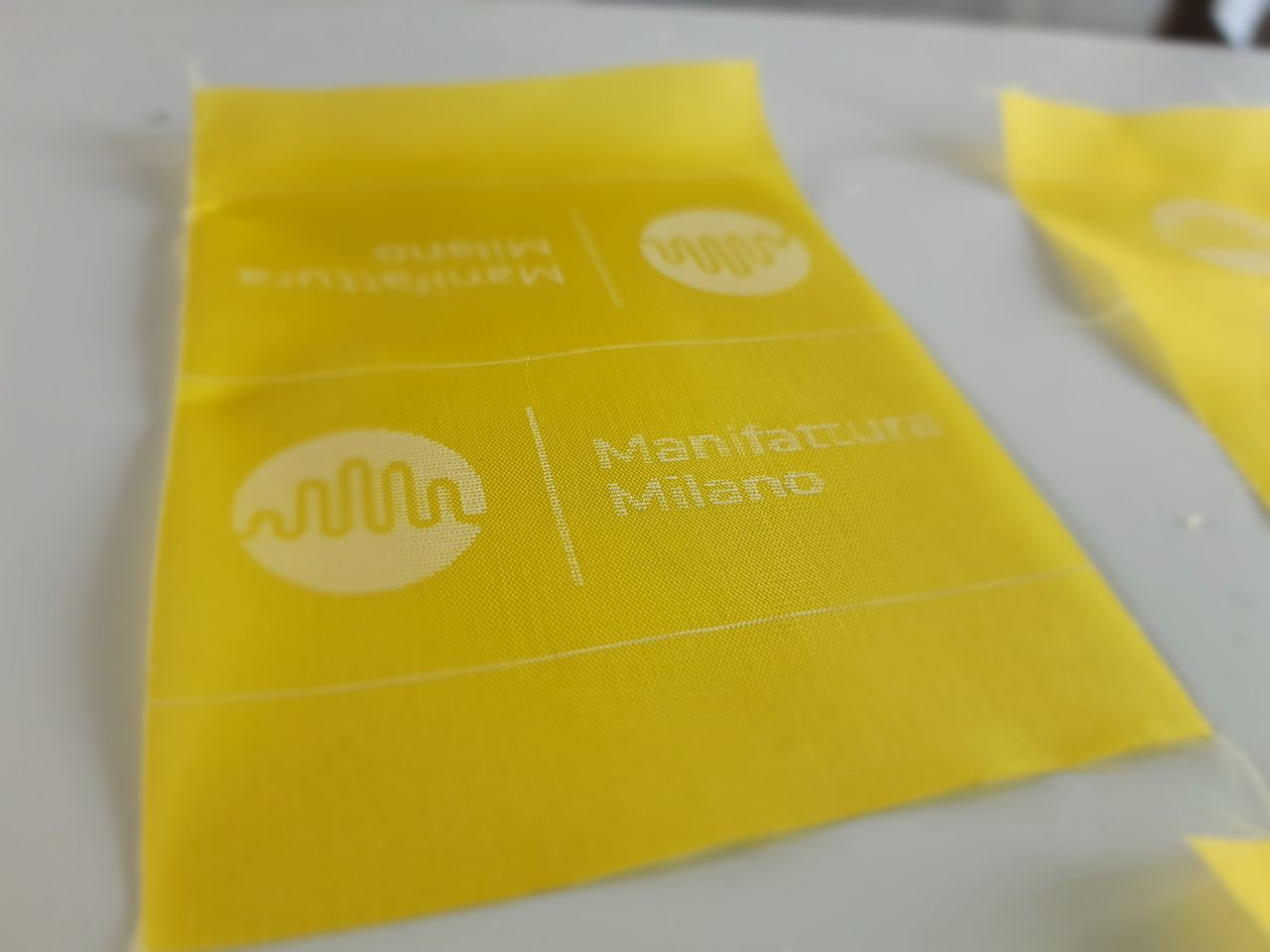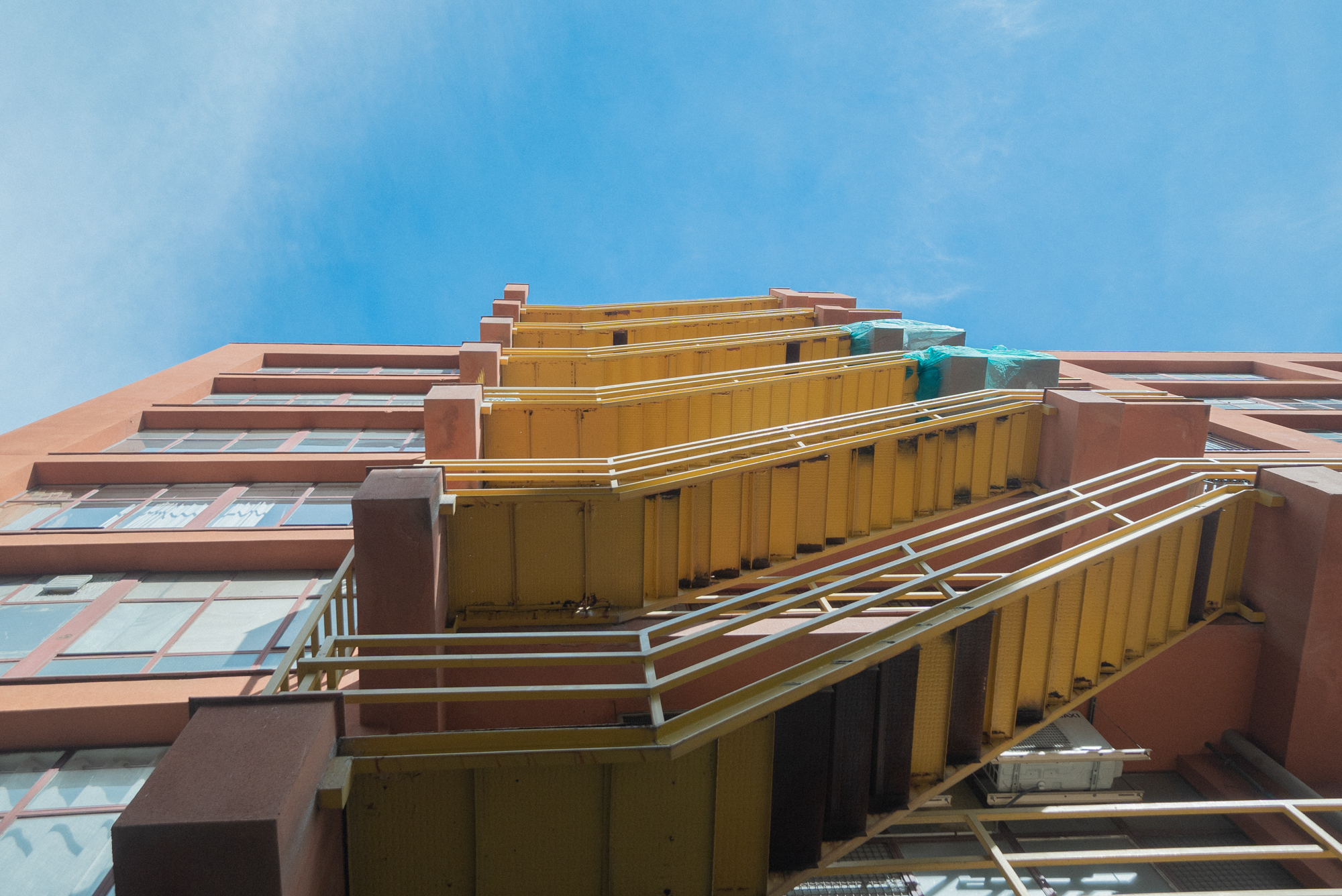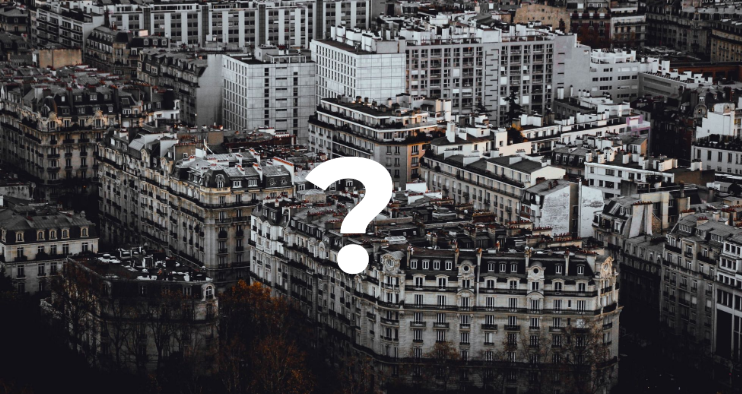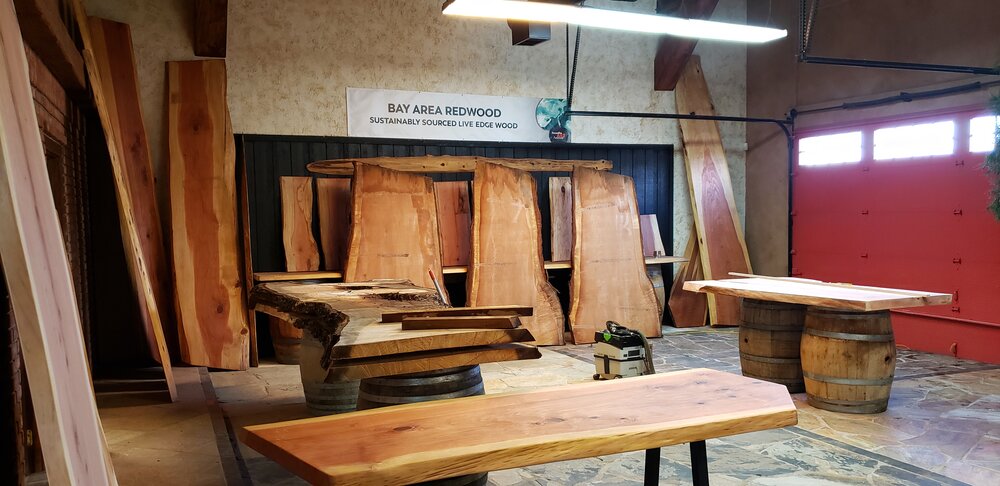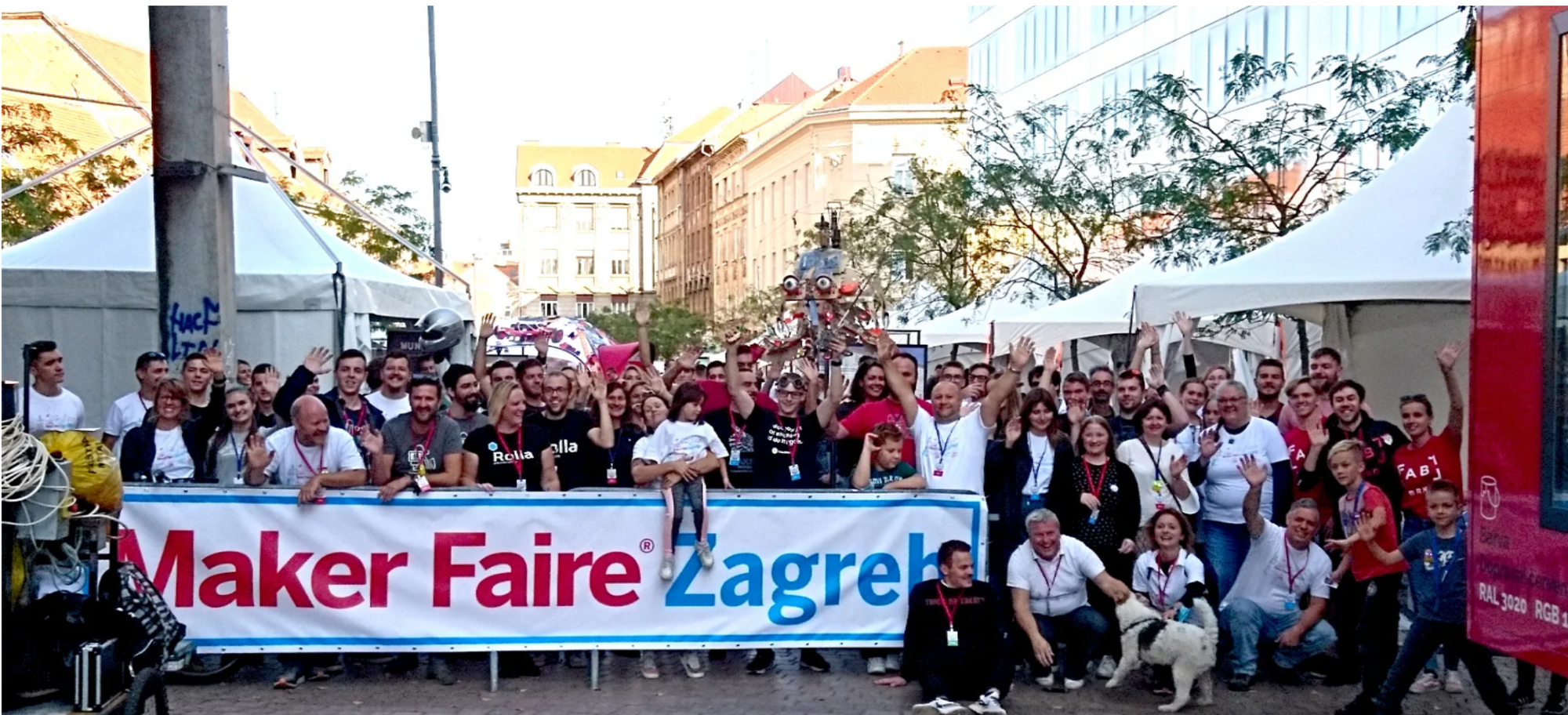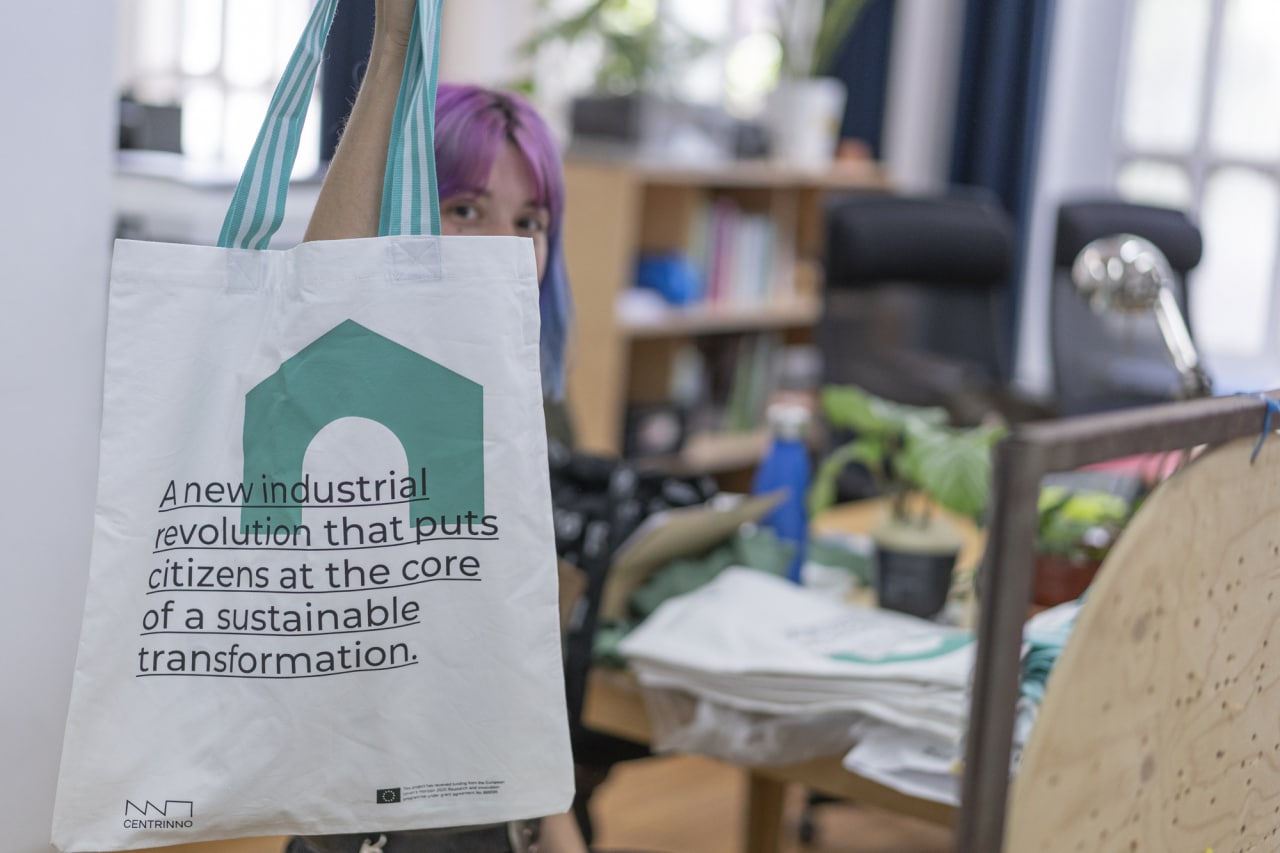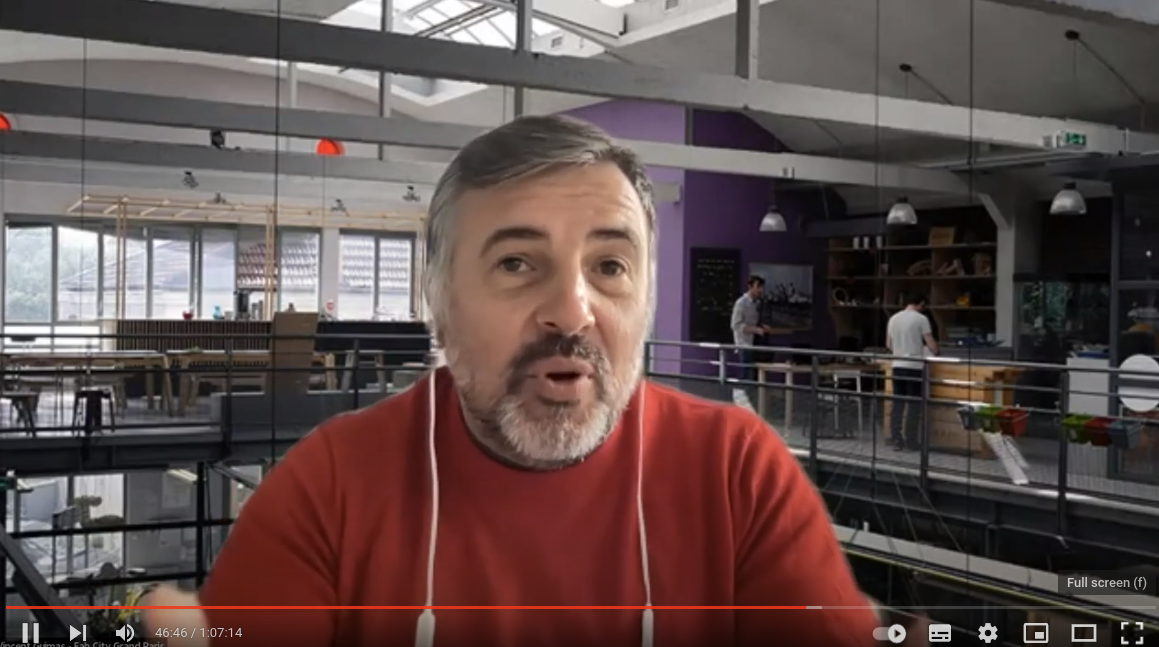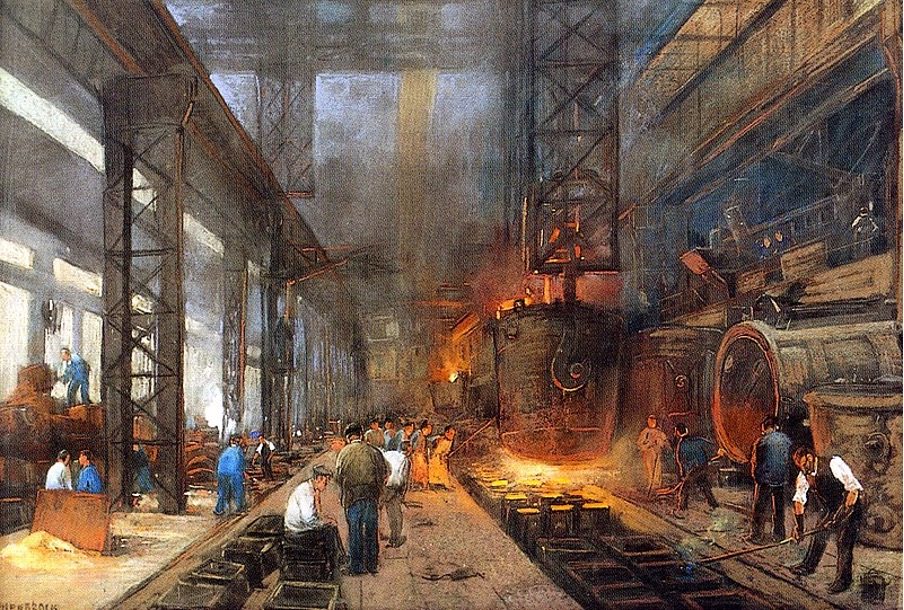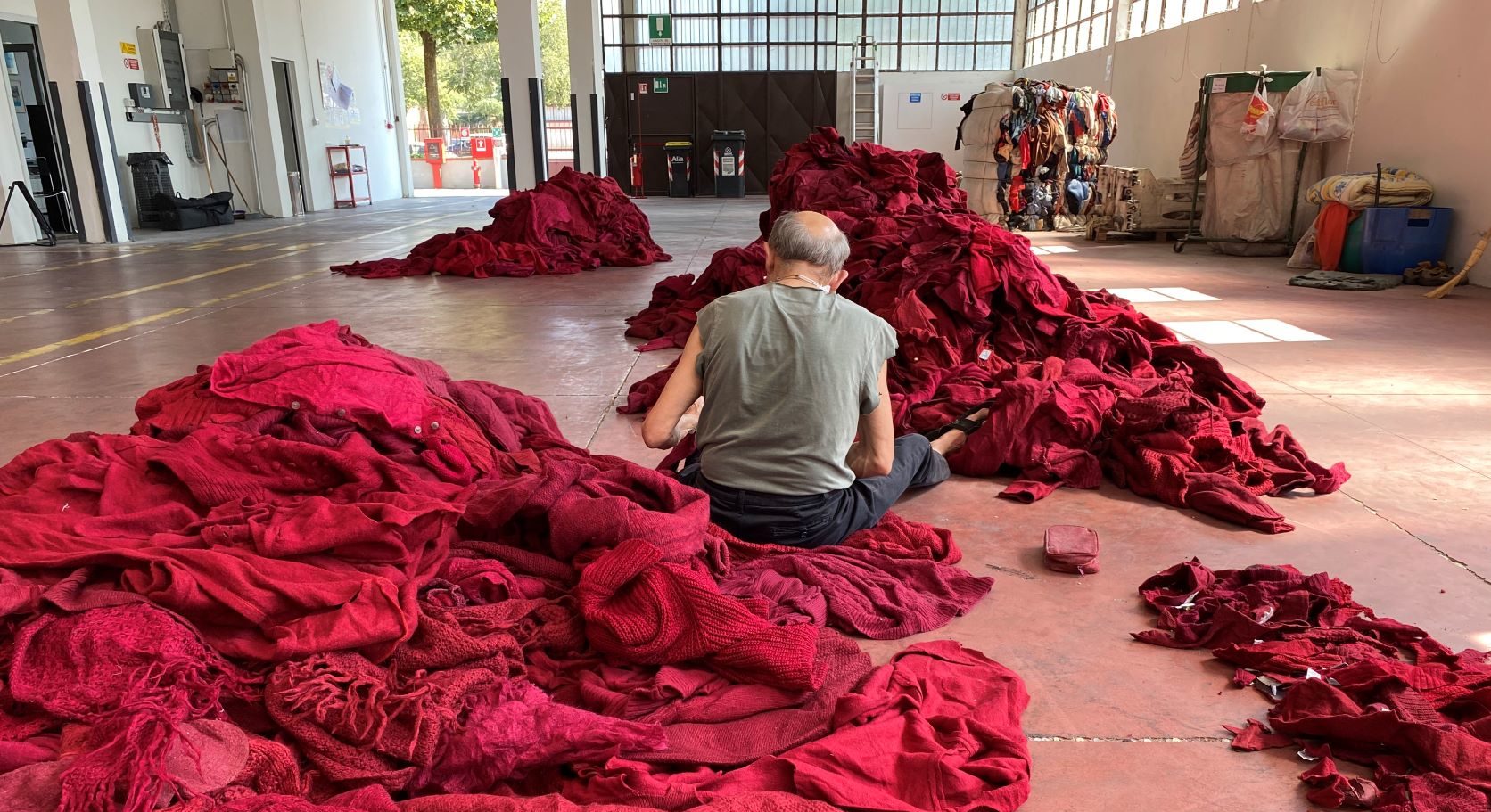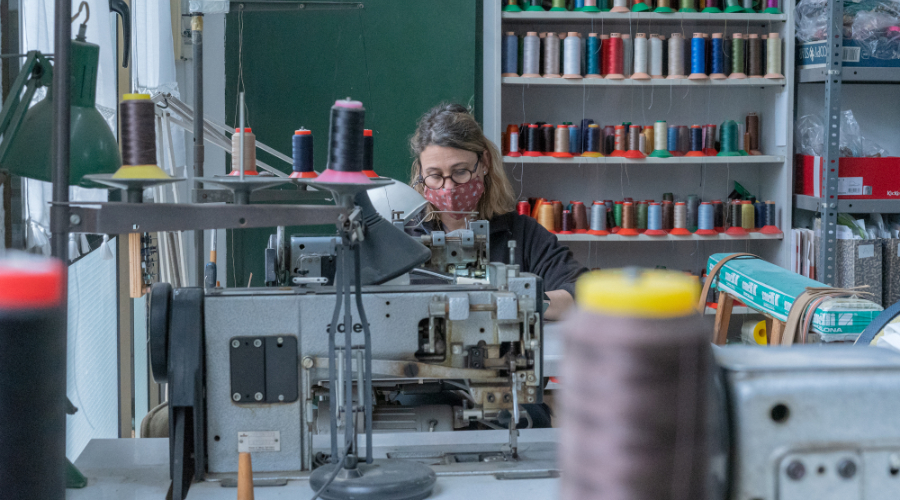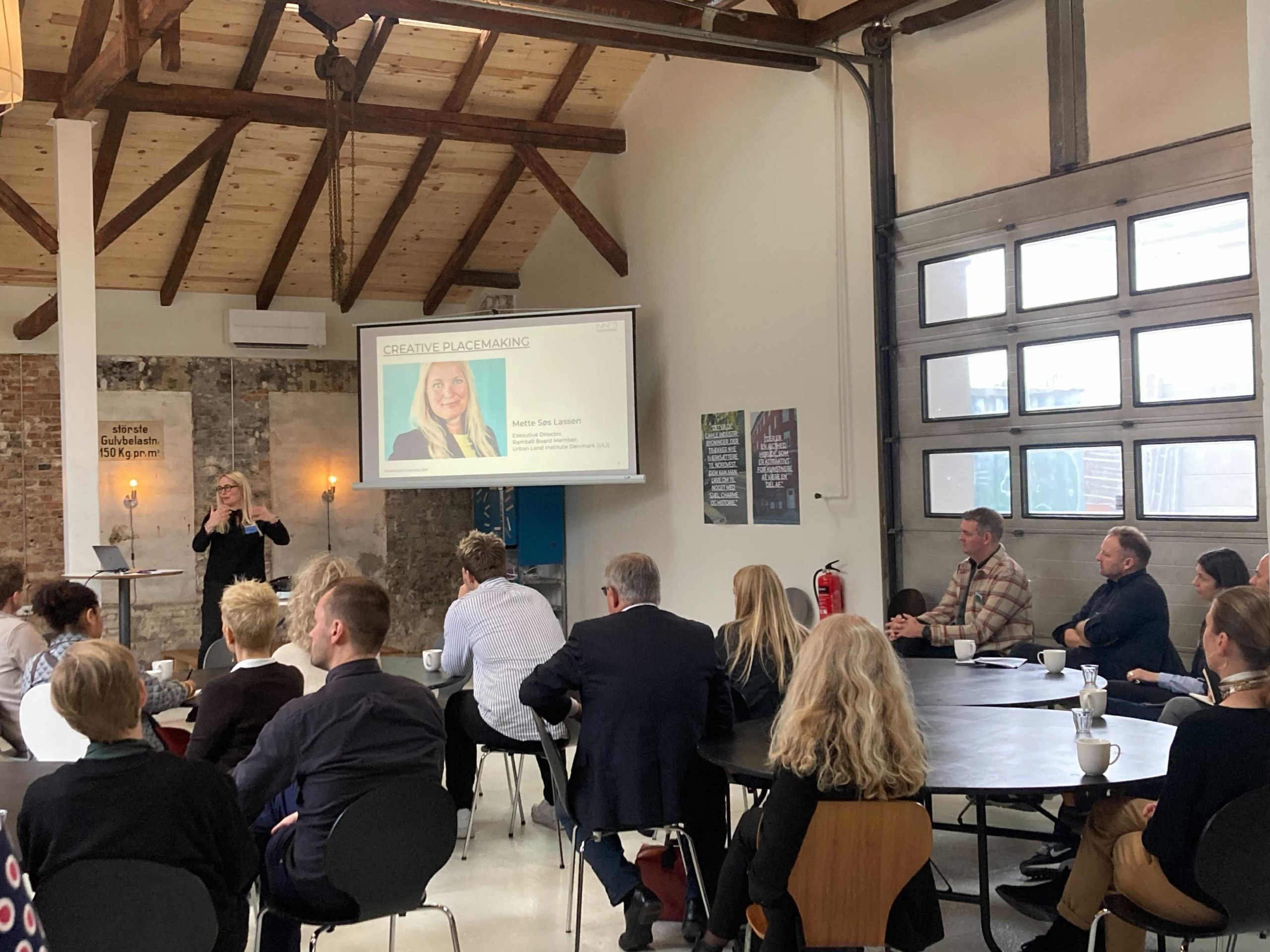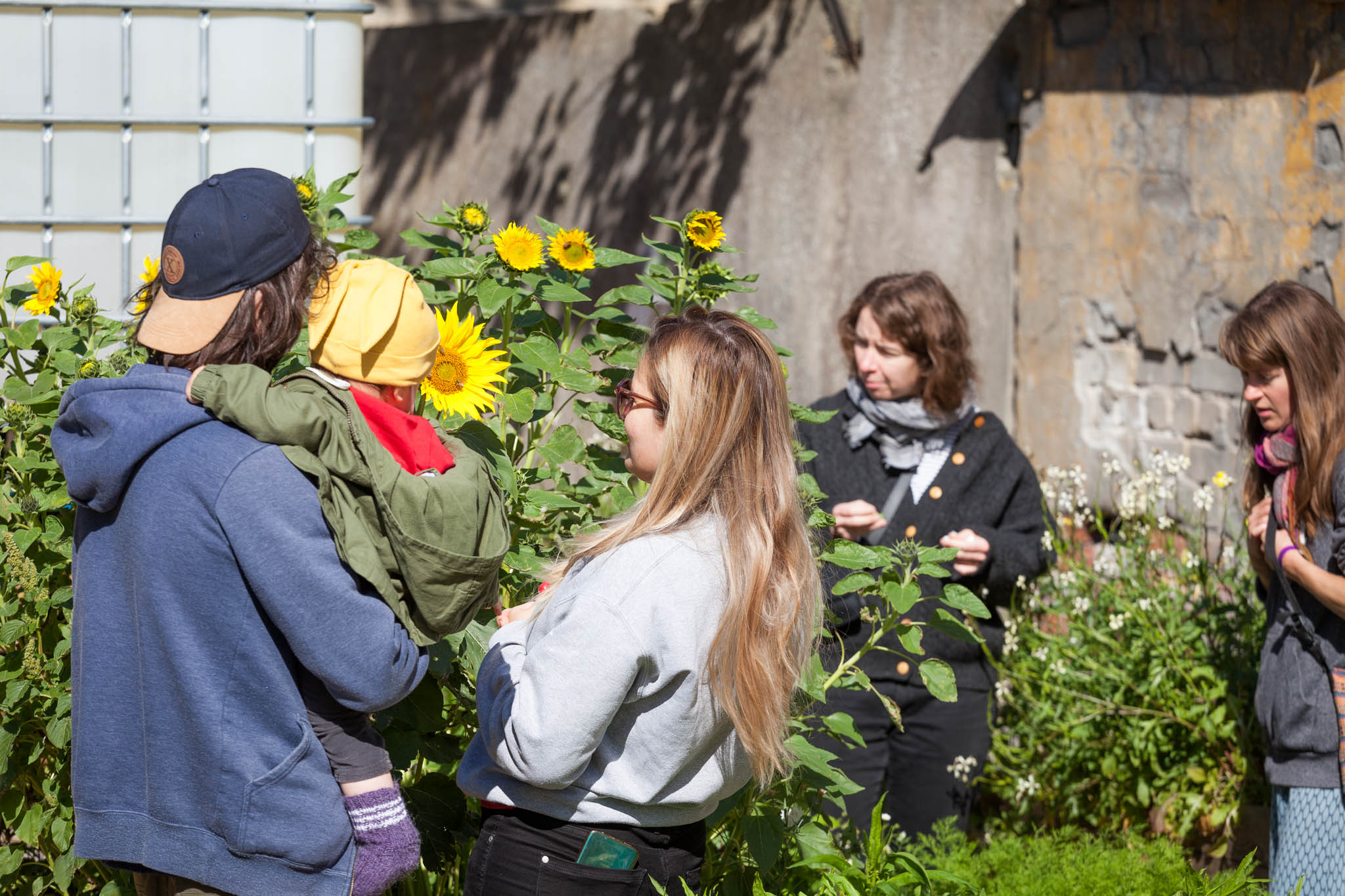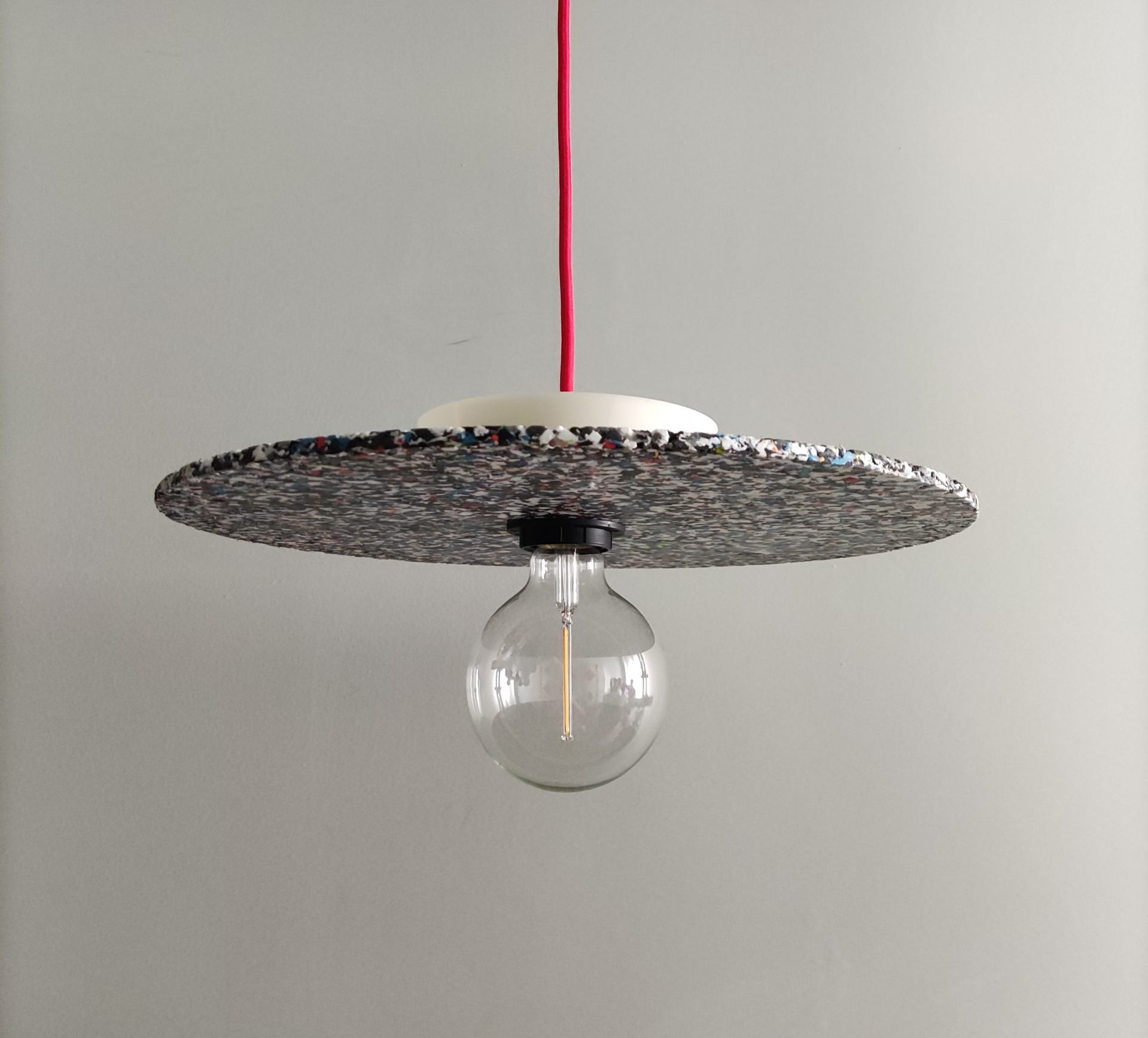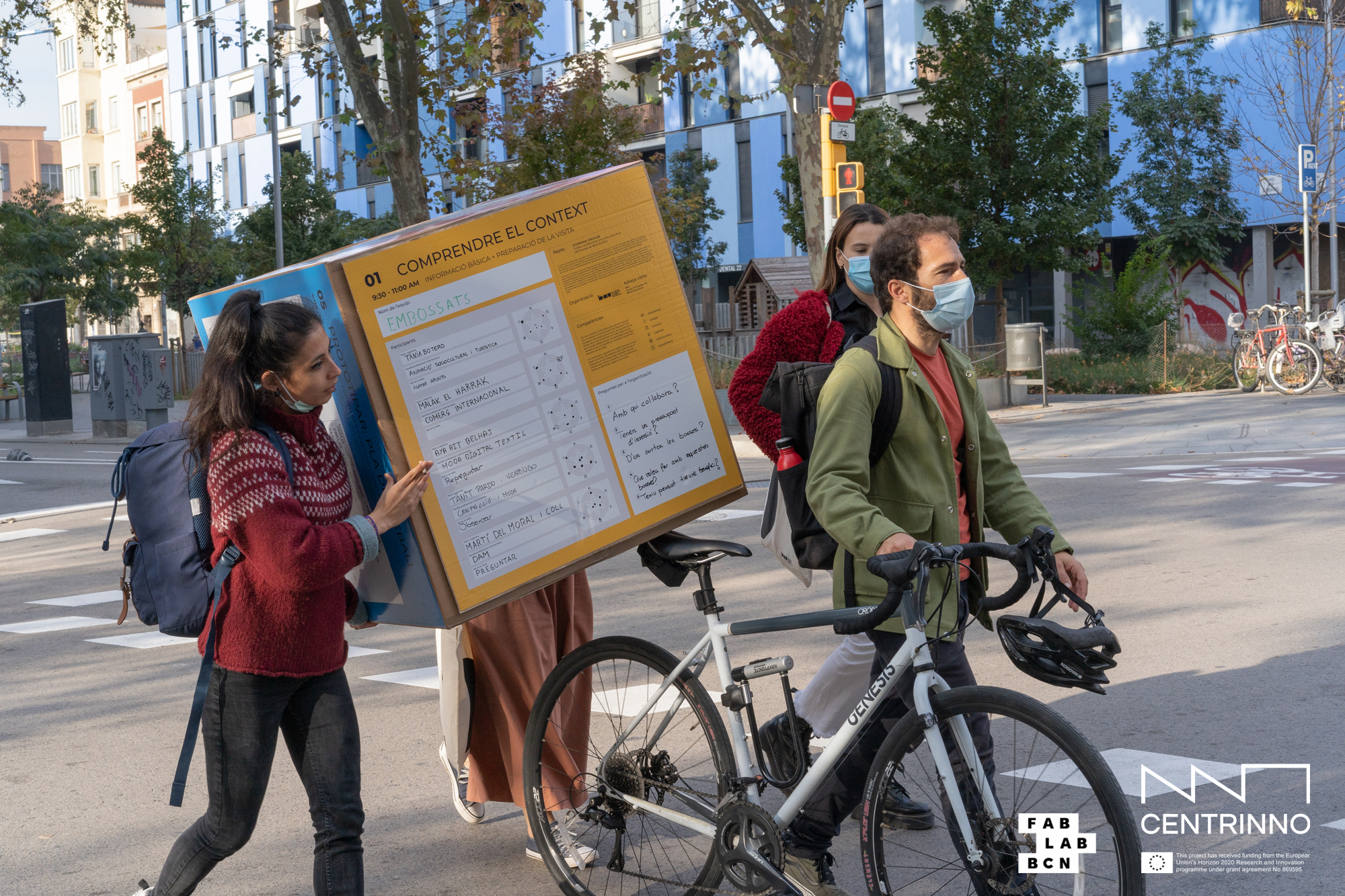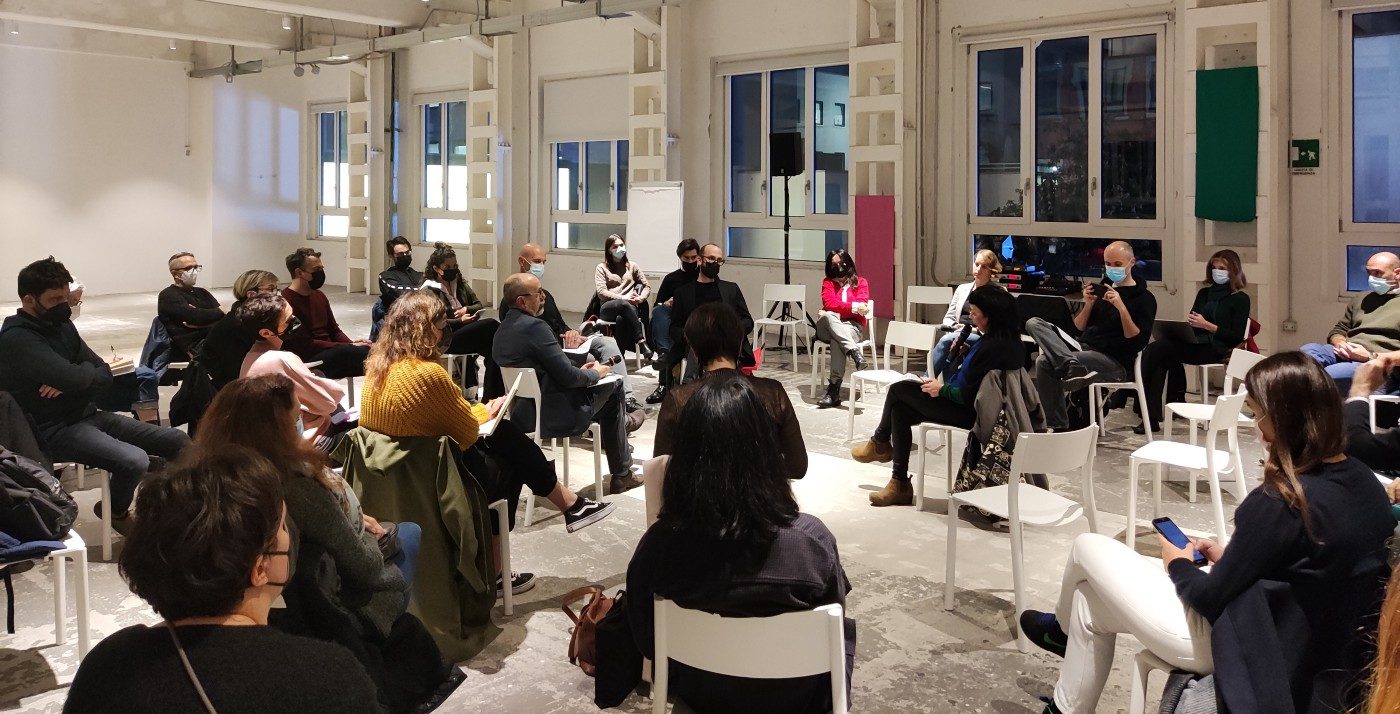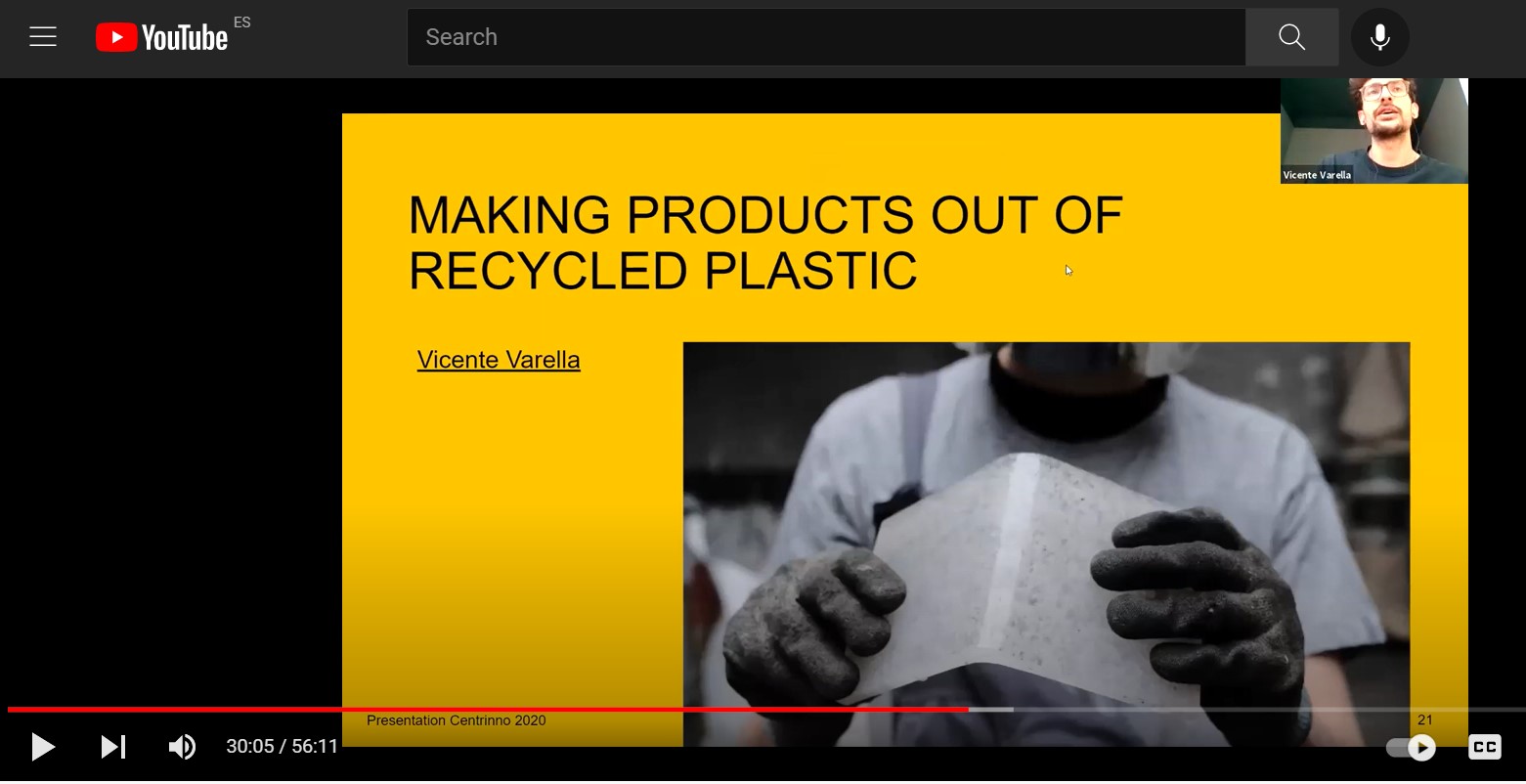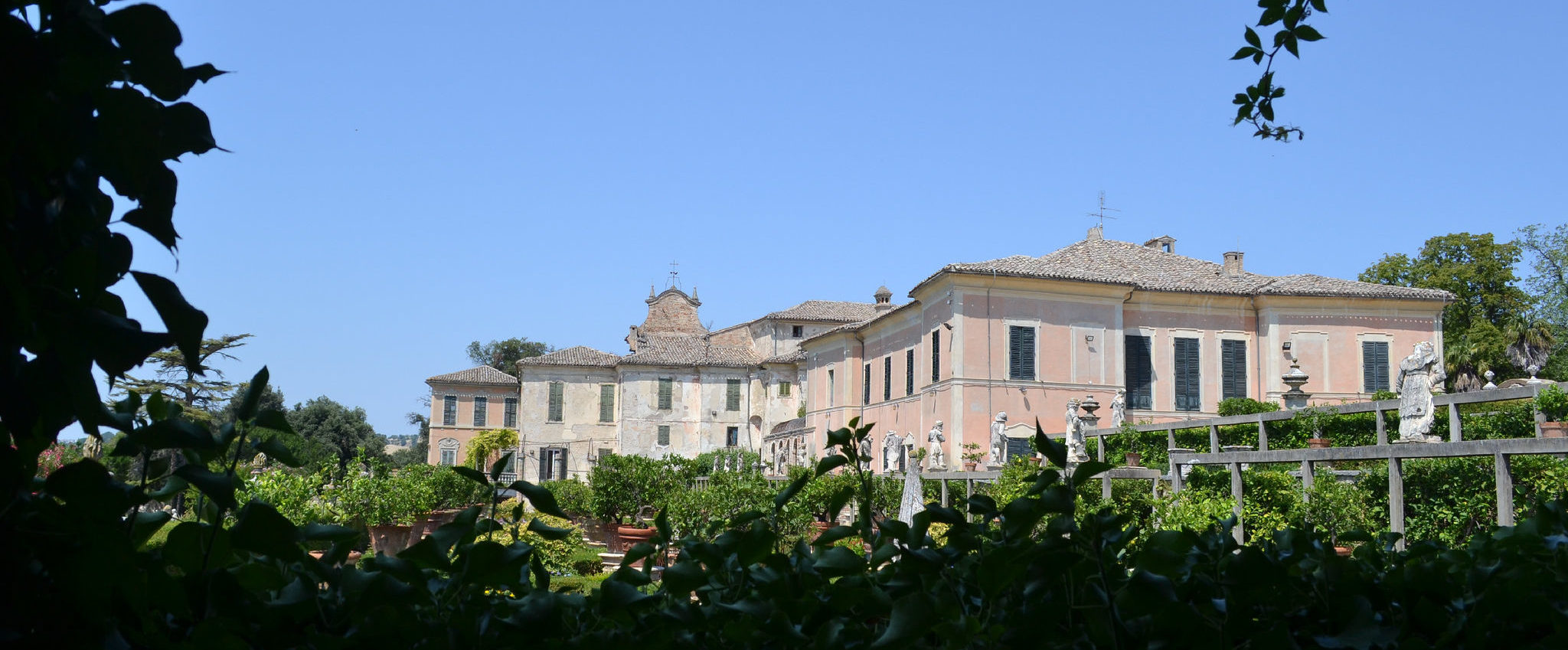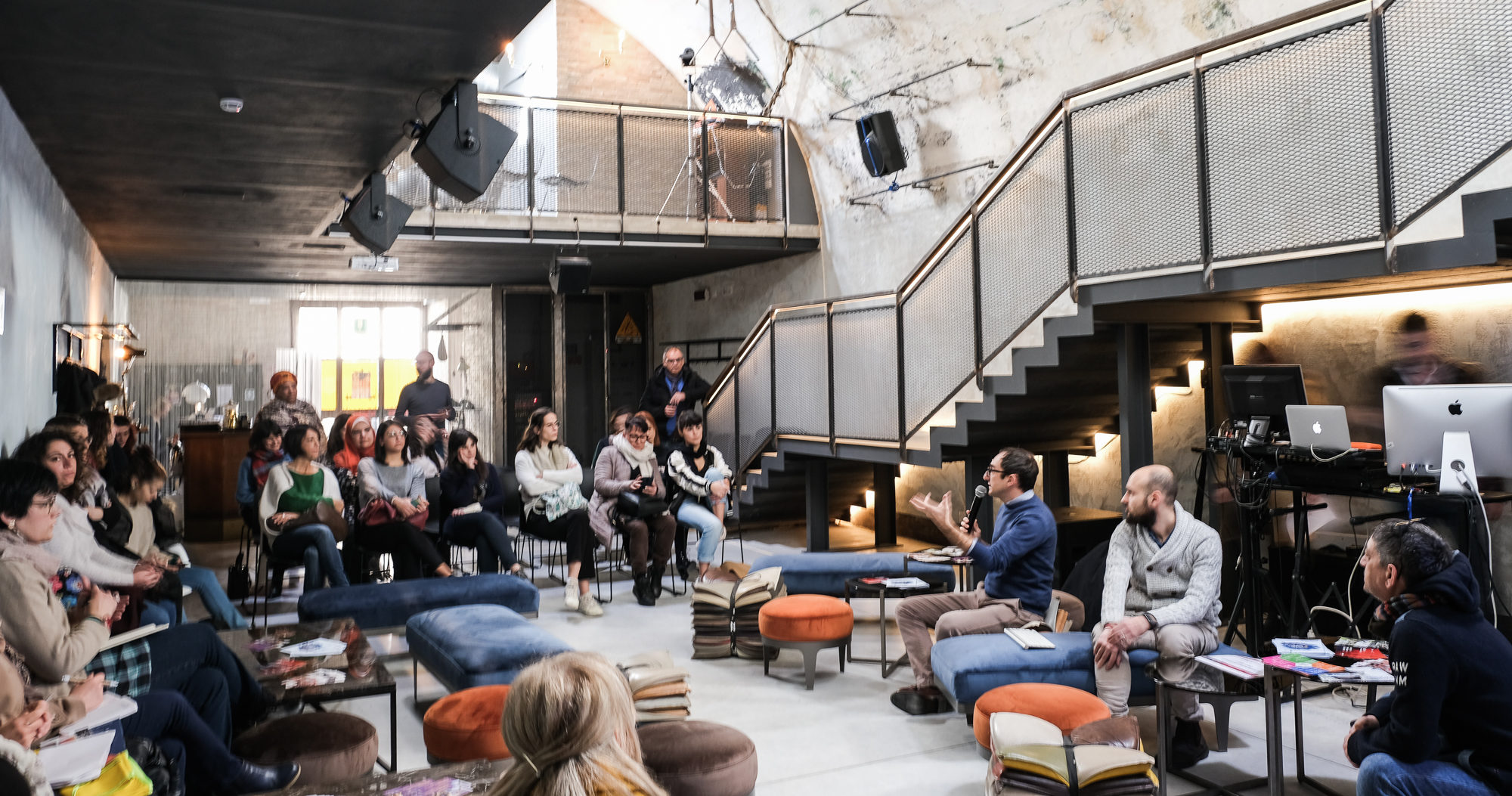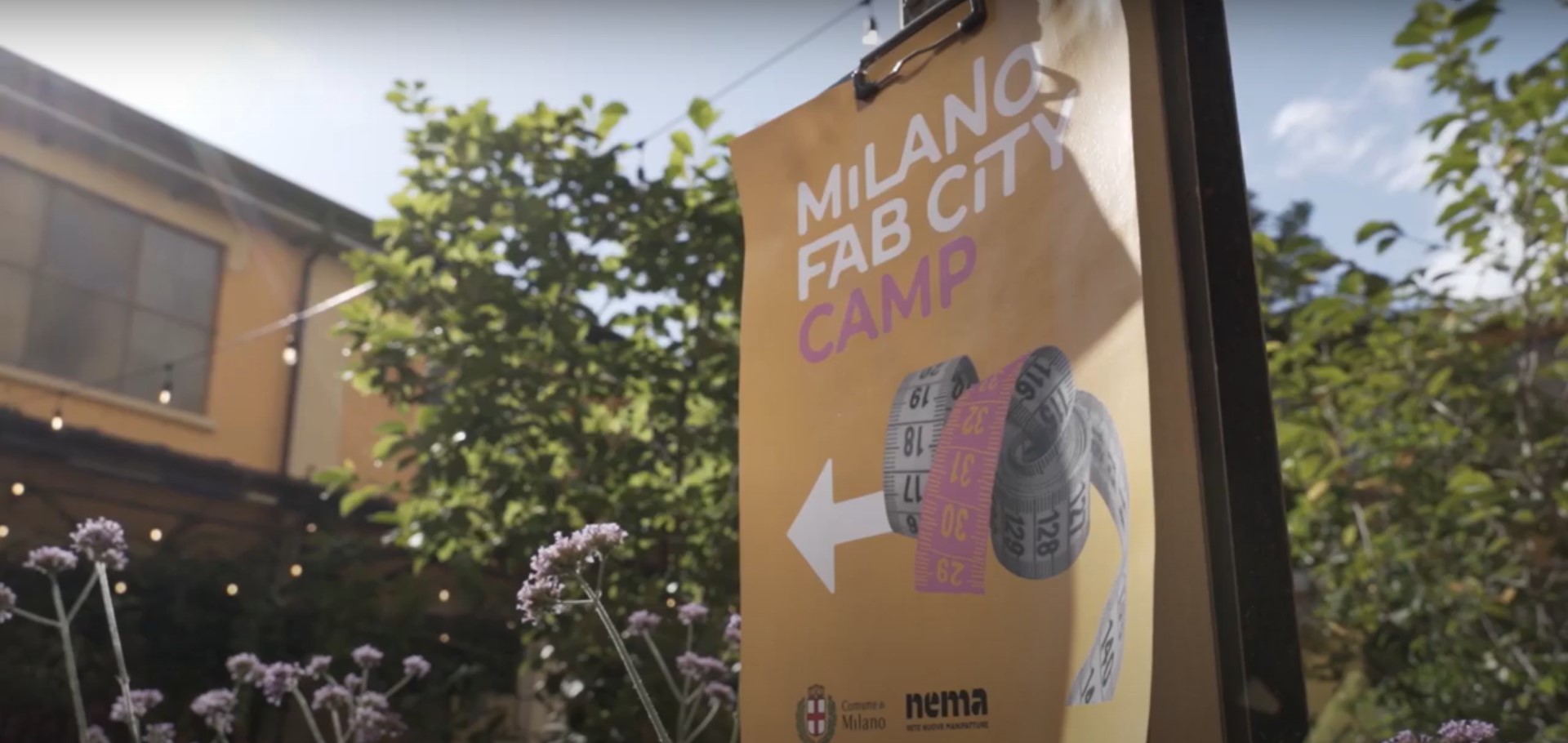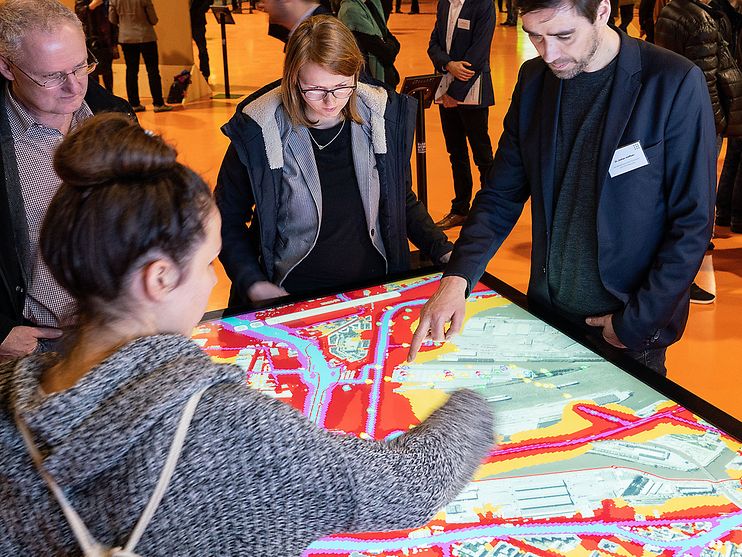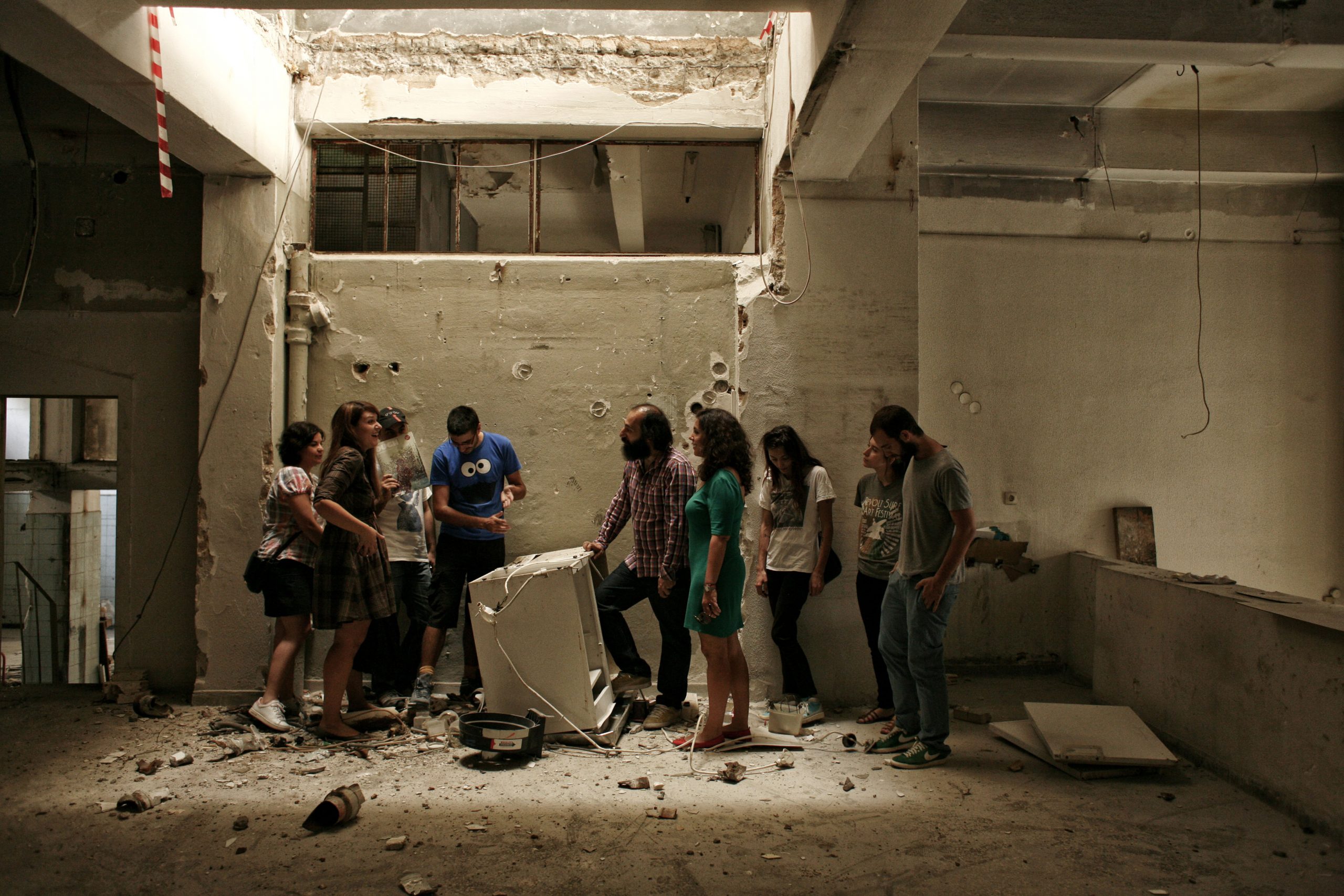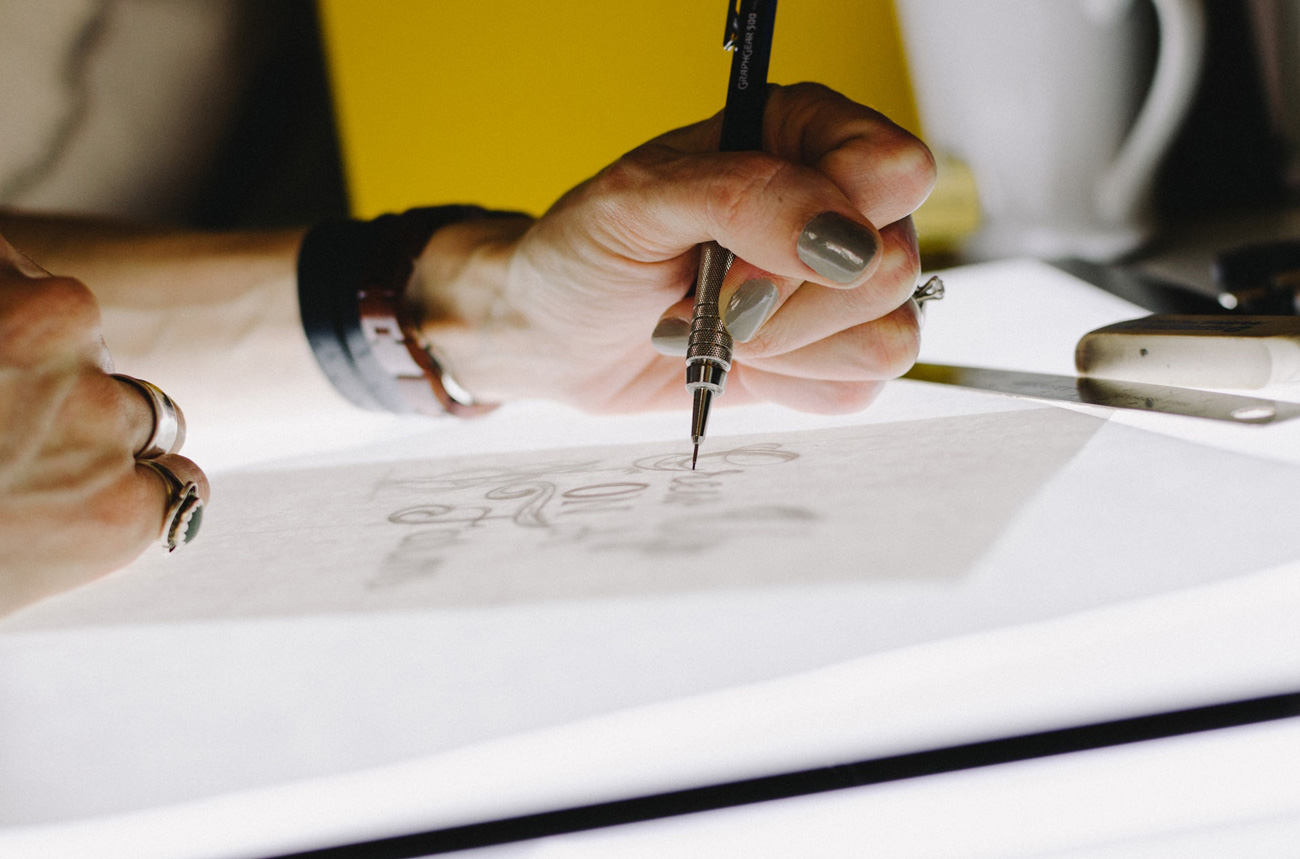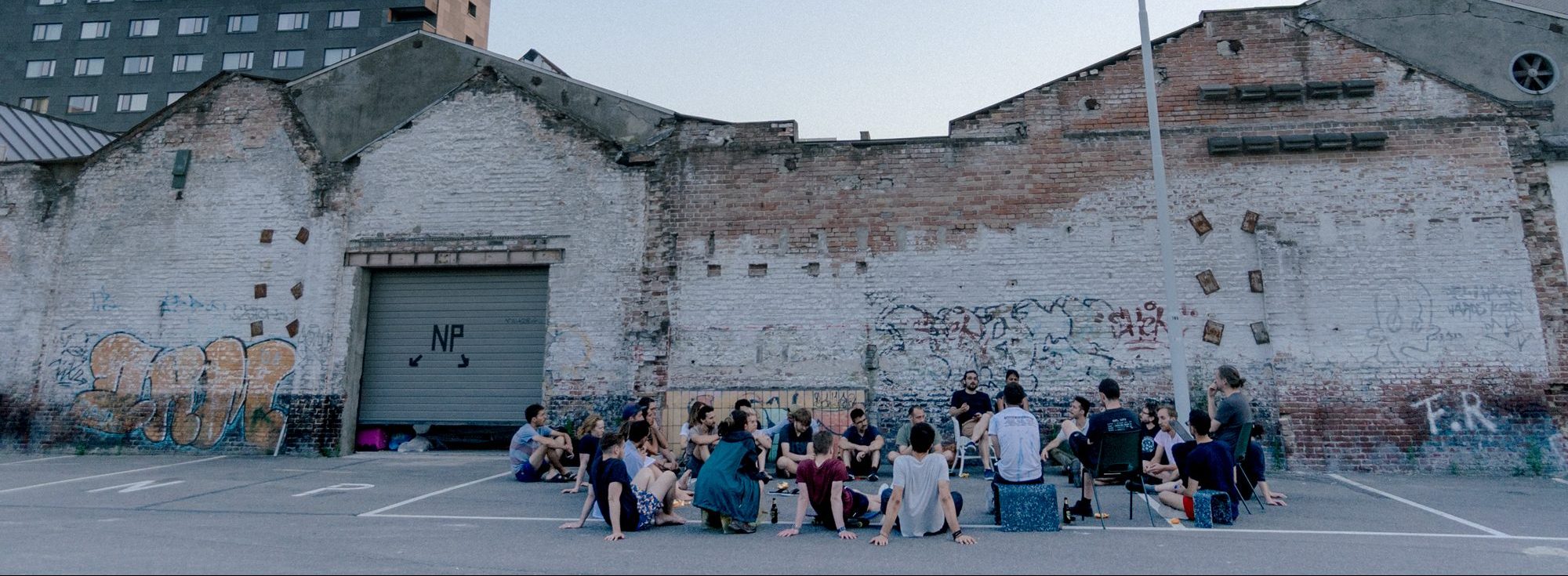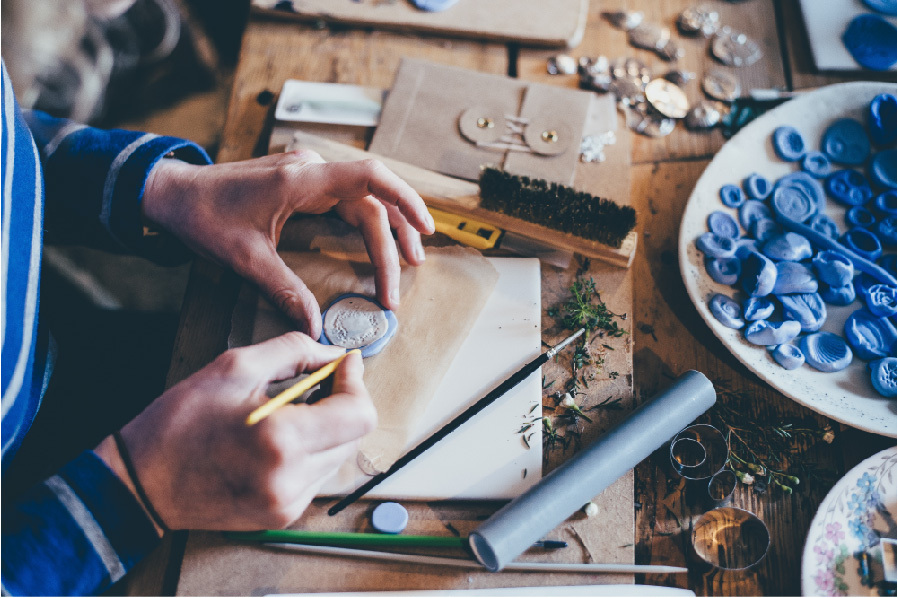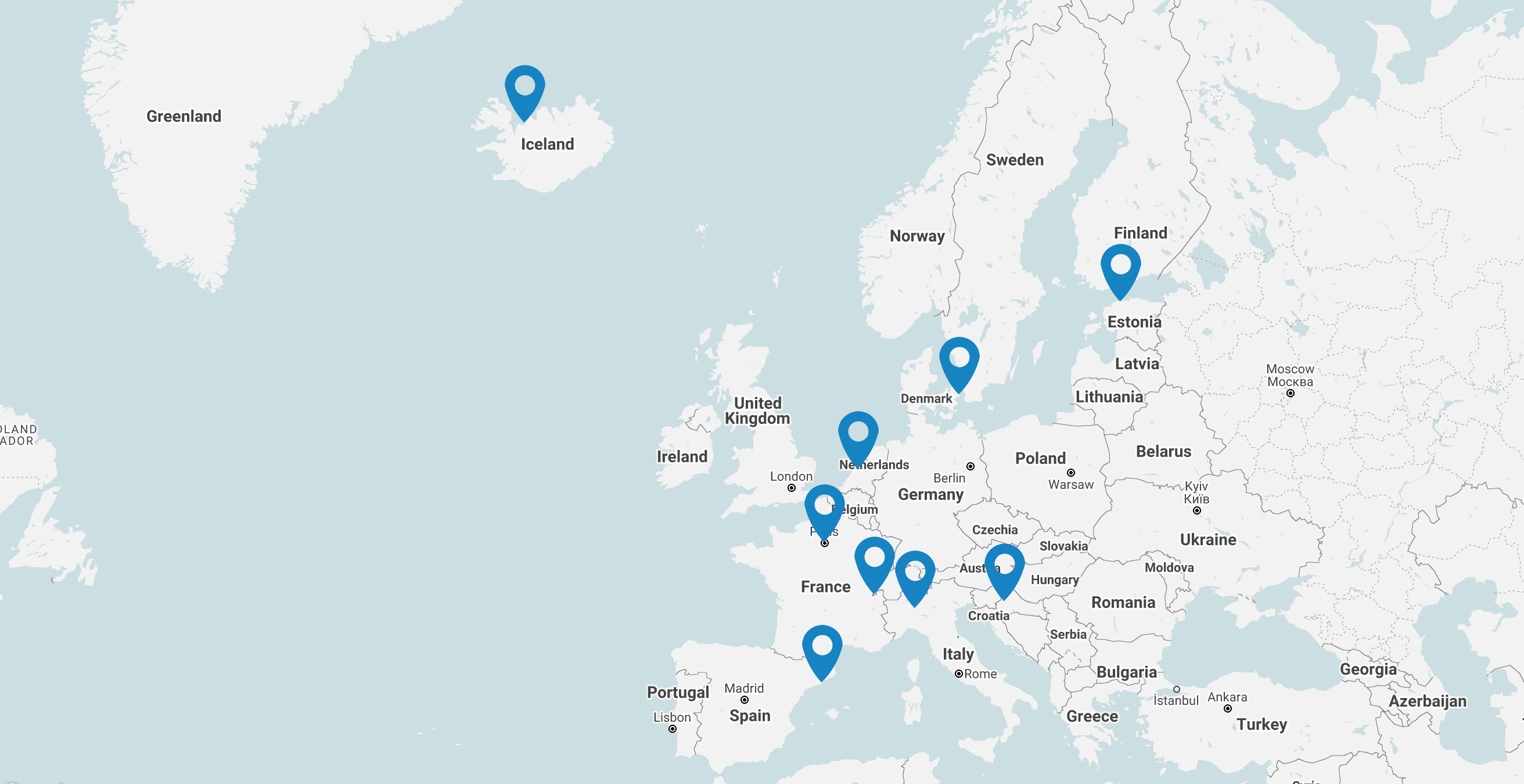BLOG
Lottozero: revamping traditional skills
Lottozero: revamping traditional skills
Lottozero: a creative hub but also a consultancy center for revamping traditional skills
After Fab Lab Barcelona (read all about it here!), the second case study presented in this online journal about Creative and Productive Hubs is Lottozero, identified as one of the many declinations that we can encounter in the broad panorama of such hubs.
On April 8th, we had the pleasure to host Tessa Moroder, one of the two co-founders, in a rich conversation for the second session of our webinar series called Fab City Hub Voices.
What is the hub about and why it matters
Lottozero is an international center for textile design, art and culture located in the small city of Prato, in central Italy. It operates both as a consultancy center and as a creative hub, organised into a gallery and exhibition area, a shared studio space (coworking) and an open Fab Lab for textile production, experimentation and research.
These multiple spatial facilities target specifically an international audience of creative designers of the fashion and textile industry and Lottozero responds to their need for space, their demand for interaction and networking with other creators and also their need to access specific information and expertise, which is difficult to be gained through online resources.
Strongly rooted in a major industrial district dedicated to fashion, Lottozero is an interesting example of how a specialized hub (in the textile and fashion industry) can create its own local and global ecosystems and function as an interface between the local traditional context and the international one, more open and innovative.
The hub is an interesting and unique example among the reviewed hubs of how the value of the hub resides in bridging together 3 different dimensions:
- The hub, by providing a physical space for experimentation and prototyping.
- Being embedded in an historical textile district with unique expertise and capacity of production.
- A widespread and reliable network of excellent creative collaborators all over the world.
This capacity of connecting those different dimensions creates a unique knowledge and expertise for Lottozero, which reflect into a diversified business model, in which 70% of the revenues are based on consultancy and educational activities.
Being a hub based in a physical space, its business model could be confused with a real-estate operation. However, Lottozero is a key example of how a bigger and more consistent value can be found in knowledge and expertise that are developed through the use of a physical space.
Lottozero and Heritage
The hub is located in the Macrolottozero area of Prato, Italy. Prato is one of the most important industrial districts in Italy, with more than 8.000 companies operating in the textiles and fashion industry. Macrolottozero was heavily industrialized after World War II, but following one of the general trends that are tackled in CENTRINNO, most of the companies moved to a more accessible industrial area on the outskirts of the city, leaving a deep cultural vacancy and a variety of abandoned spaces and factories. Lottozero’s headquarter is based in what used to be a warehouse for wholesale.
The founding principle of Lottozero lies in understanding the hub as a spatial link between this context – made of tradition and expertise – and an international community of creatives bringing in an open and contemporary approach, with new inputs and perspectives, enriching traditional local practices. In that regard, the hub’s activities strongly protect and renew the historical and industrial heritage of the site.
Lottozero’s founders claim to see the textile district as a sort of diffused laboratory, expanding the opportunities, knowledge and facilities of the hub. The hub operates then to create new partnerships, new working relationships, synergies and cross-pollination between players that would not otherwise interact with each other and would not know how to communicate (often quite literally!)
Lottozero and innovation
One of Lottozero’s most remarkable features is its support for the development of emerging talents and brands by facilitating the exchange between them and the traditional companies of Prato’s district. In order to achieve such objective, Lottozero has a residency and exhibition program that allows young designers to live in a dedicated apartment within the hub, while working with the facilities and the community of the hub.
Through these residencies, national and international designers and artists are directly connected to local manufacturers having the technical know-how to produce their creations. On the other side, traditional textile companies of the district are exposed to new approaches, technologies and cultures. This cross-pollination leads to the creation of new multidisciplinary projects and creates new forms of knowledge and expertise.
This innovative character of the hub, strongly connected with the heritage and the culture of the site, is often highlighted as best practice by the local administration. However, the hub has not yet achieved to work with the local authorities on a common agenda.
Creative hub as a consultancy center and Design Service Agency
Since the beginning, Lottozero has been designed not only as a space for experimentation but also to operate as an agency for design services for large and small companies. Tessa reports that over the years their consultancy services grew thanks to the knowledge ecosystem the hub has catalysed .
Collaborations with educational institutions
Lottozero, has been collaborating for a long time with several universities, especially in Italy. Particularly interesting is the collaboration that the hub has recently developed with the Academy of Fine Arts in Siracusa (Sicily). Tessa reports that “in Italy these institutions are often very reluctant to open up to the outside world“.
Instead, the Siracusa Academy assumes a very visionary and innovative attitude, by designing the academic curriculum with professional designers and artists and by supporting collaborations and experiences outside the academic institution. In fact the Academy decided to bring students in the field collaborating with the hub and the local textile ecosystem to directly experience the opportunities generated by these interactions.
Lottozero and the pandemic
Tessa reports that during the pandemic, Lottozero’s communities were able to rely heavily on online communication. Even without a fully conscious and structured work, Lottozero successfully created an online presence that now facilitates their relationships with the community that has federated around the physical space. This complicated situation , according to Tessa, allowed the hub to broaden its spectrum of action and the relationships beyond their previous networks.
The Funding Challenge
As we have found in many other cases, one of the most important challenges in starting such a project is the possibility of accessing funding. The founders were expecting more financial support from local public entities, which came only for cultural activities and not for structural expenses.
The role of this type of hub is certainly to help young designers and small brands to have access to an ecosystem for experimentation and innovation. However, these actors are precisely those who have the least financial resources. During the webinar, Tessa reiterates that she considers herself very lucky, since they already owned the space and were able to count on family support to finance the work of setting up the laboratory. She also acknowledges that Lottozero’s experimental approach is made possible thanks to the commitment of volunteer workers from the team.
Highlighted initiative: Circular Wool
Circular Wool is an on-going (2017-2021) research project led by Lottozero in collaboration with the technology consultancy R.S. Ricerca e Servizi.
The project aims to transform a waste material, wool from local dairy sheep farms, which is disposed of at high environmental and economic costs, into a circular textile raw material.The wool is recovered and processed in the Prato textile district thus becomes a material for textile use to be applied in furnishing fabrics and interior products such as curtains, carpets and panels. The project operates through partnerships with host-brands and the design and production of circular and innovative products.
Circular Wool is based on the idea of adding value to a raw and depreciated material through incorporating high levels of design, boosting the marketing and storytelling of the final product, with values of circularity that can resonate with the end-users’ concerns for sustainability.
Some advice from founders
During the webinar, Tessa shared some tips for those willing to set up a textile experimentation hub. First of all, she insisted on the need to personally visit other existing labs in Europe and build upon their experiences, then deeply analyze the needs and opportunities of one’s own territory and its communities to meet real needs and connect with other local actors. She also suggests not to focus only on machinery and tools, but especially on Know-How.
Therefore, she suggests understanding which fabrication machines and tools are already present in the territory and which ones are really necessary and less present, and then making sure you can count on human resources that are skilled to use these machines in the territory.
This article have been written by Volumes and is composed by parts extracted from the official report “Creative and Productive Hubs Journal” that will be soon published and by insights and reflections that came out during the webinar Fab City Hub Voices with Tessa Moroder , Co-Founder and CEO of Lottozero Textile Lab.



